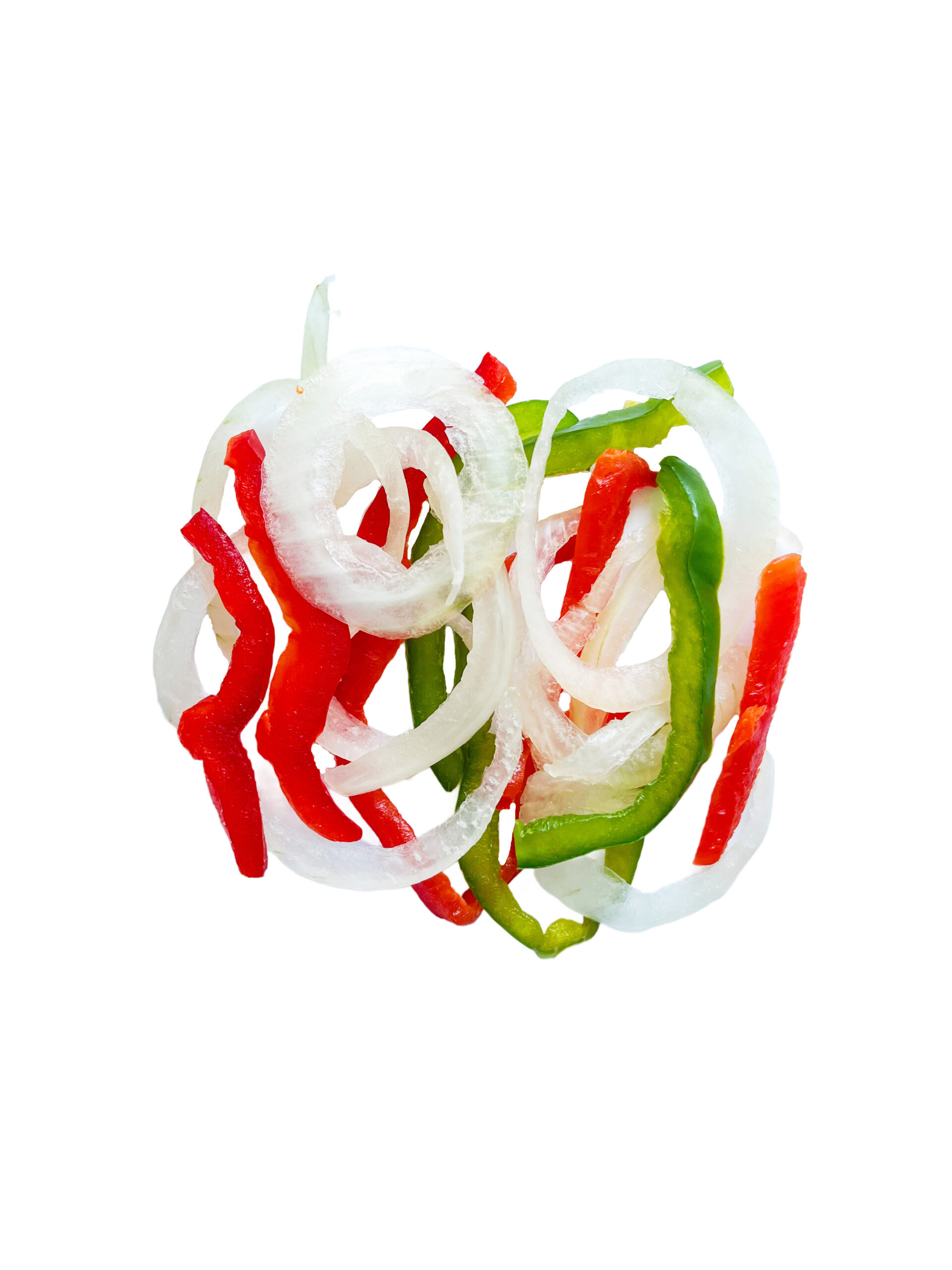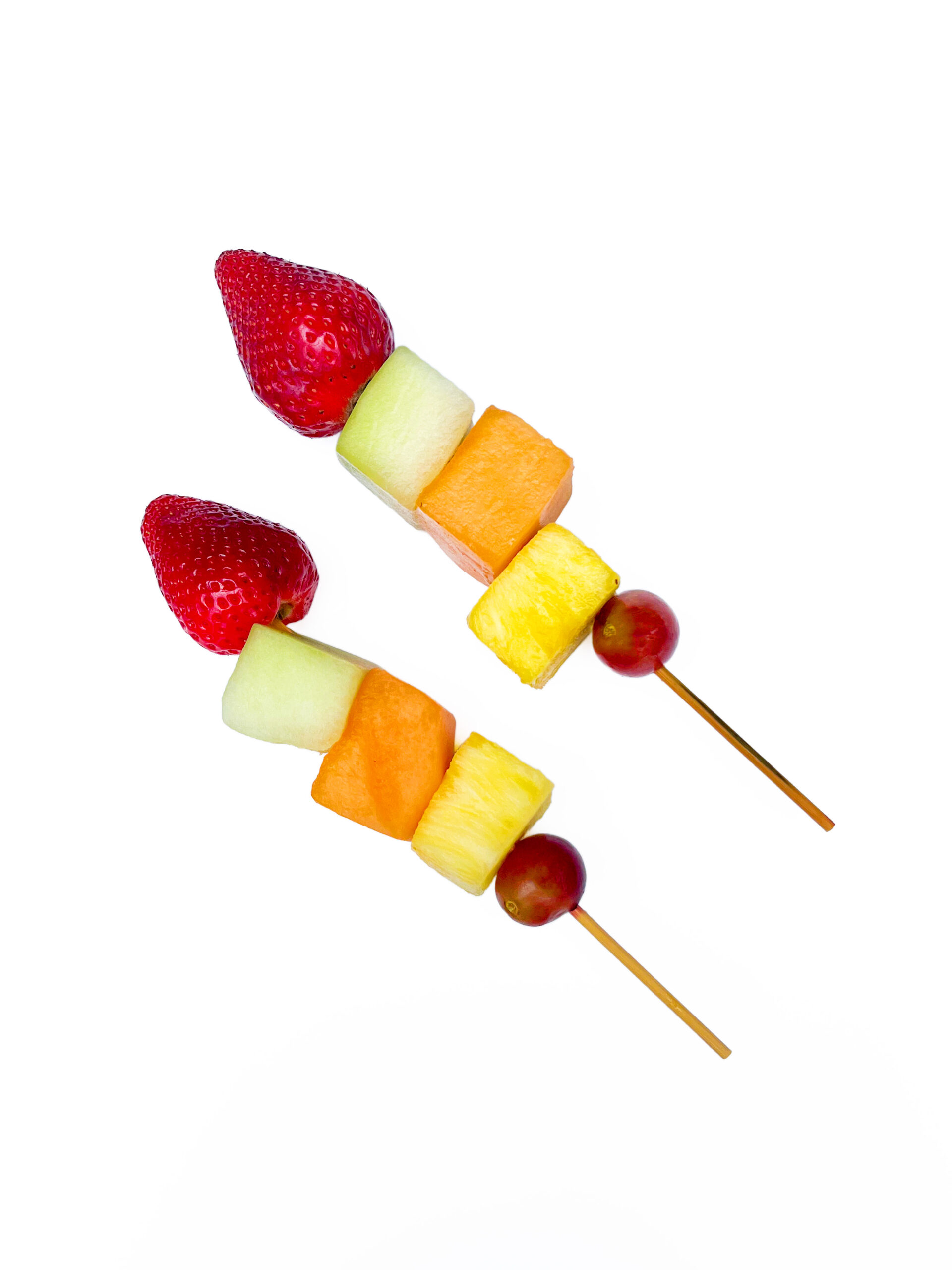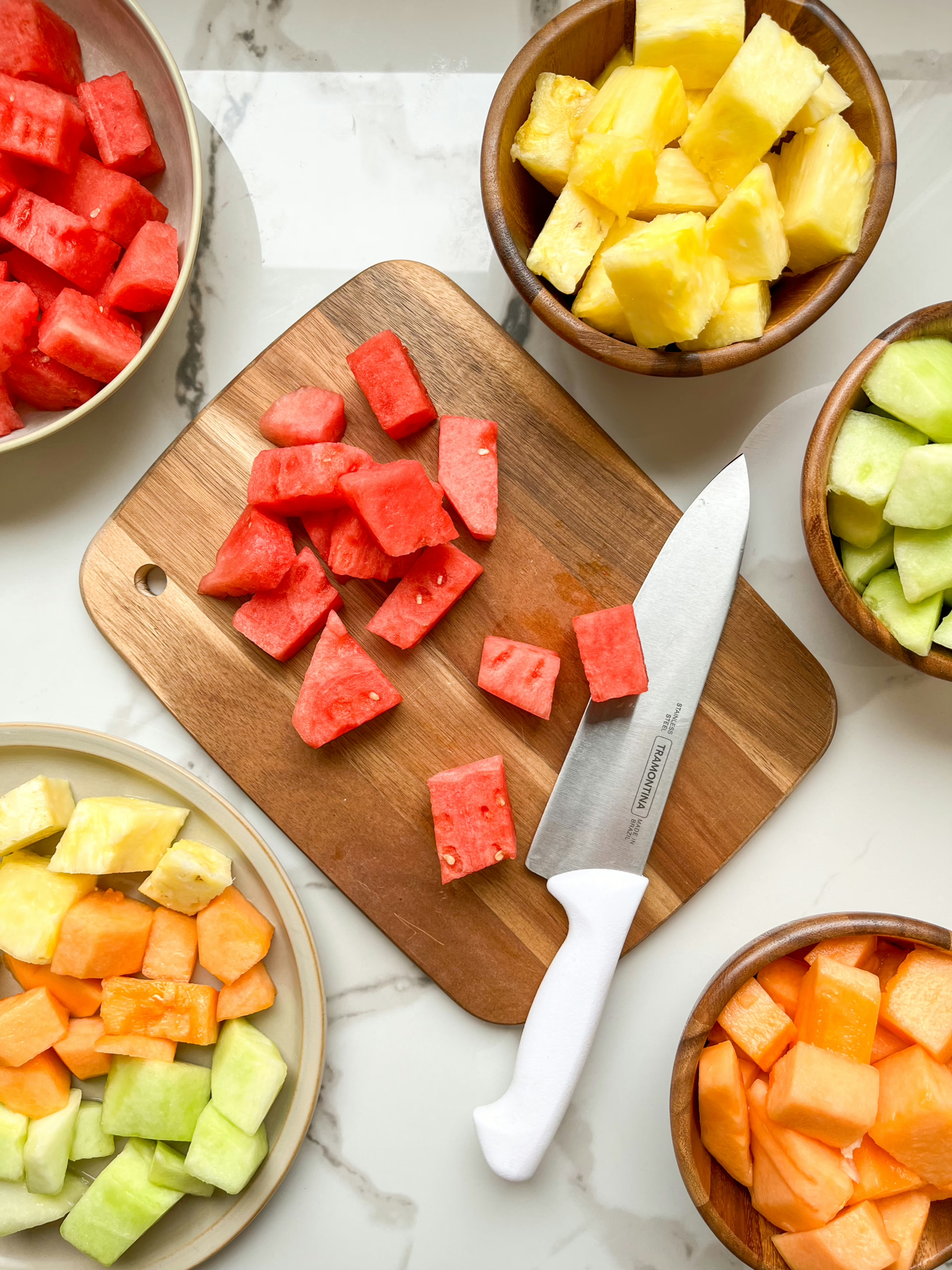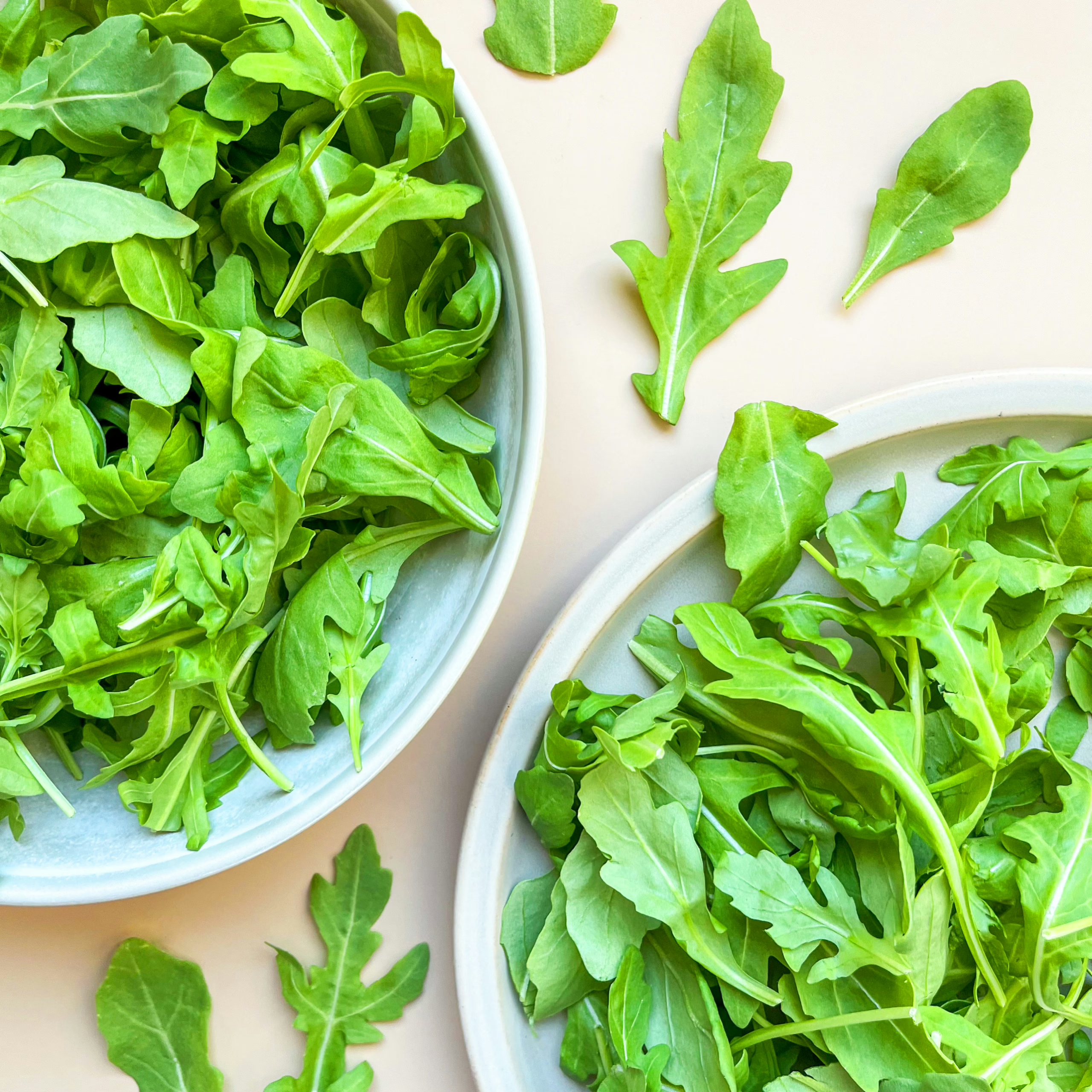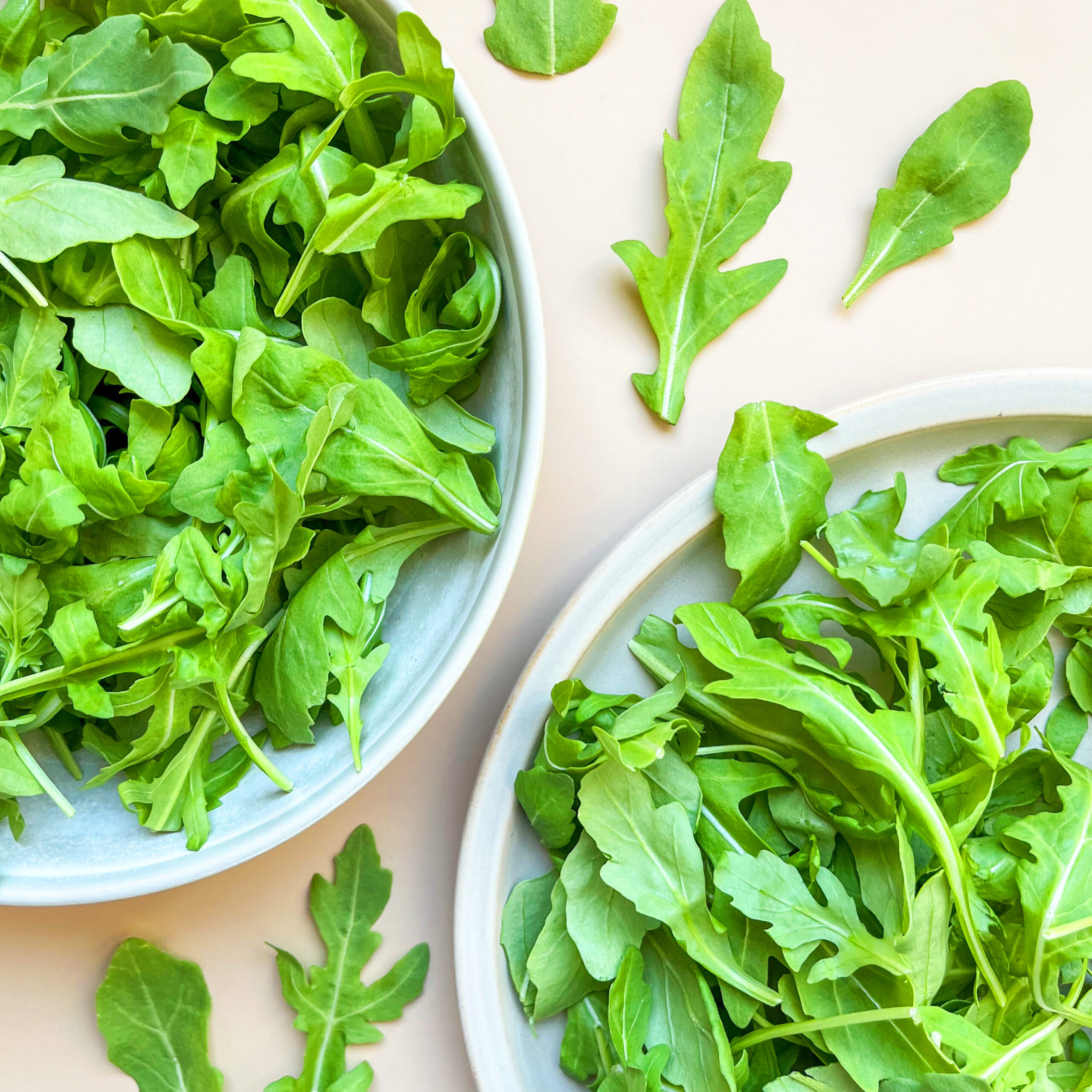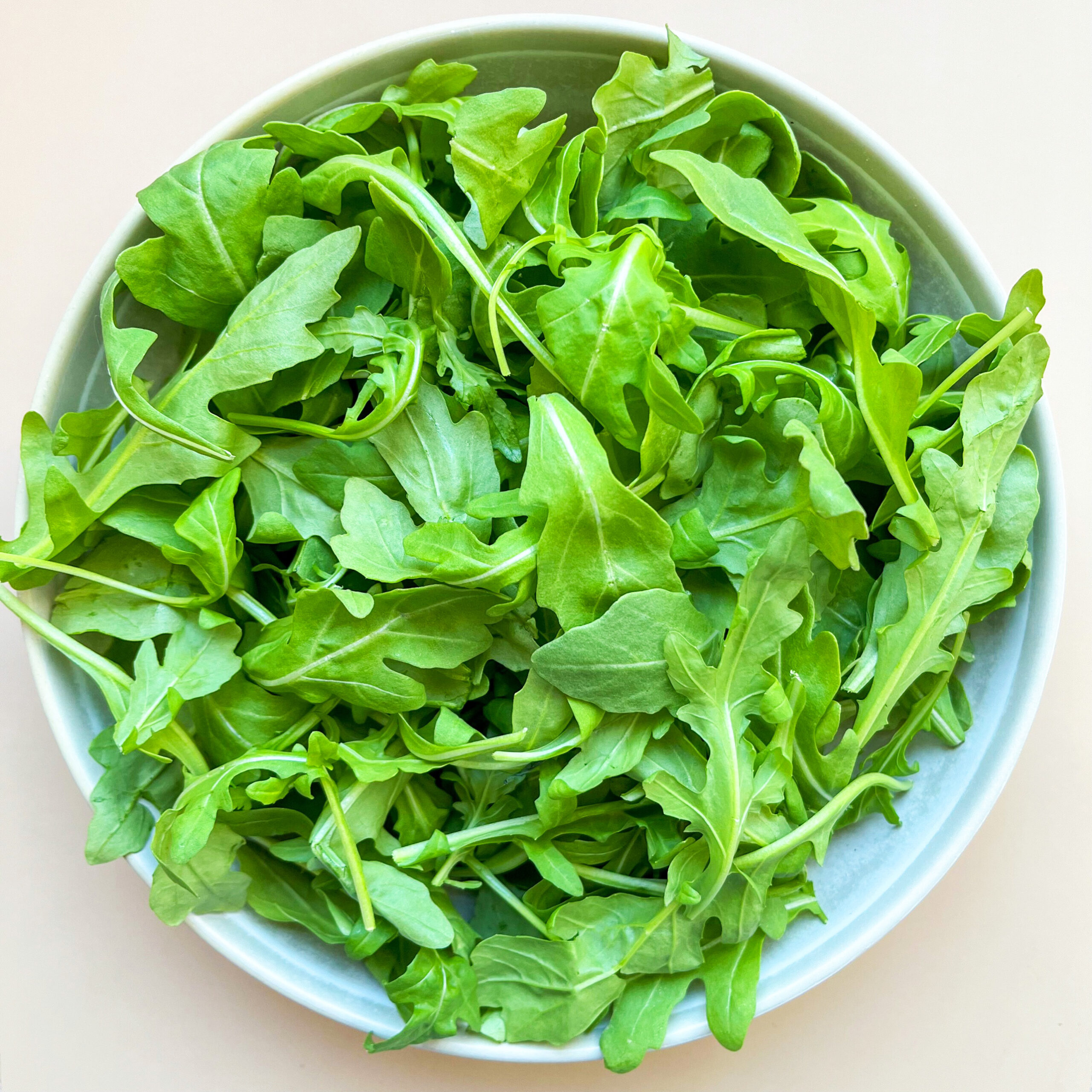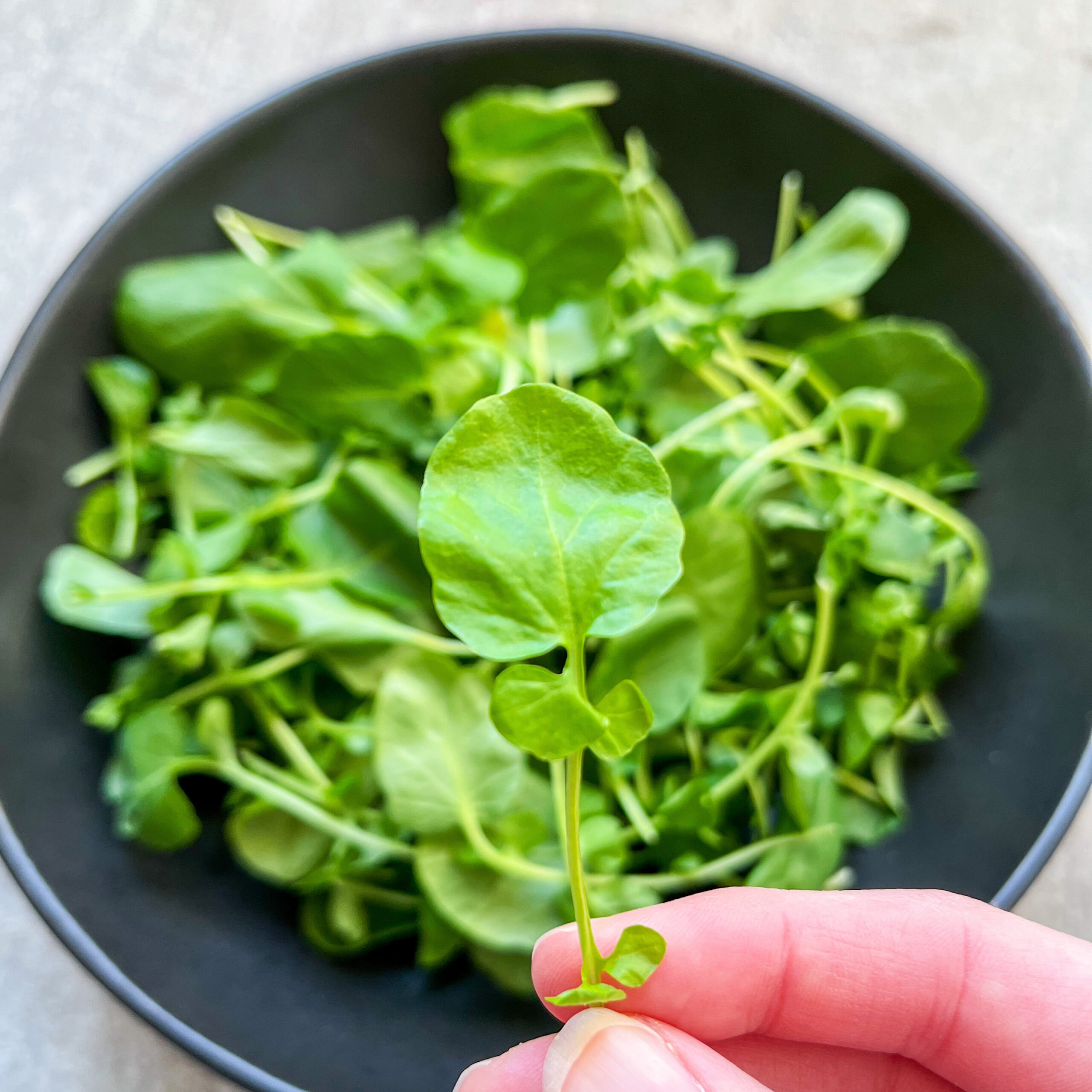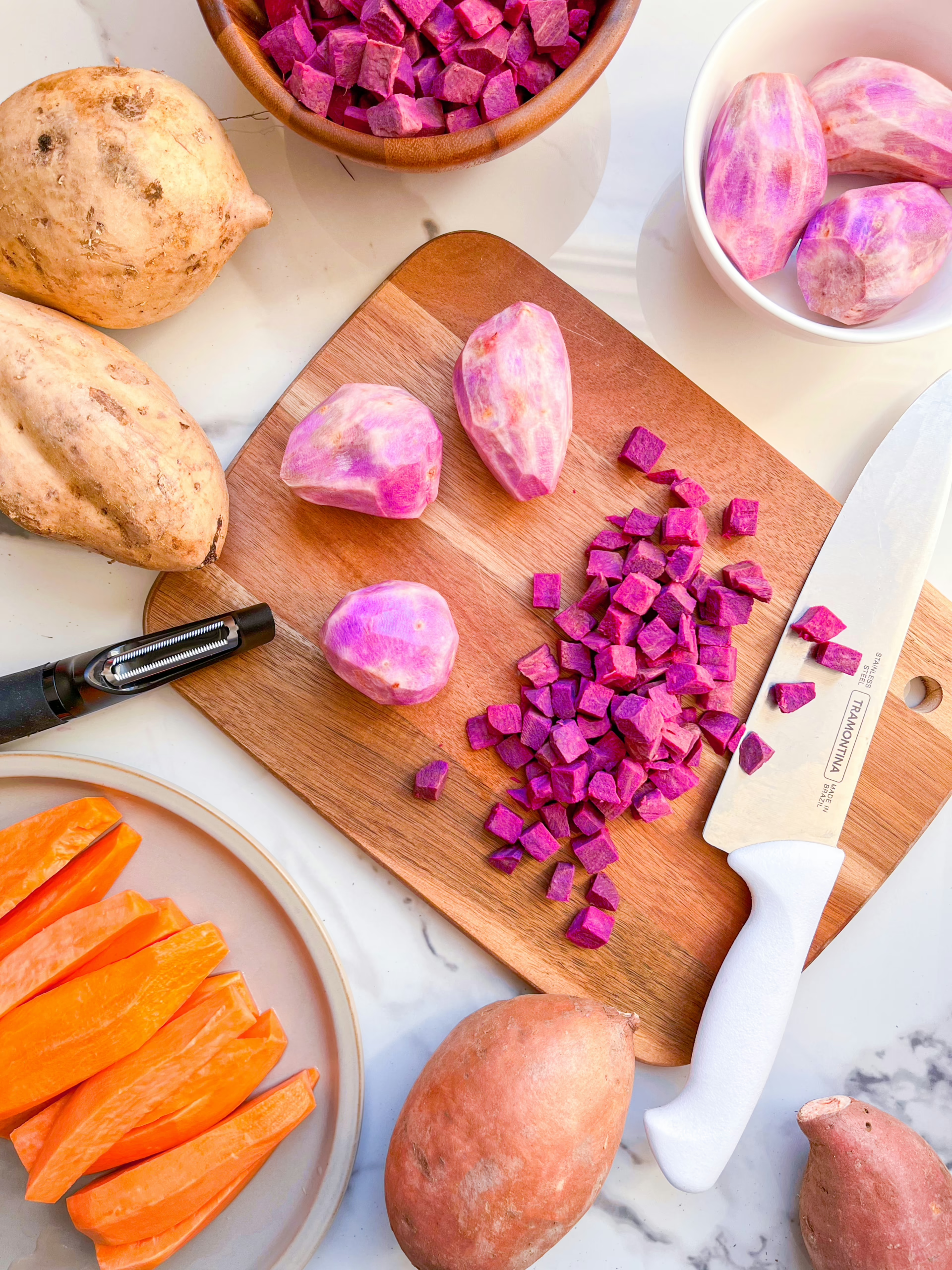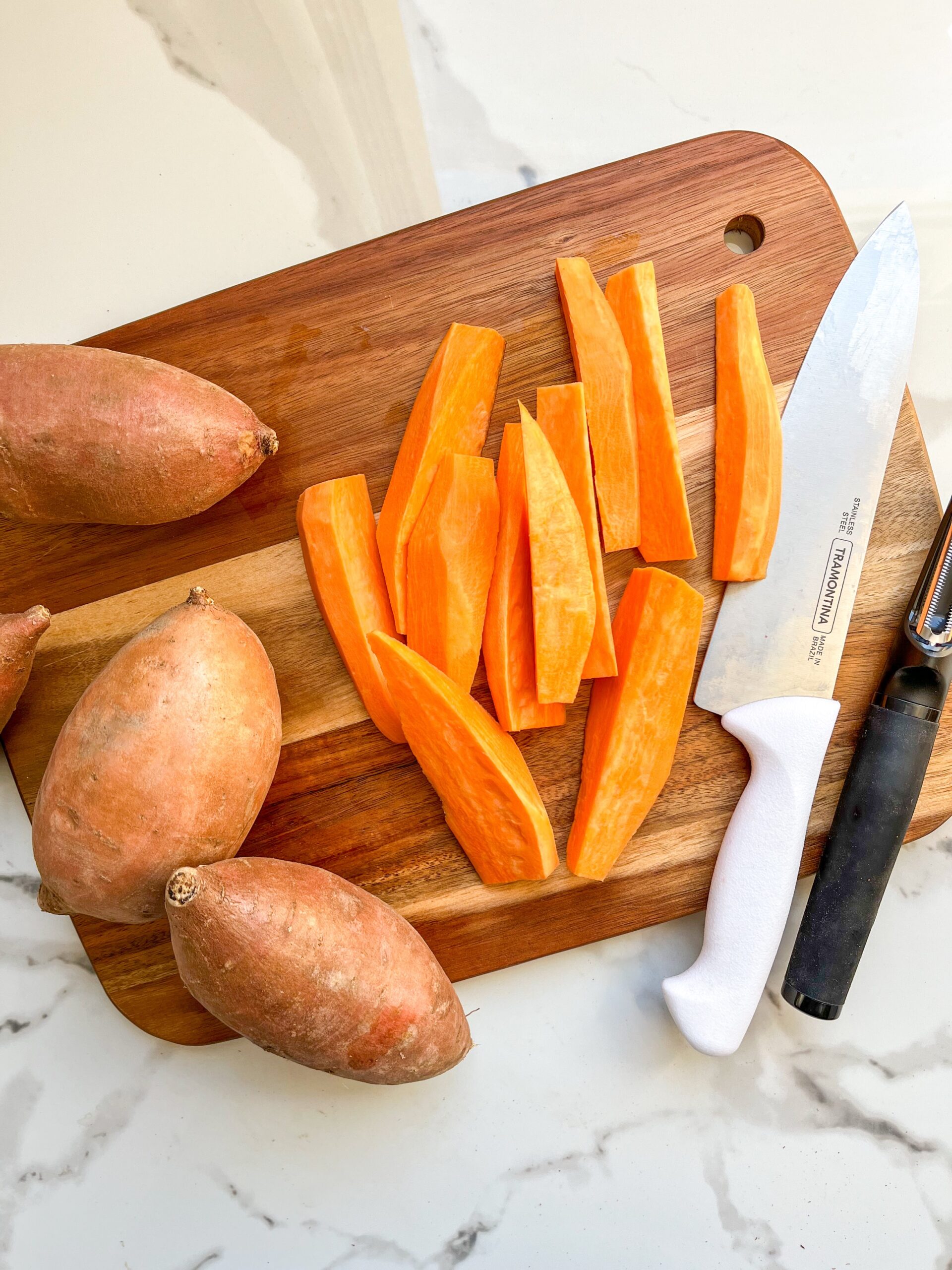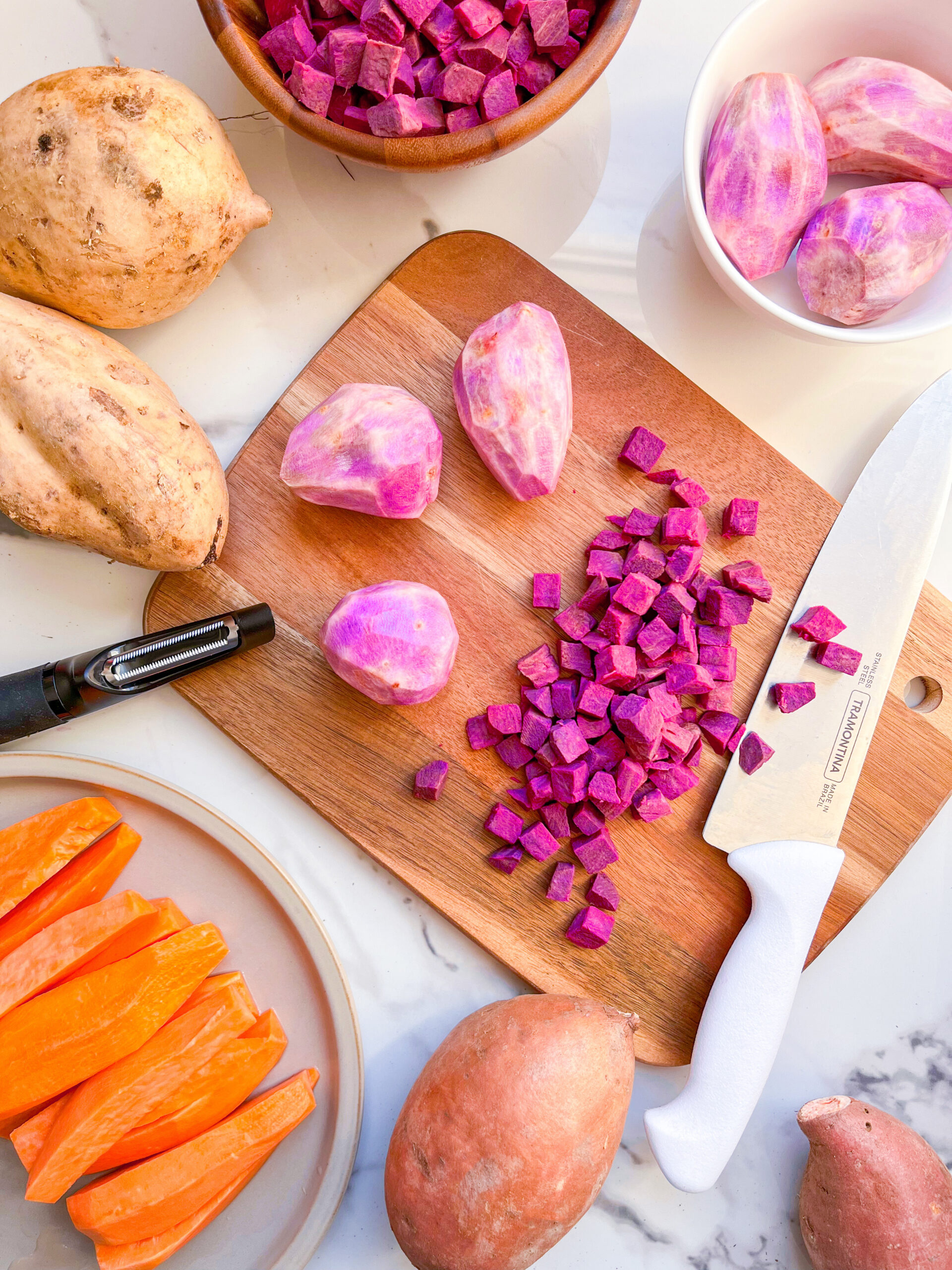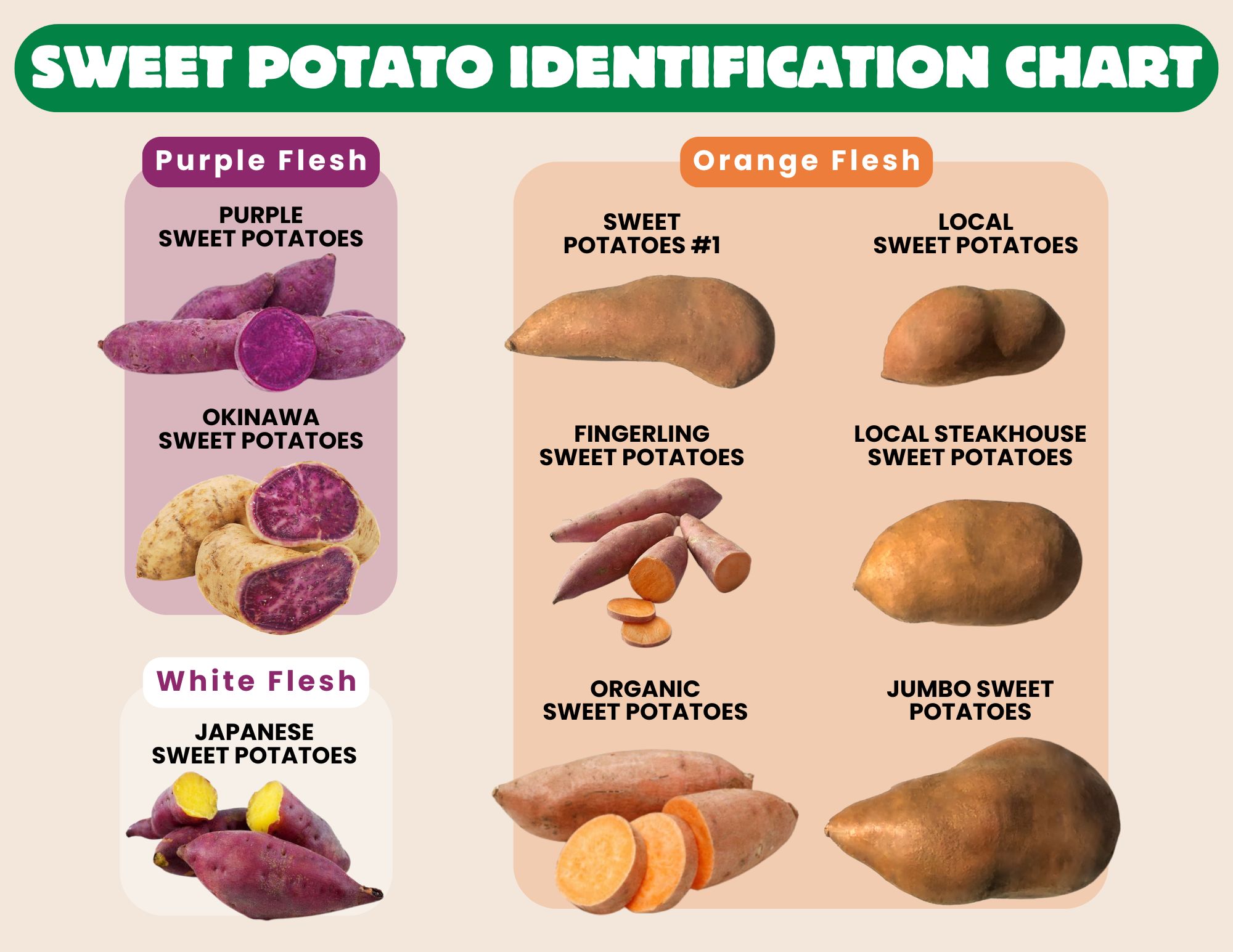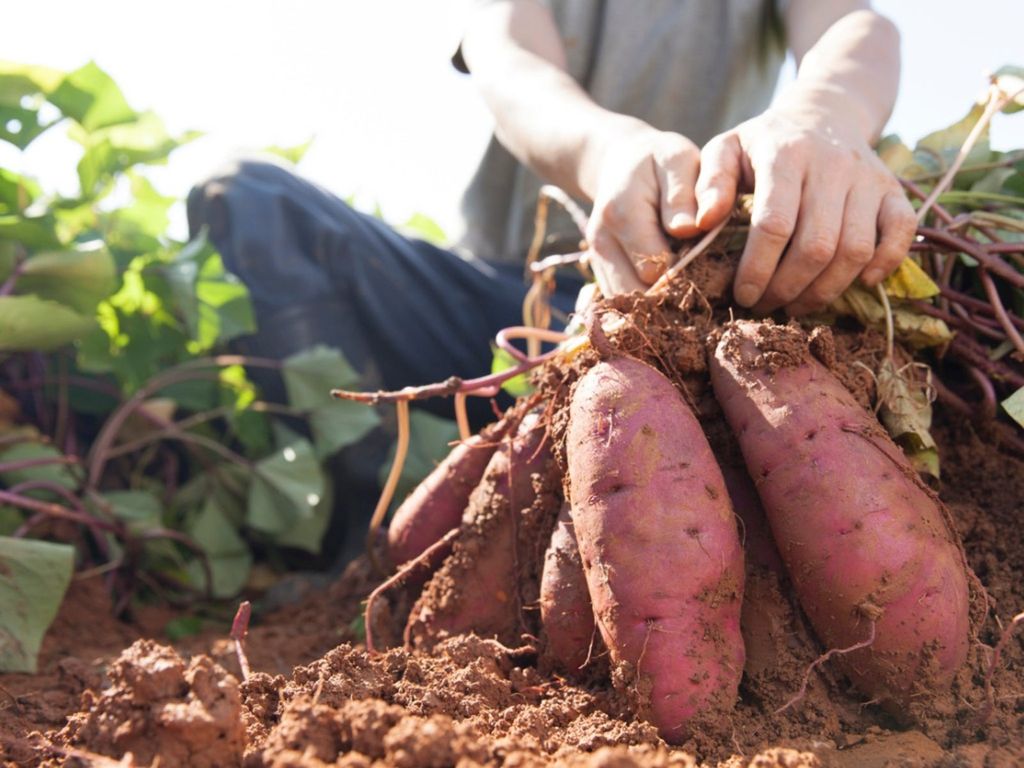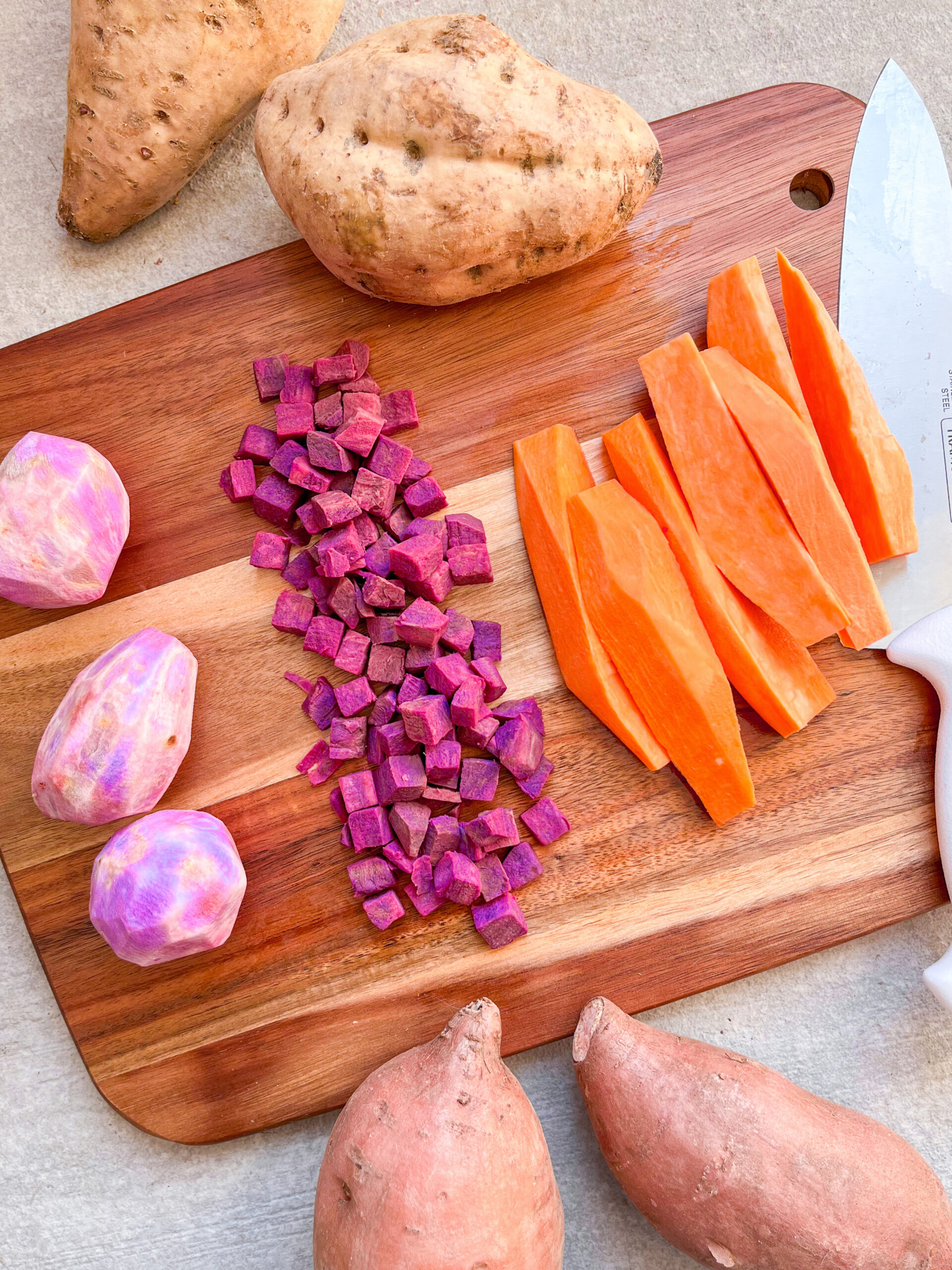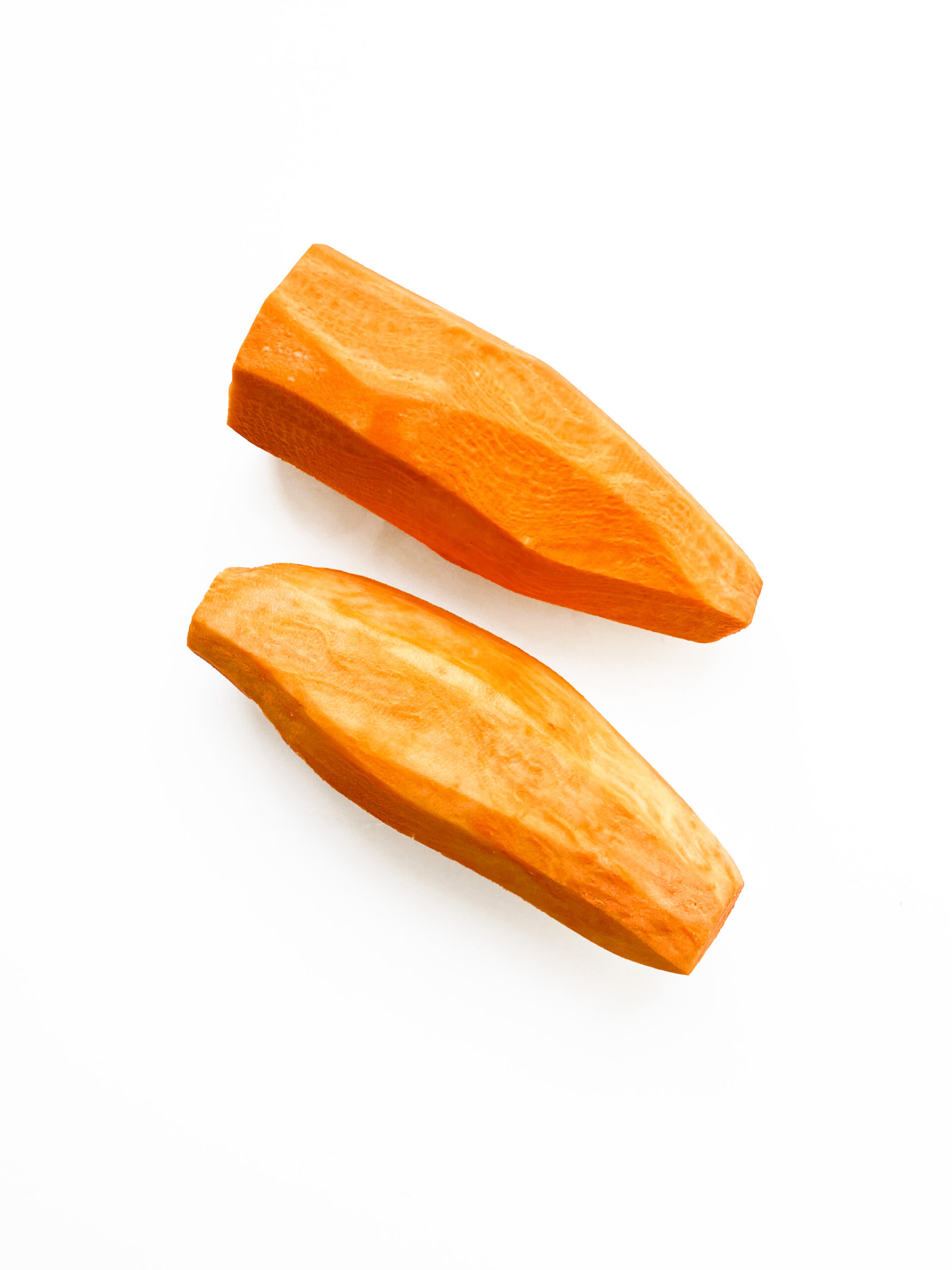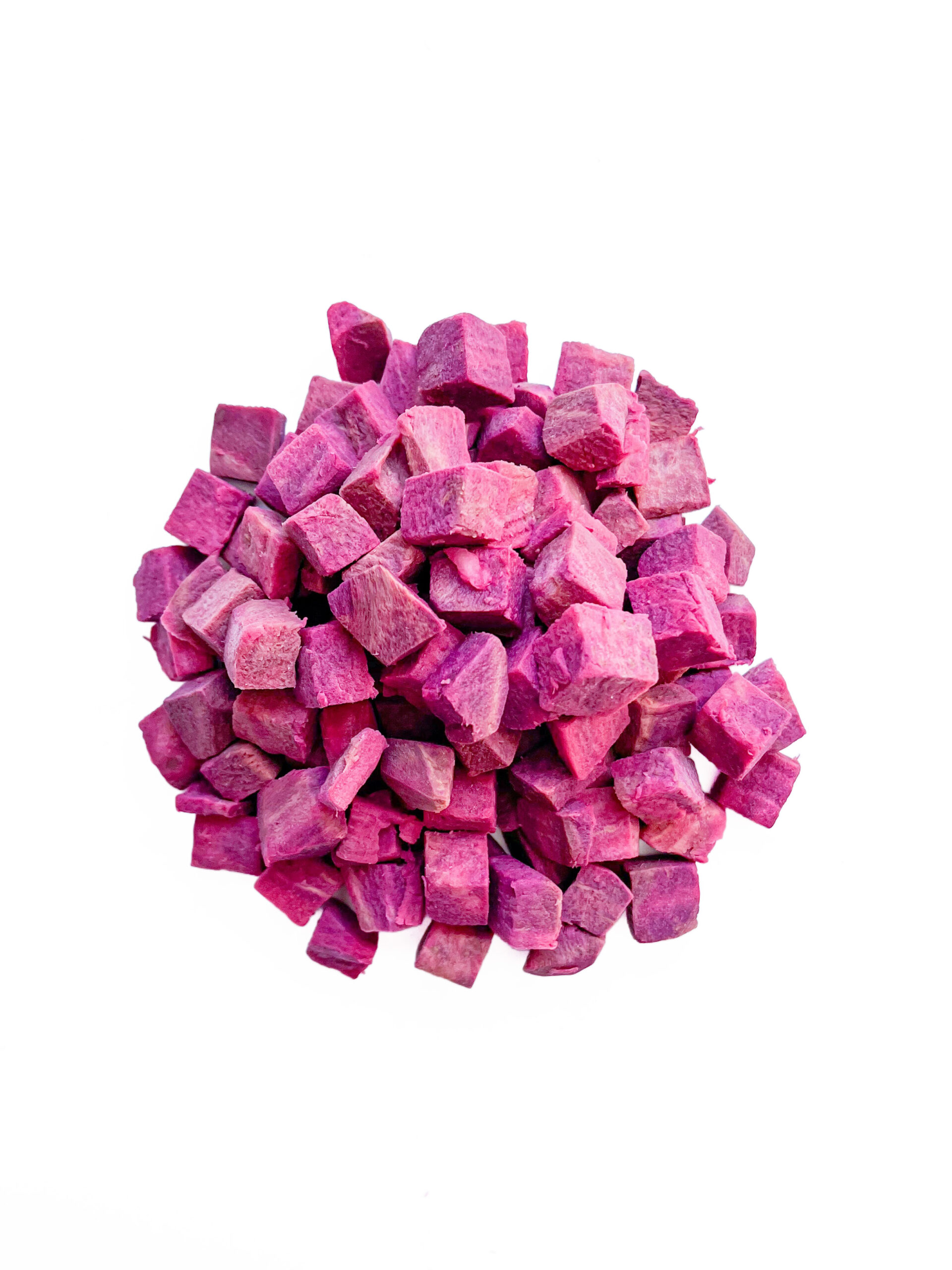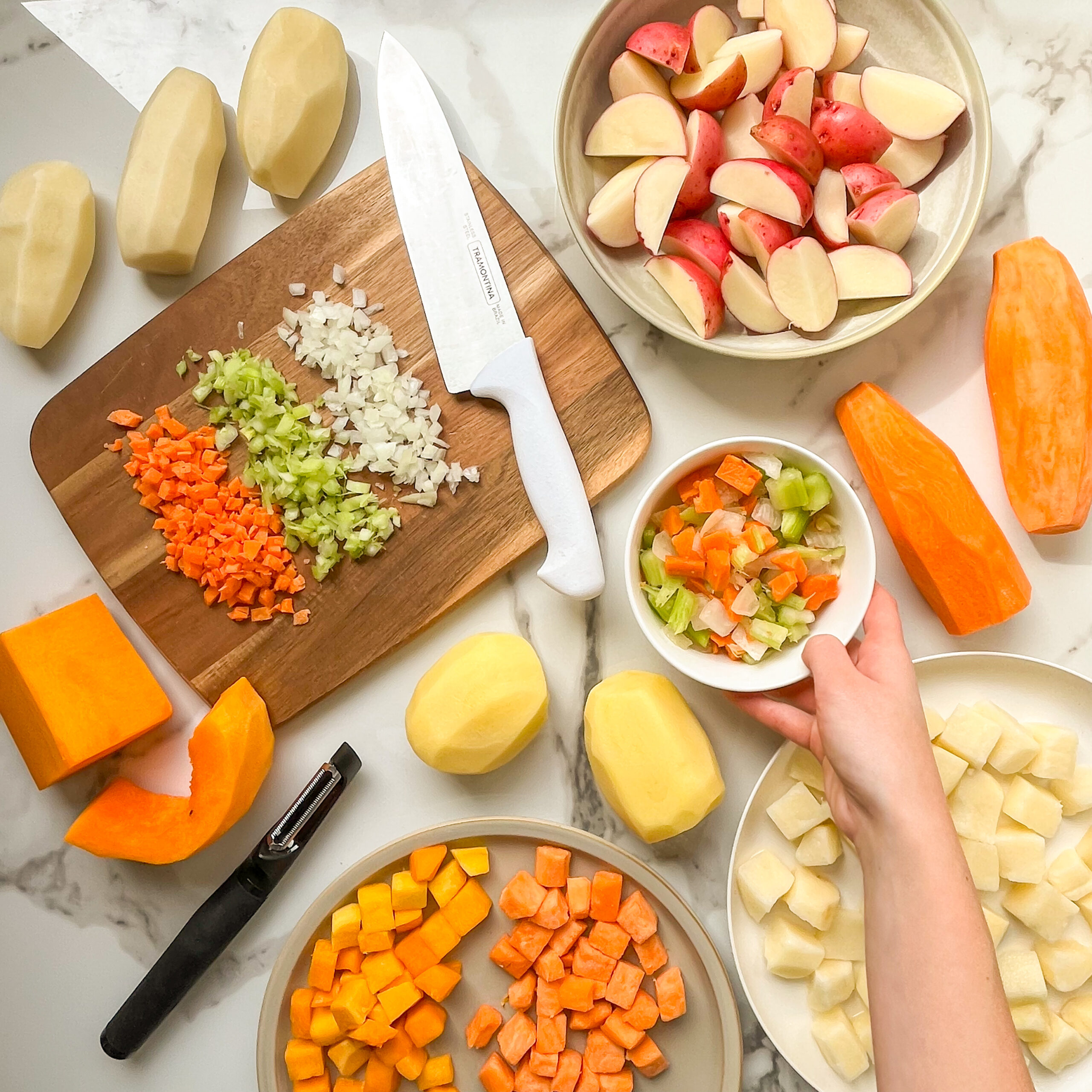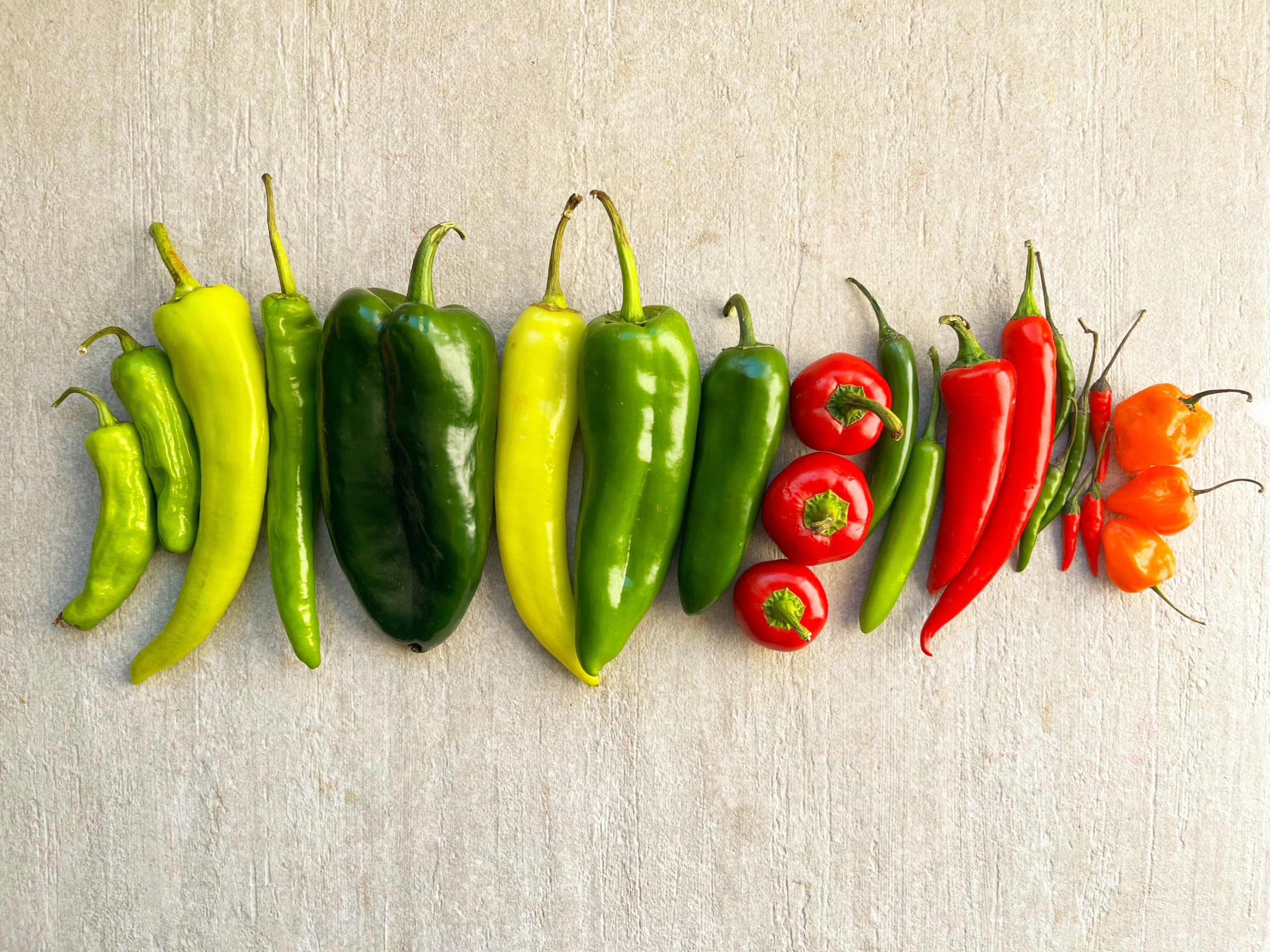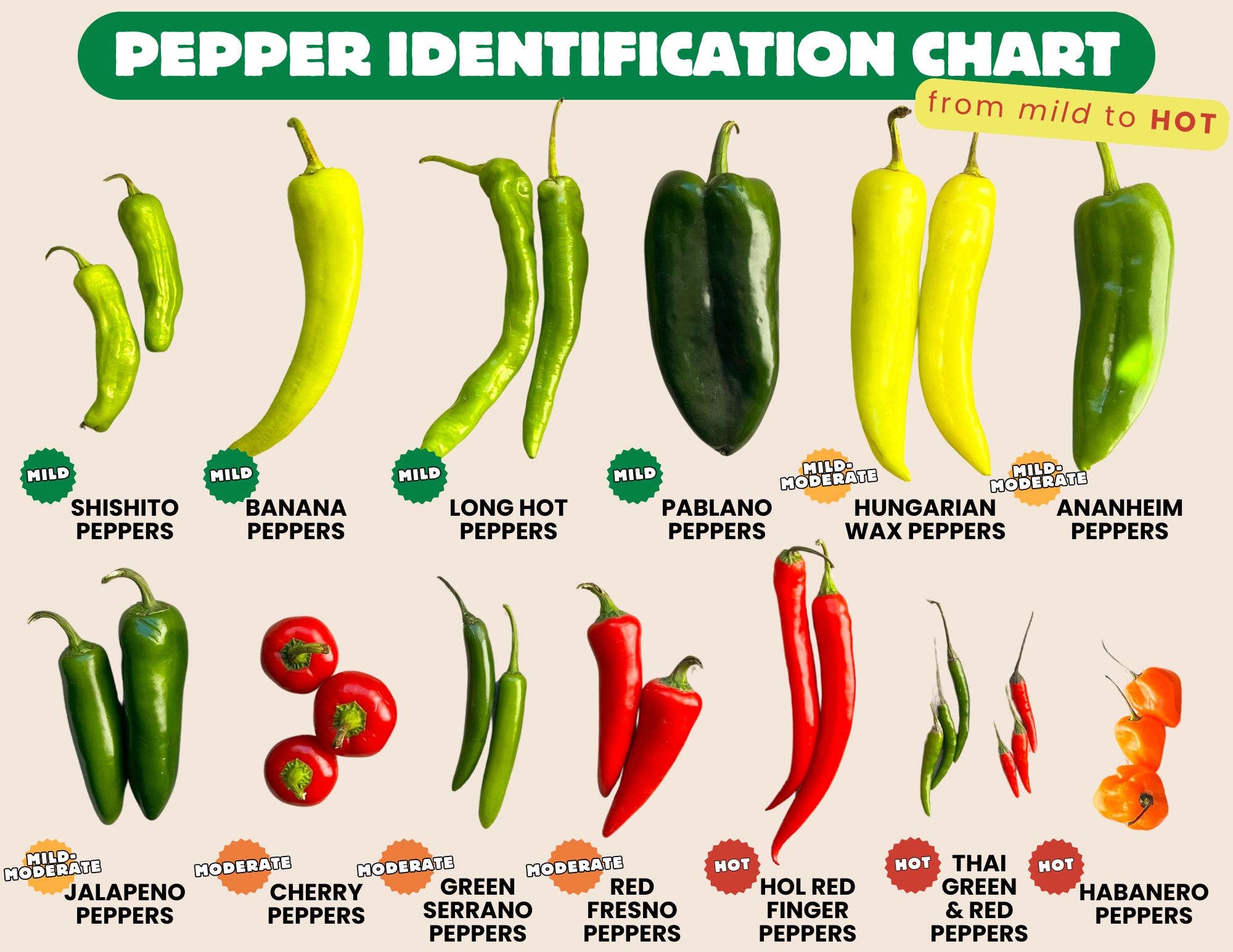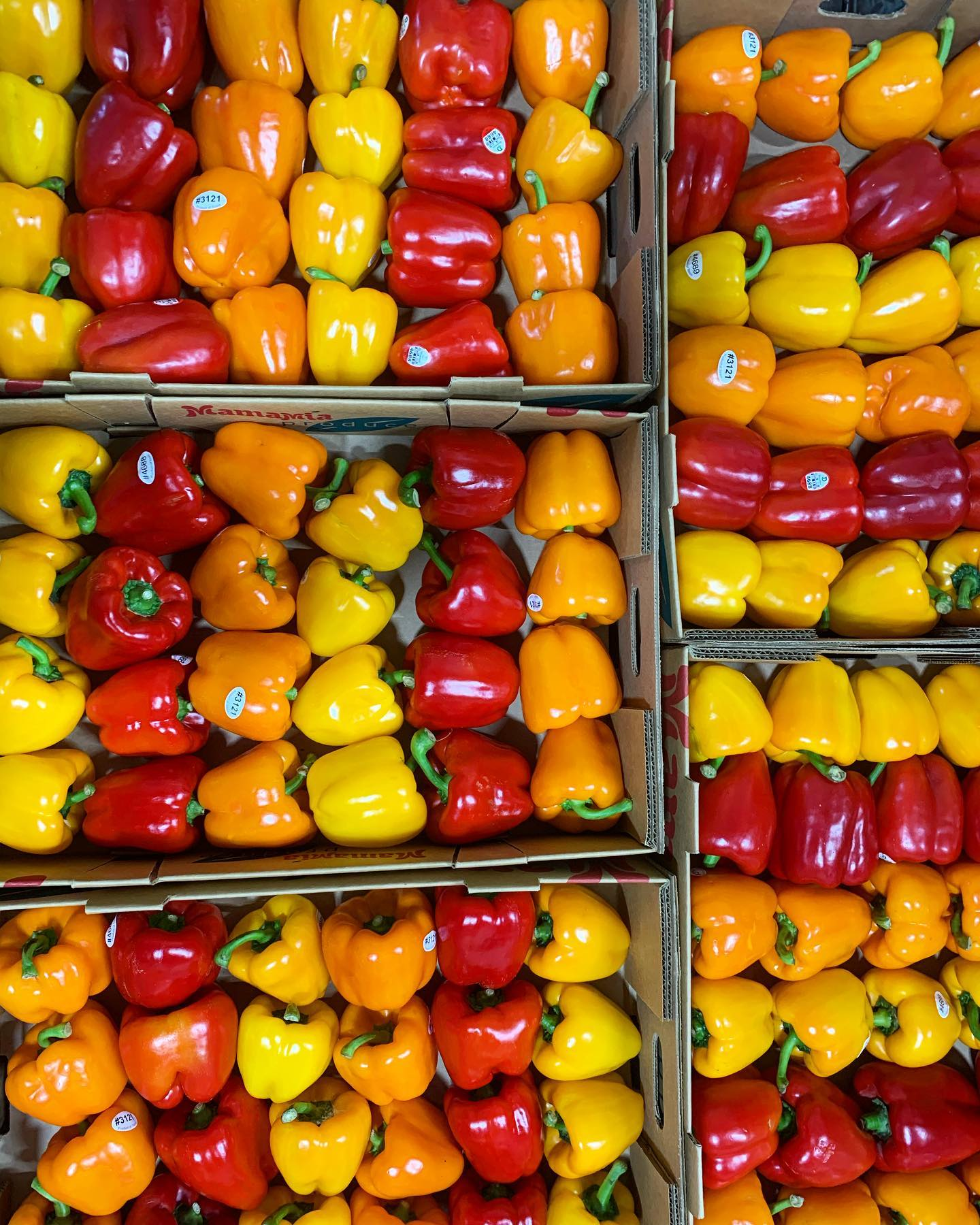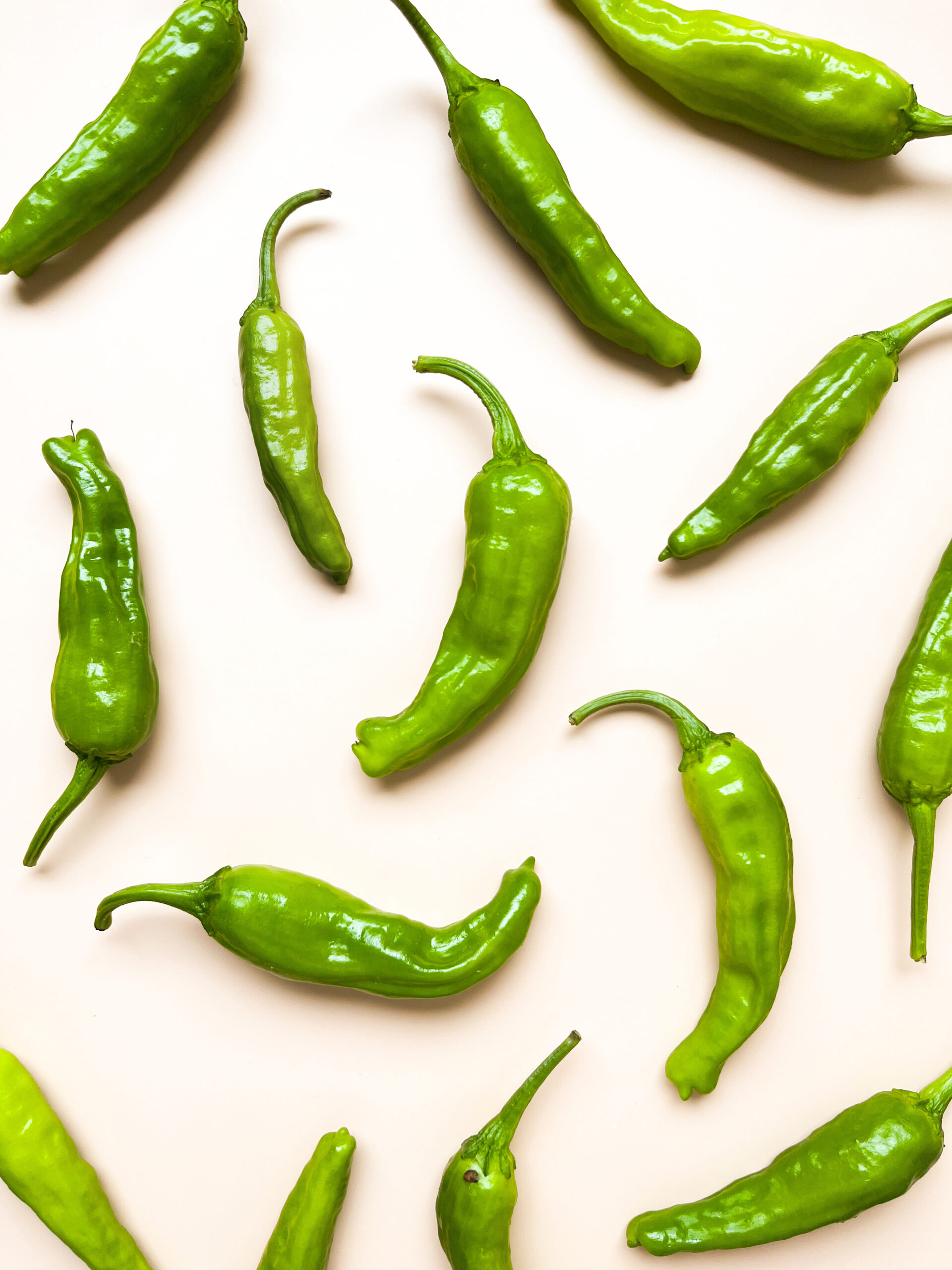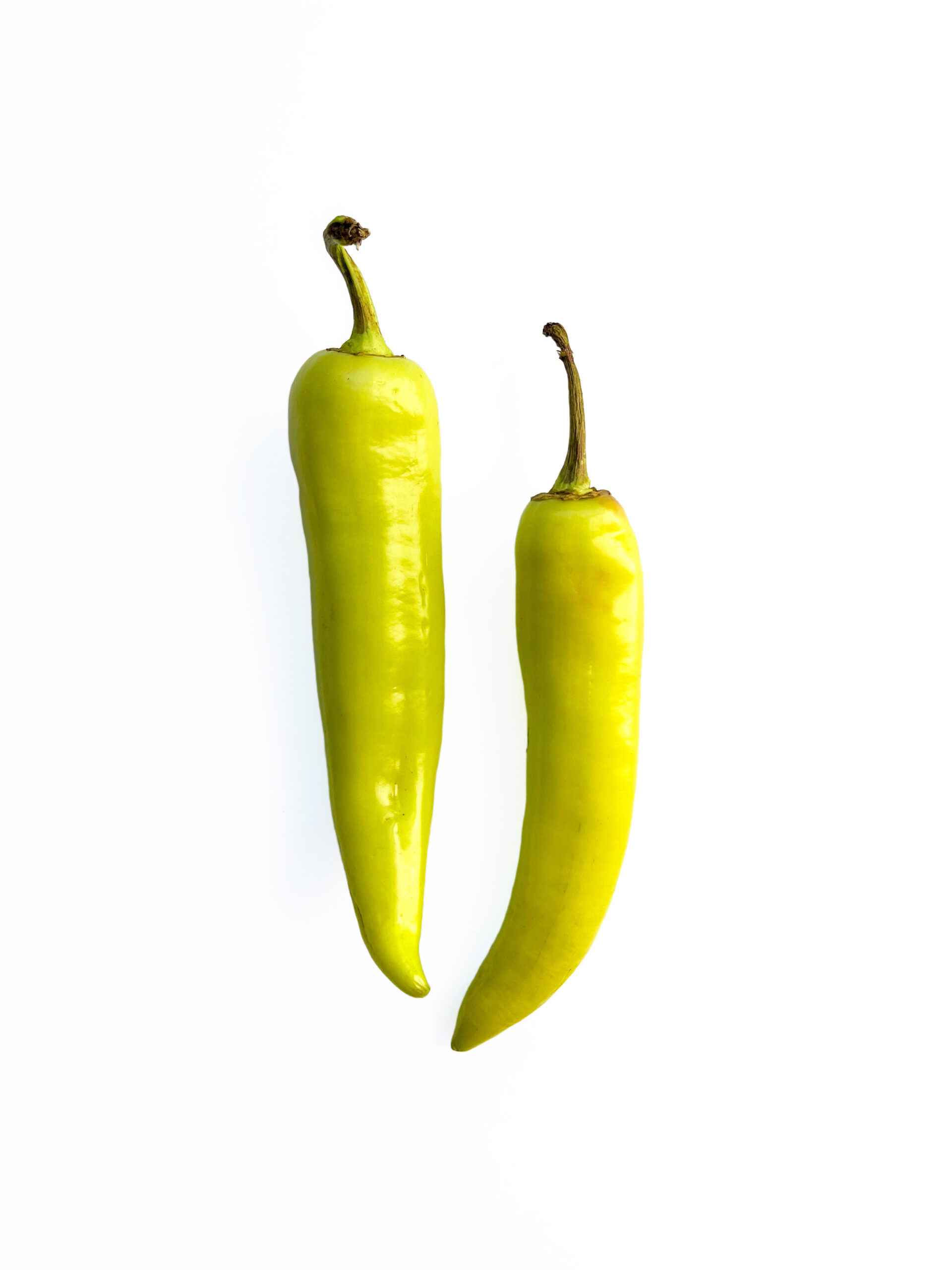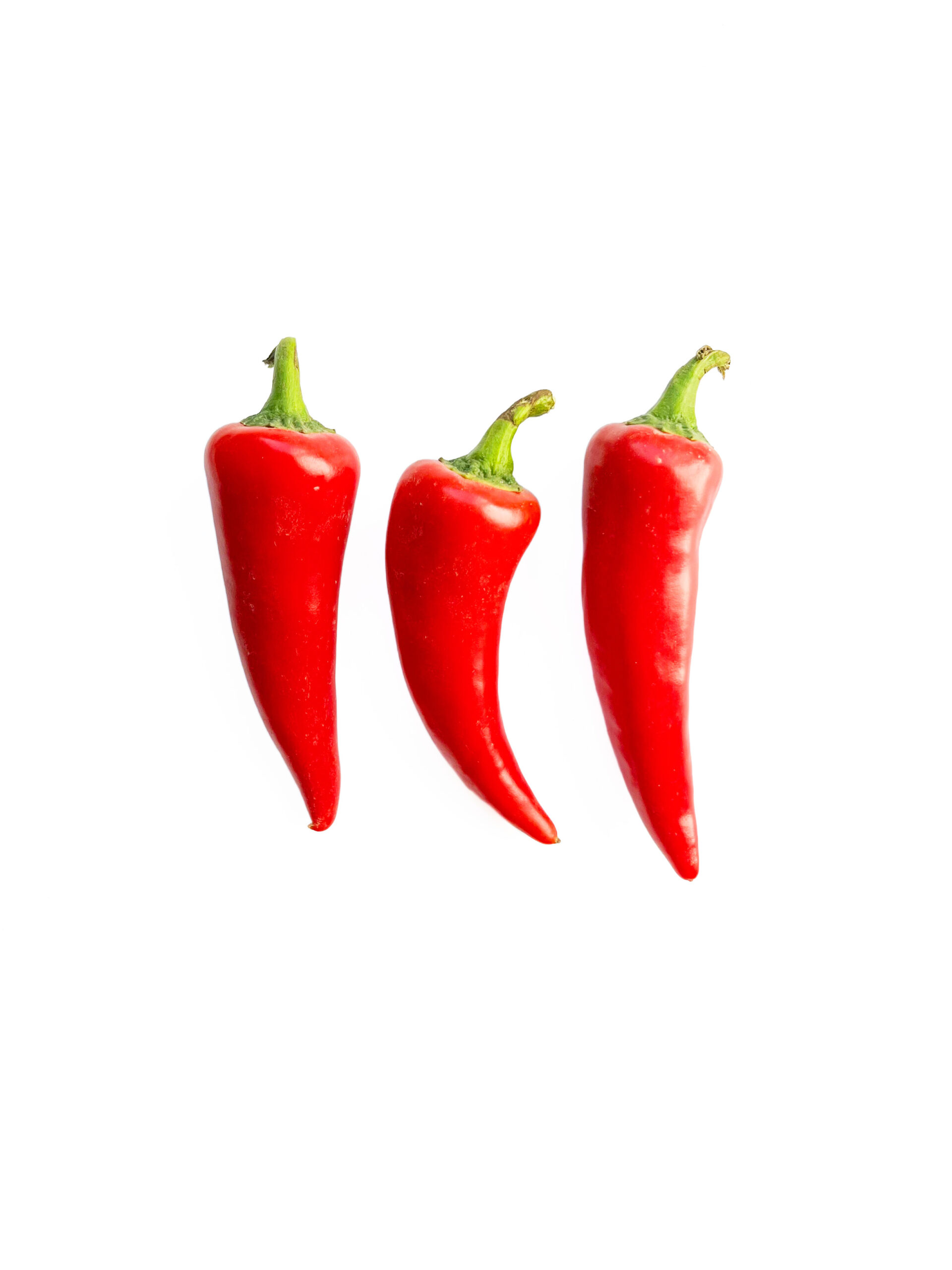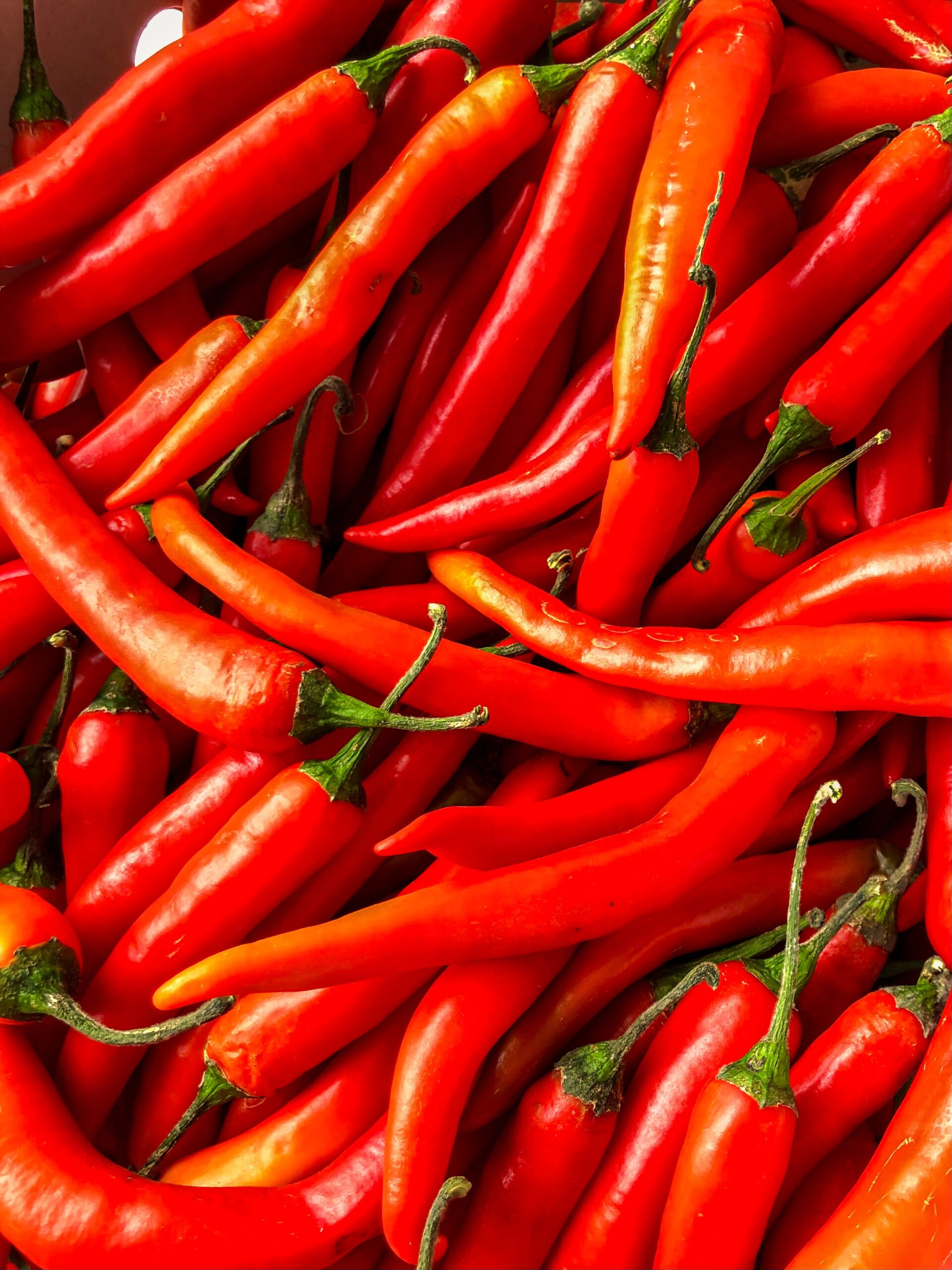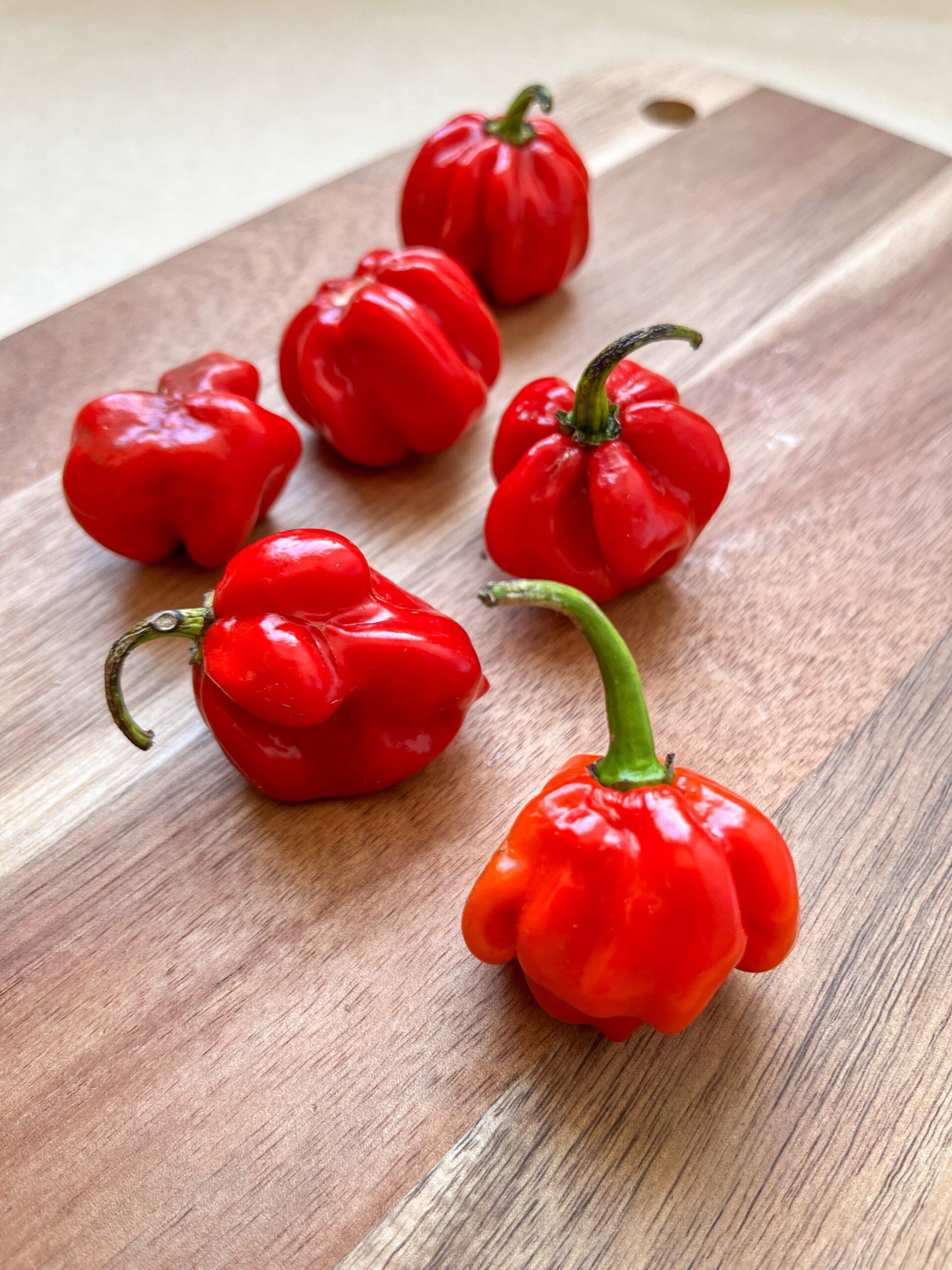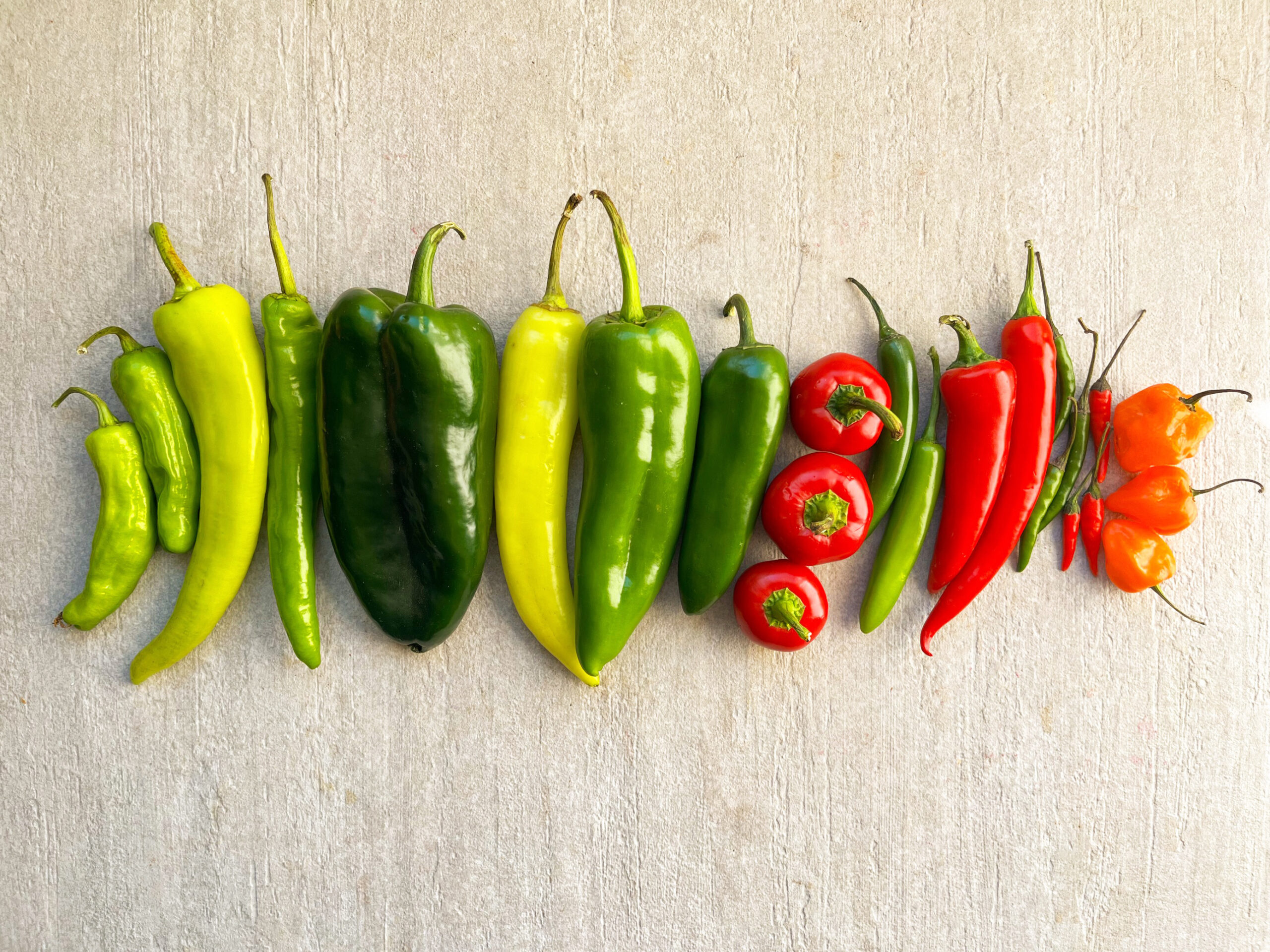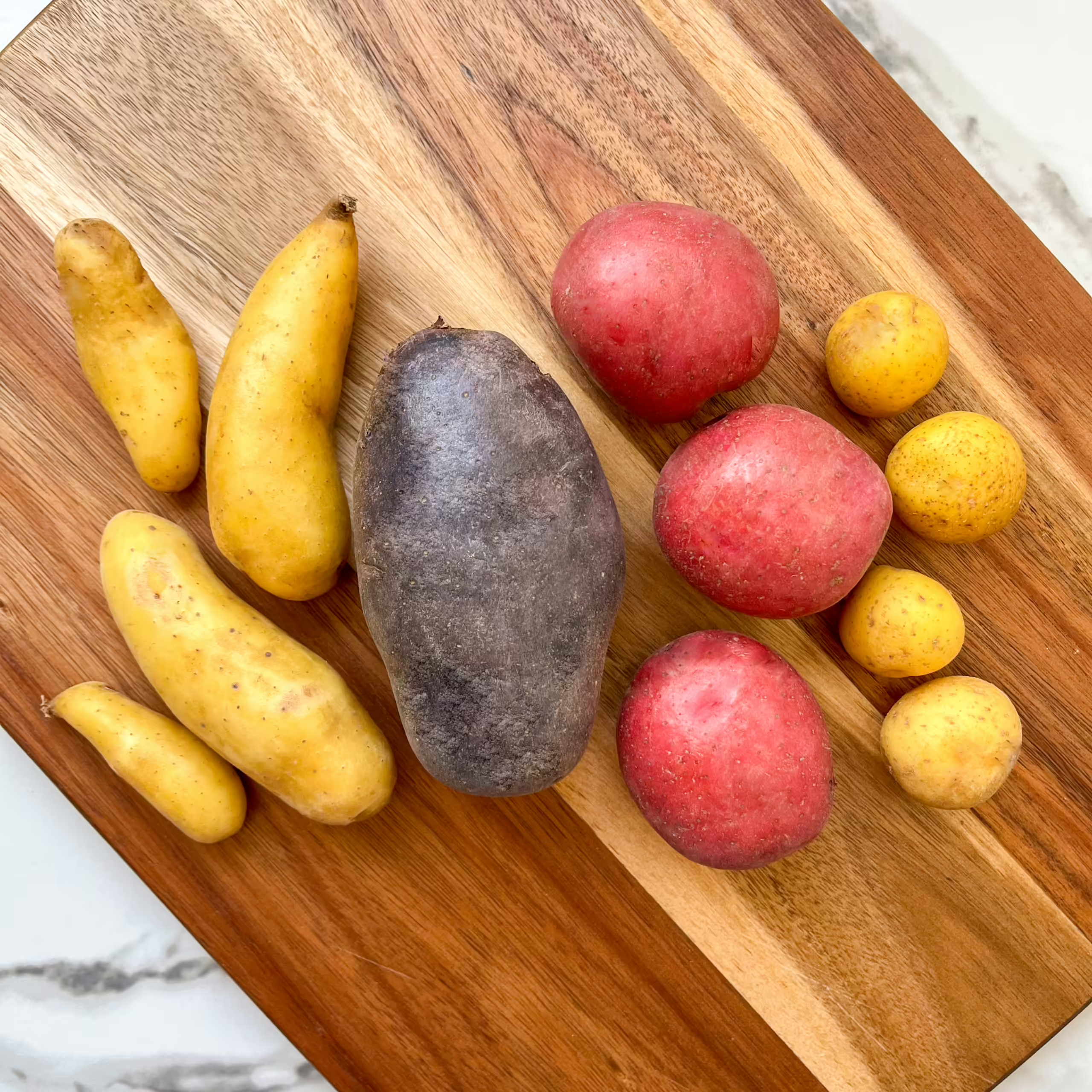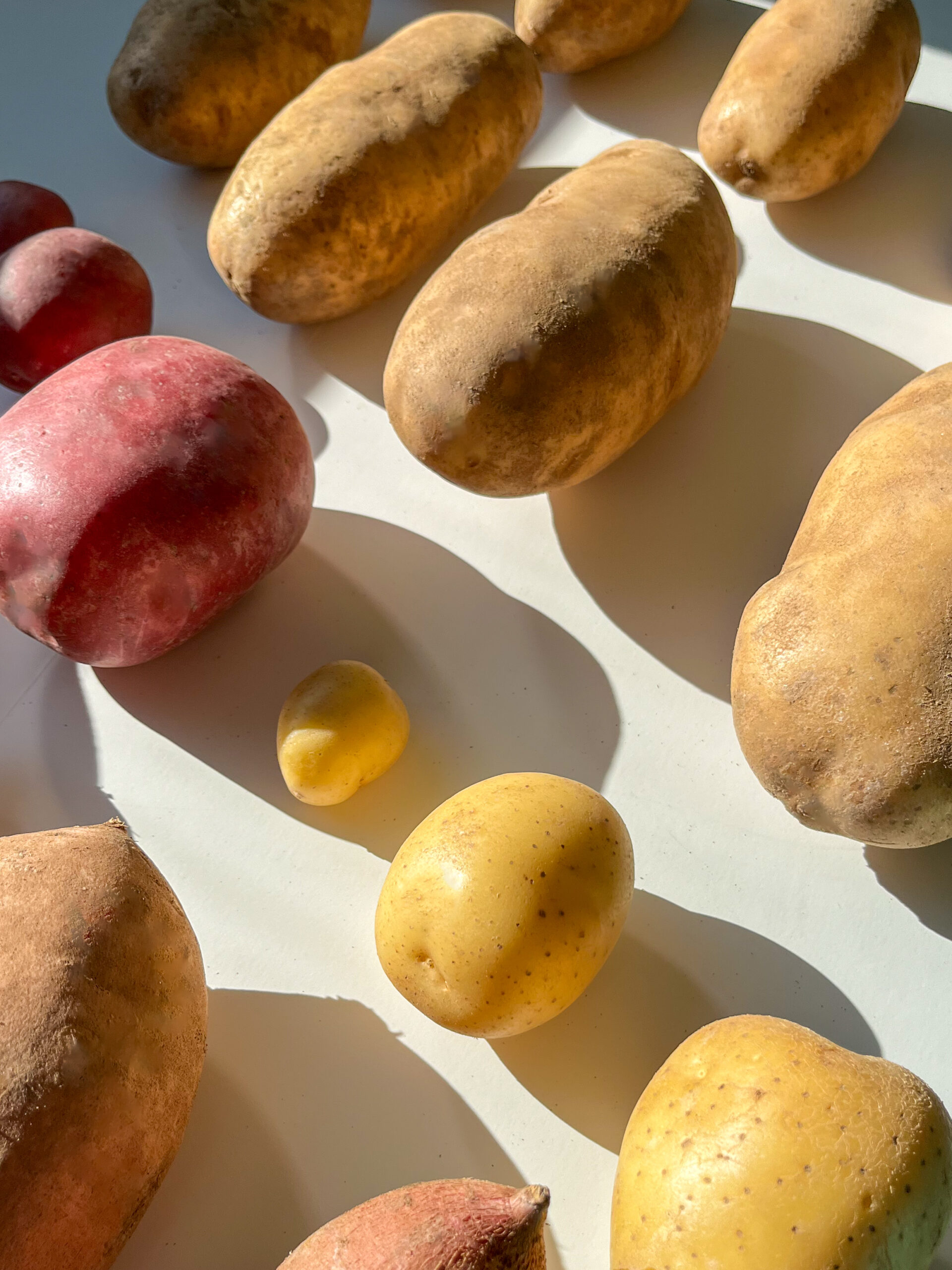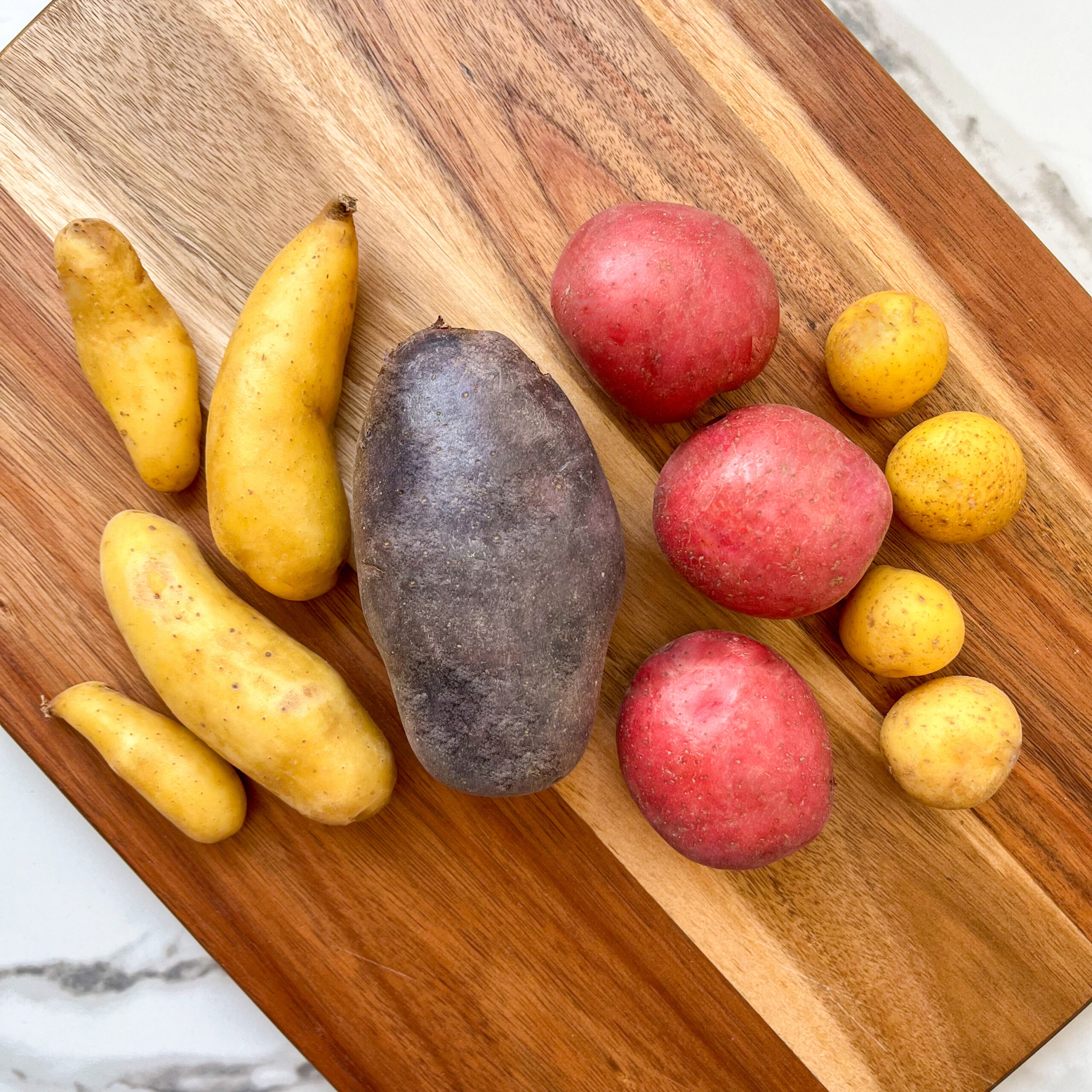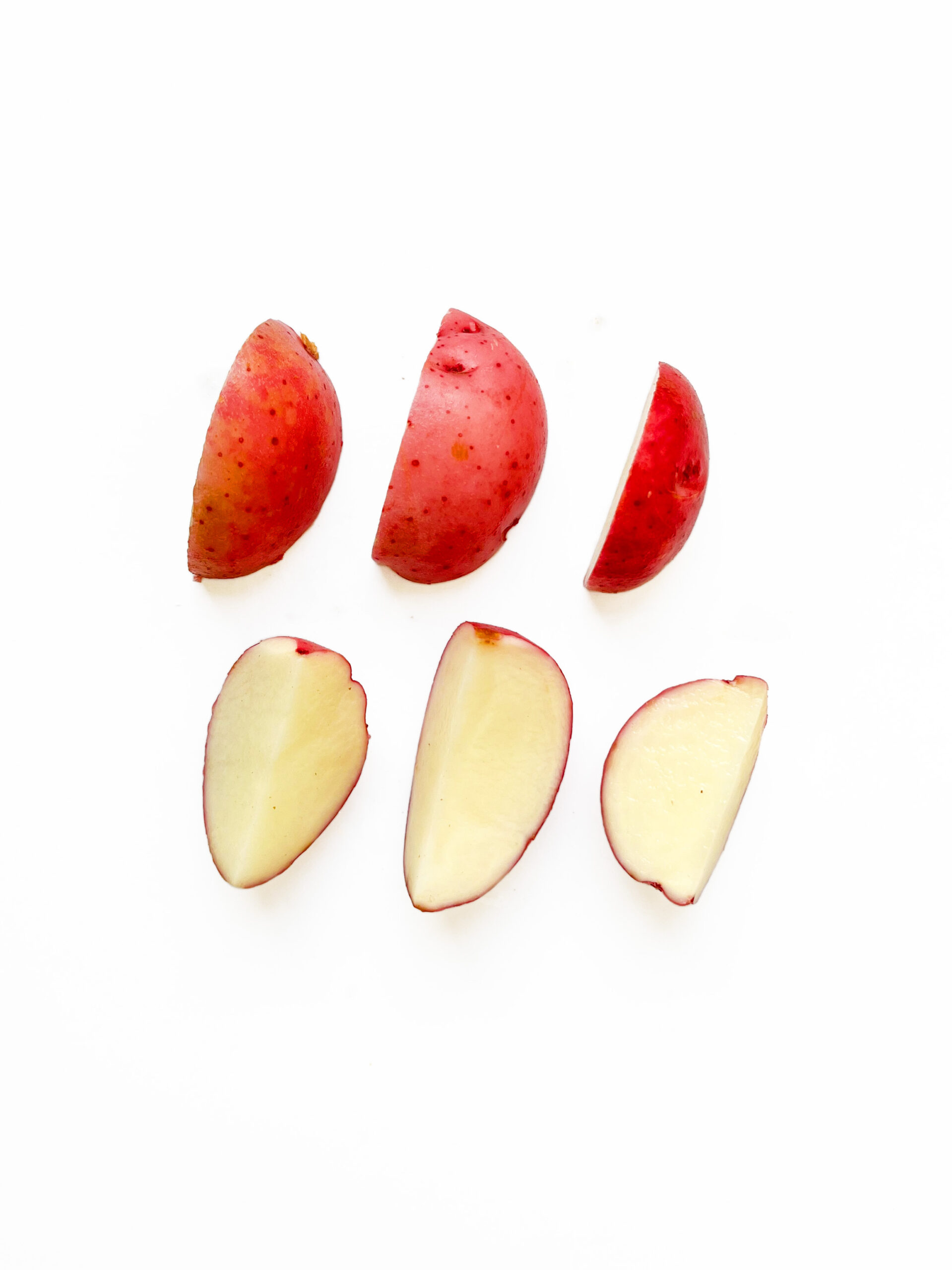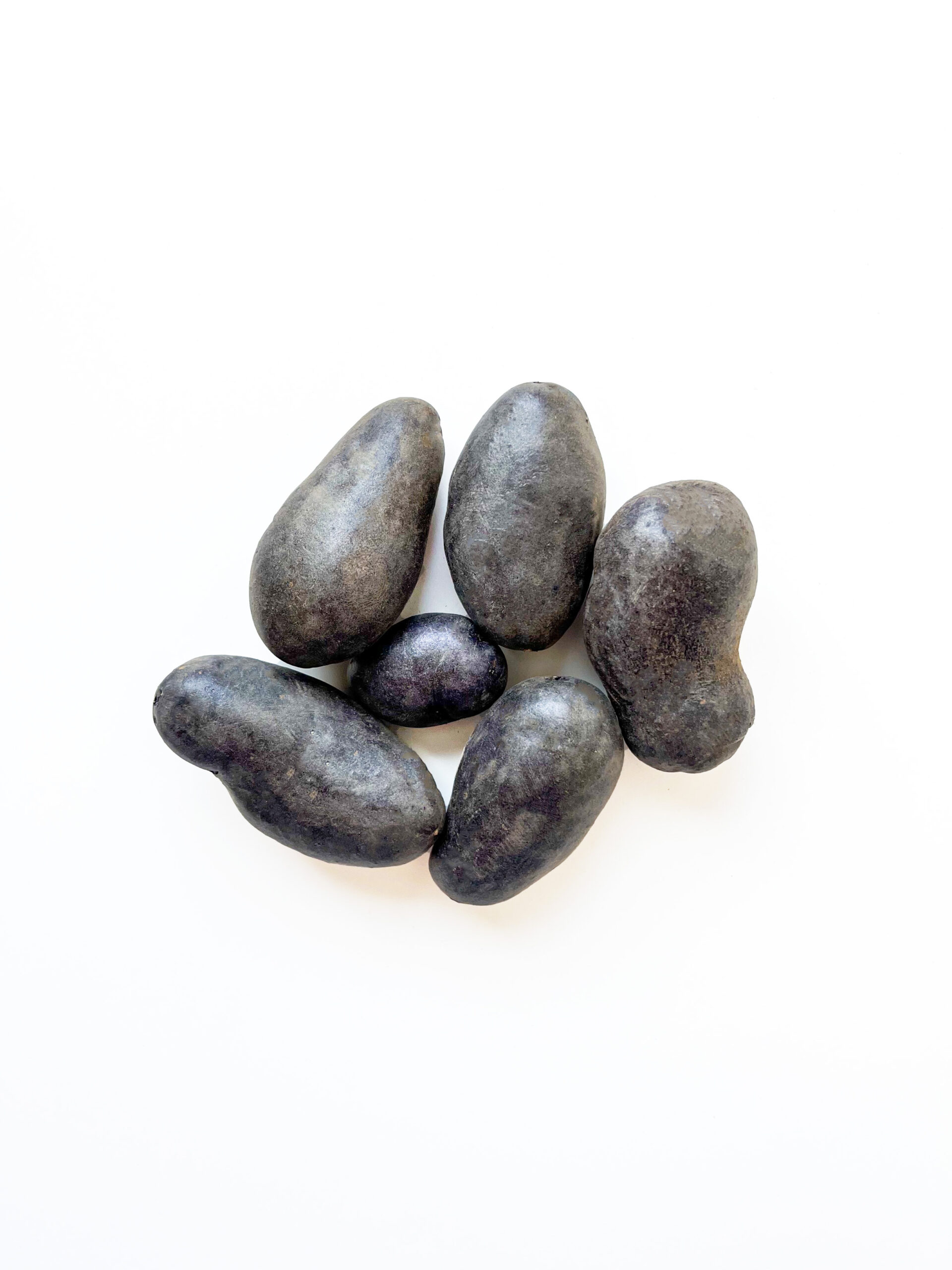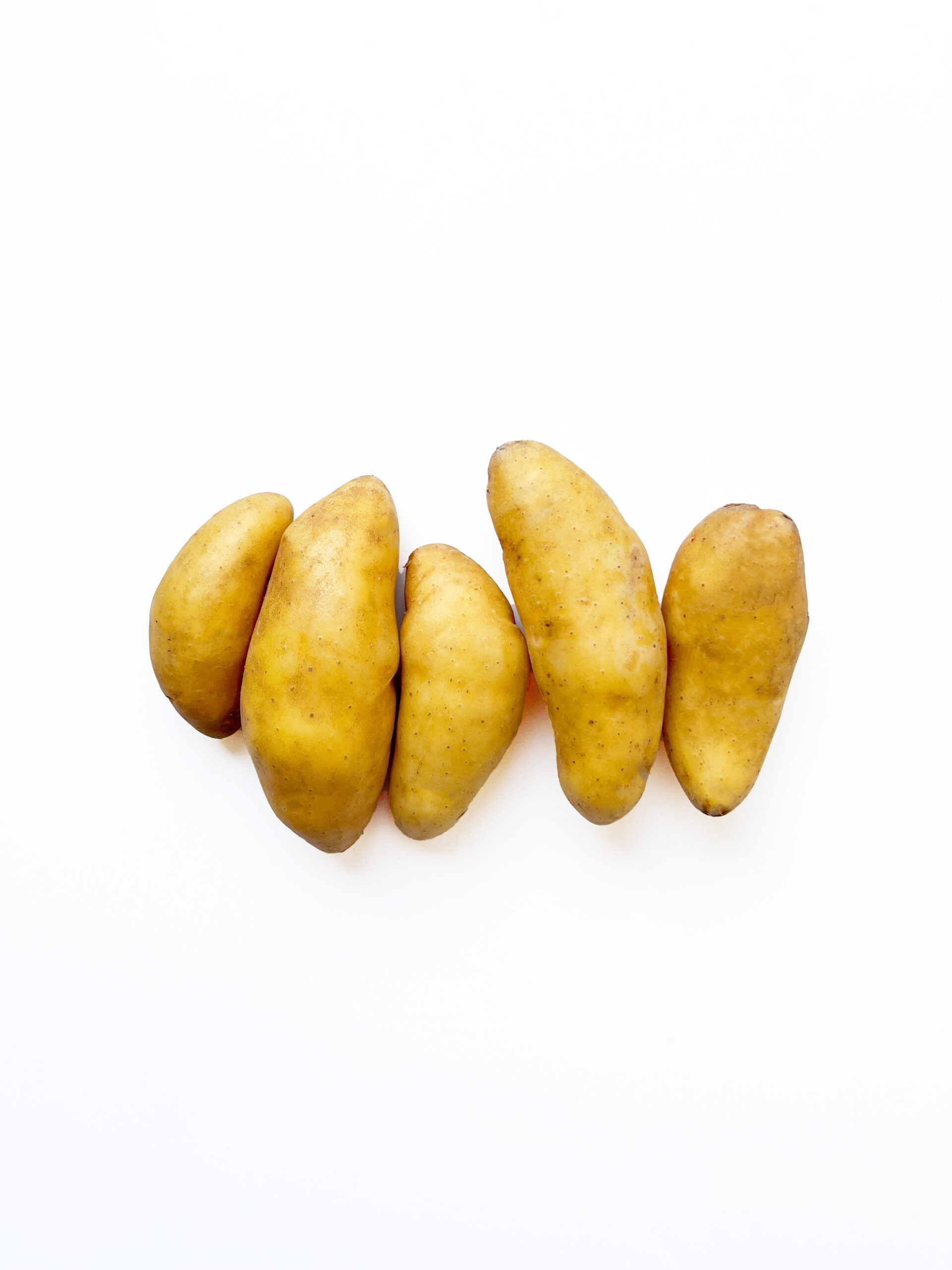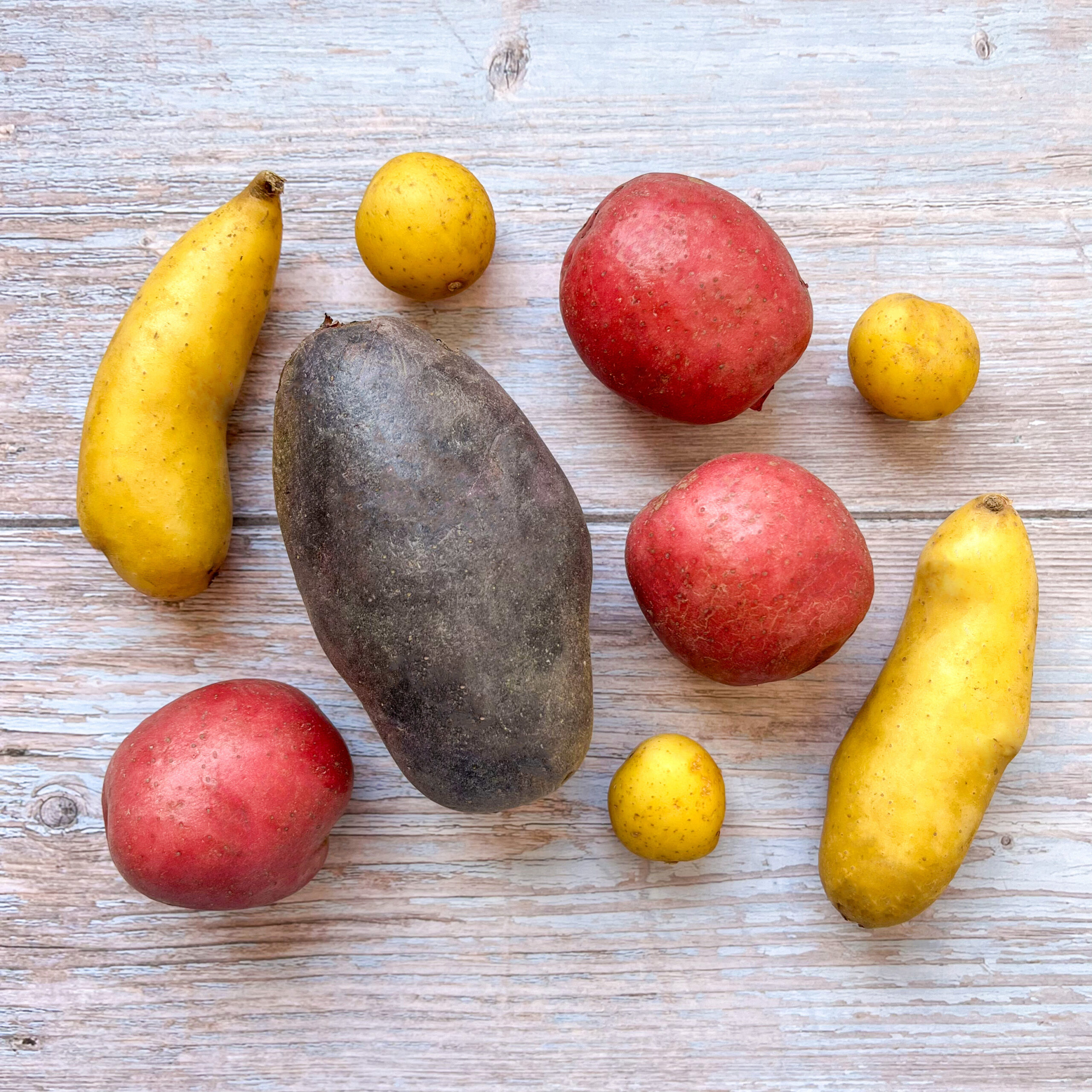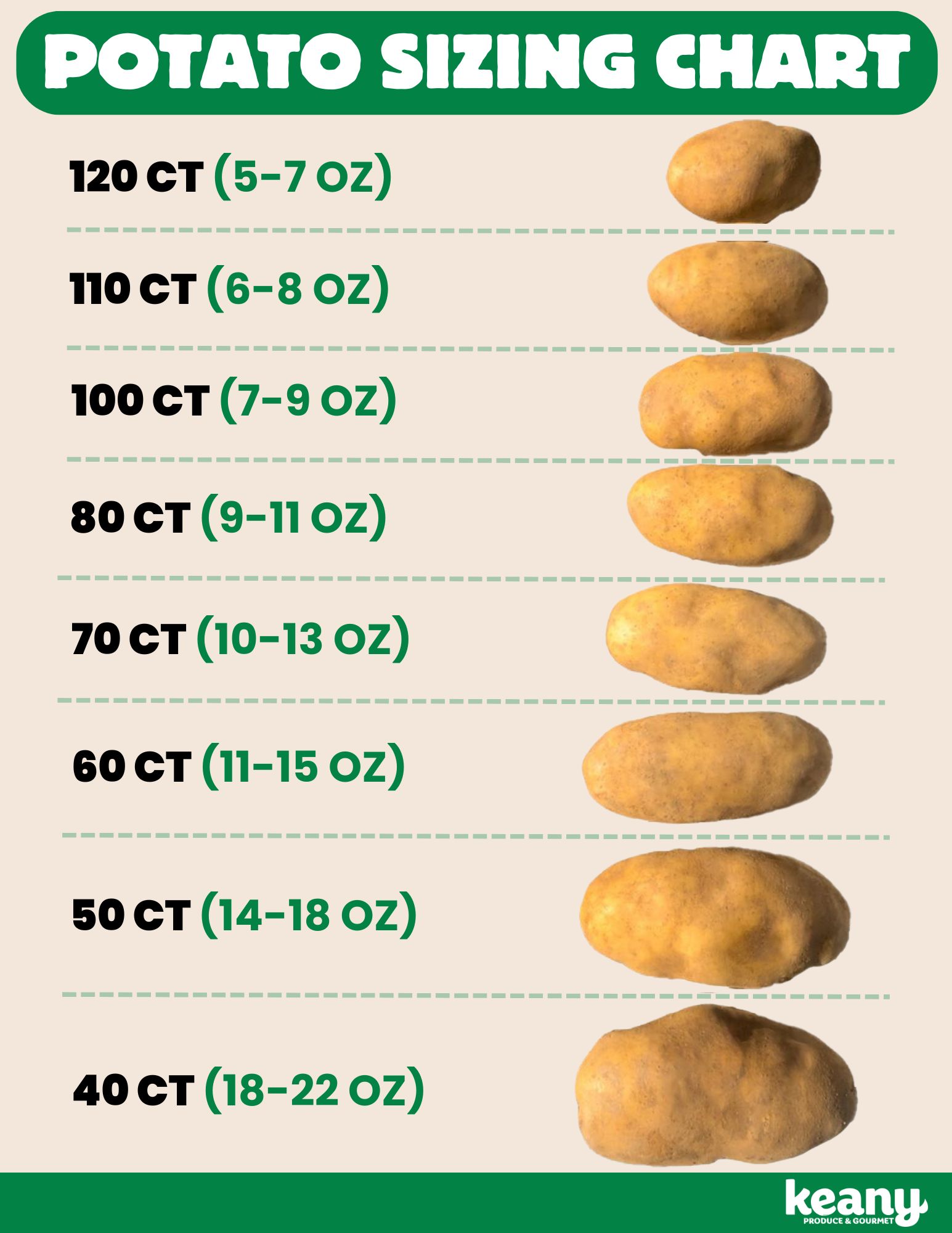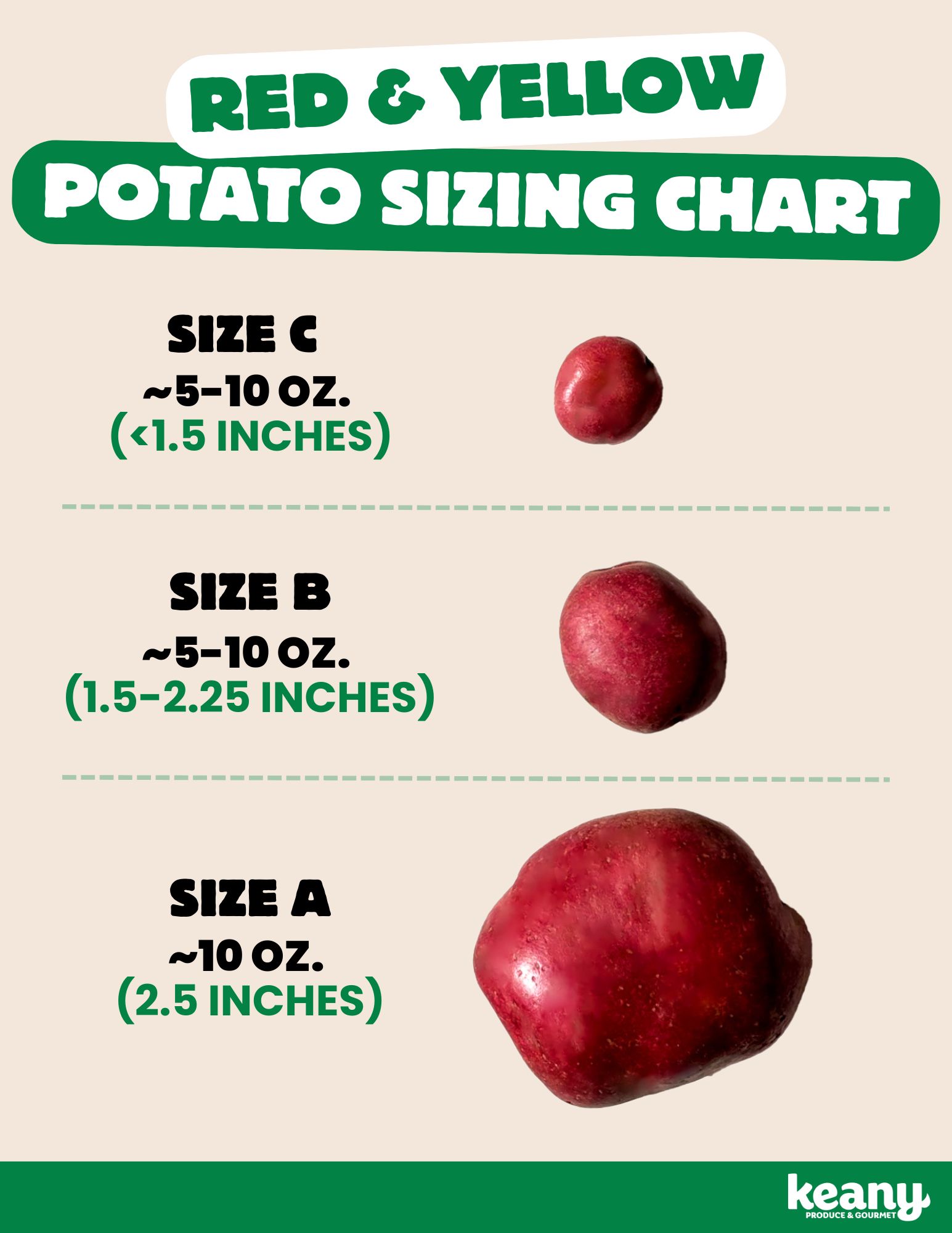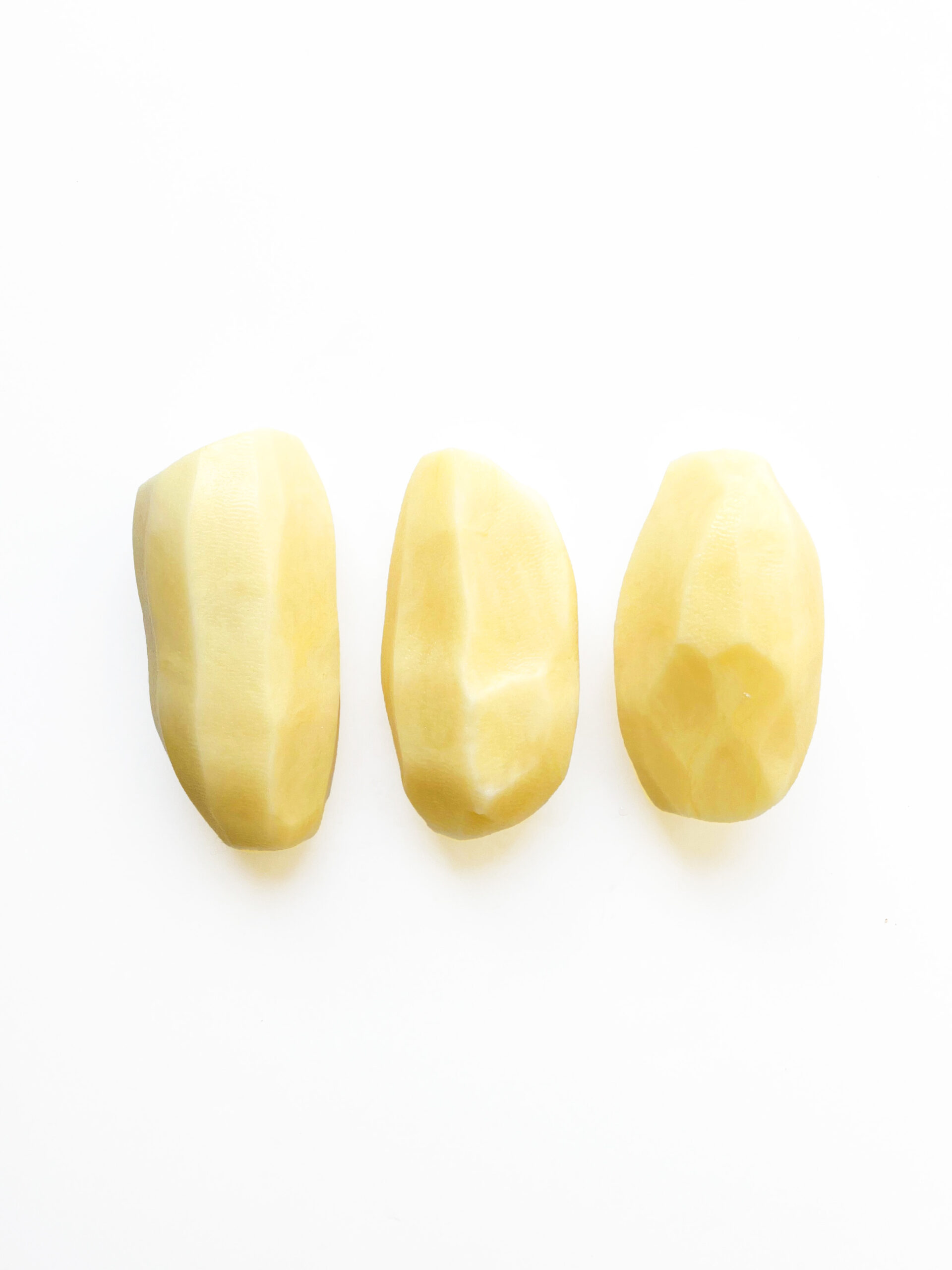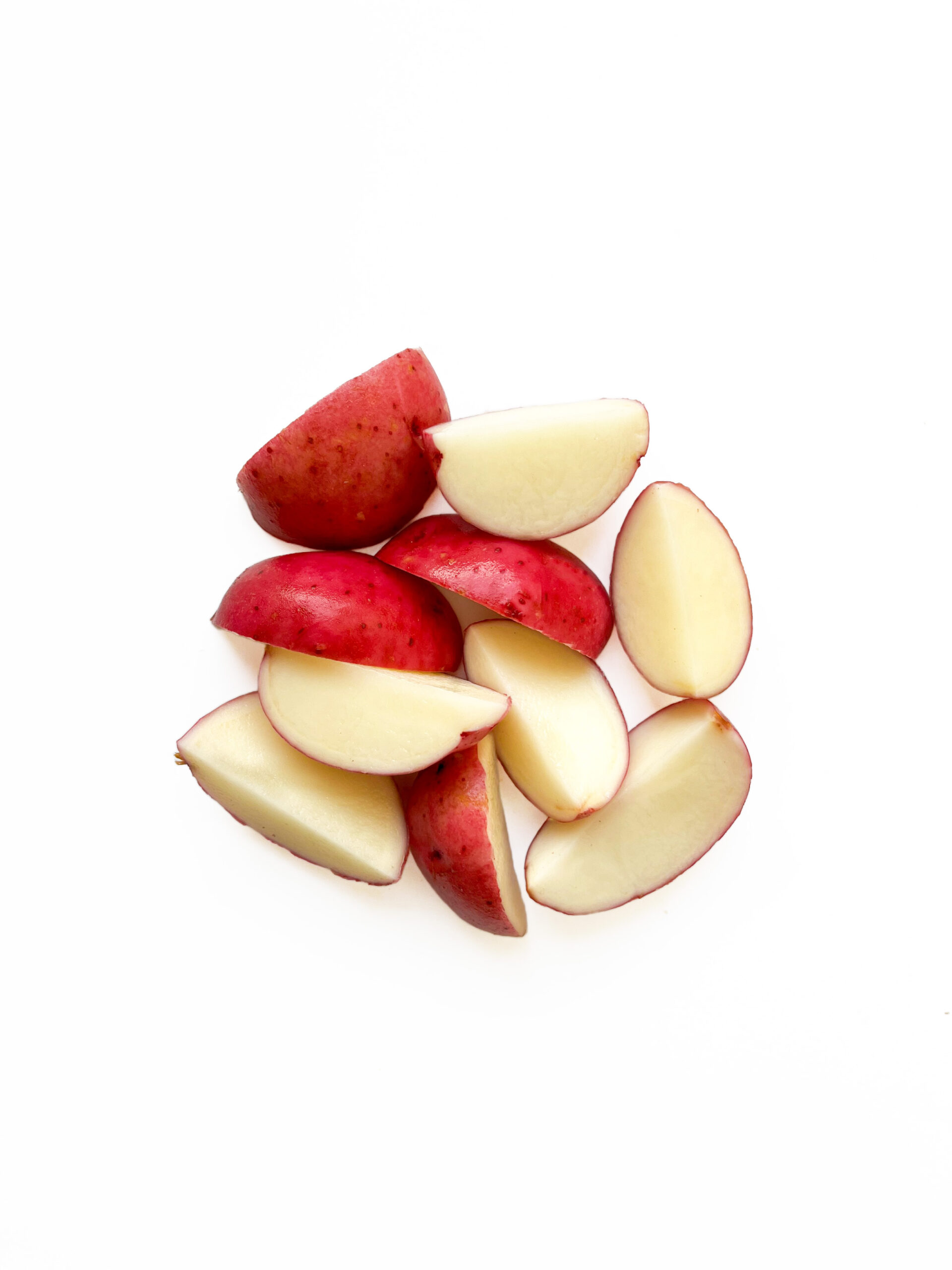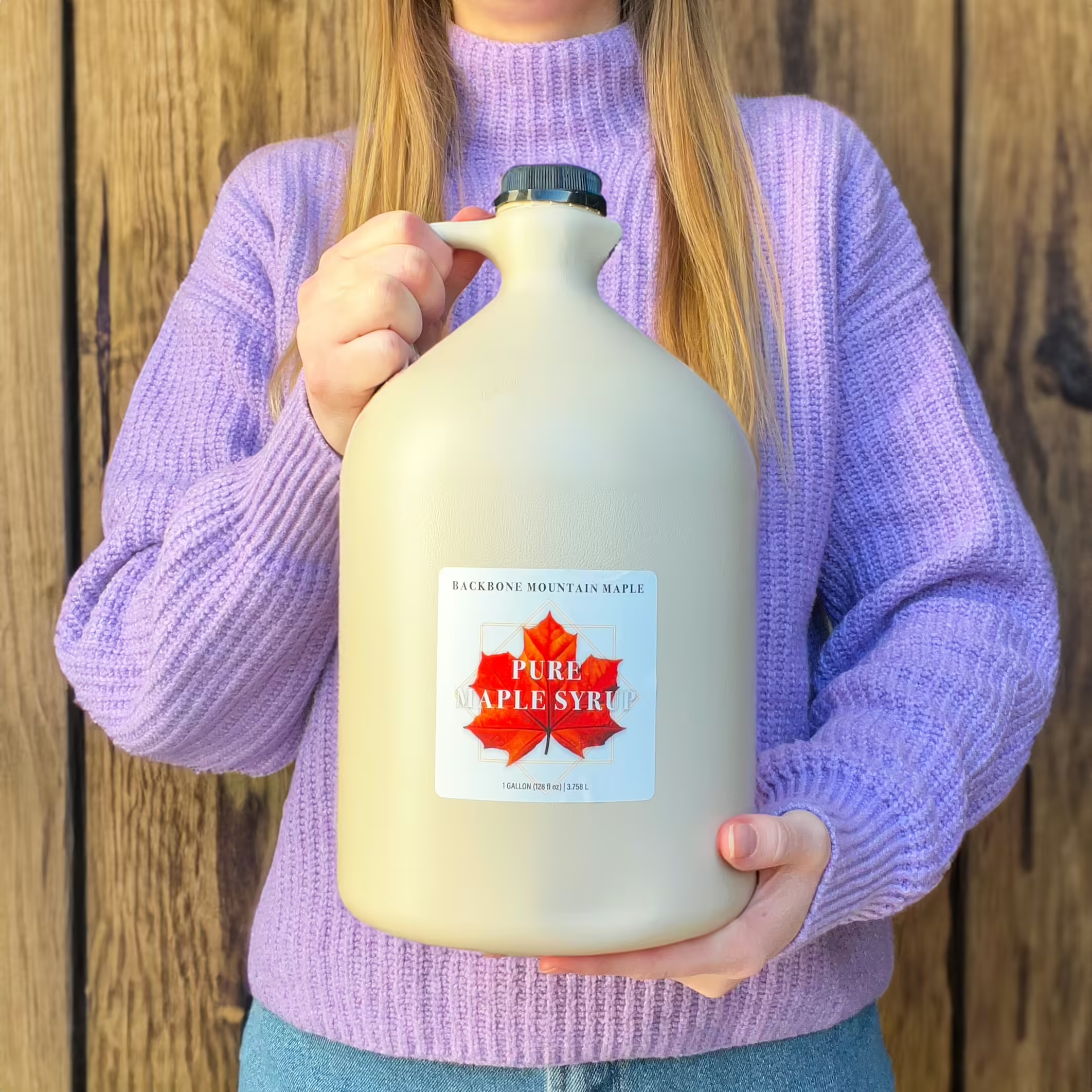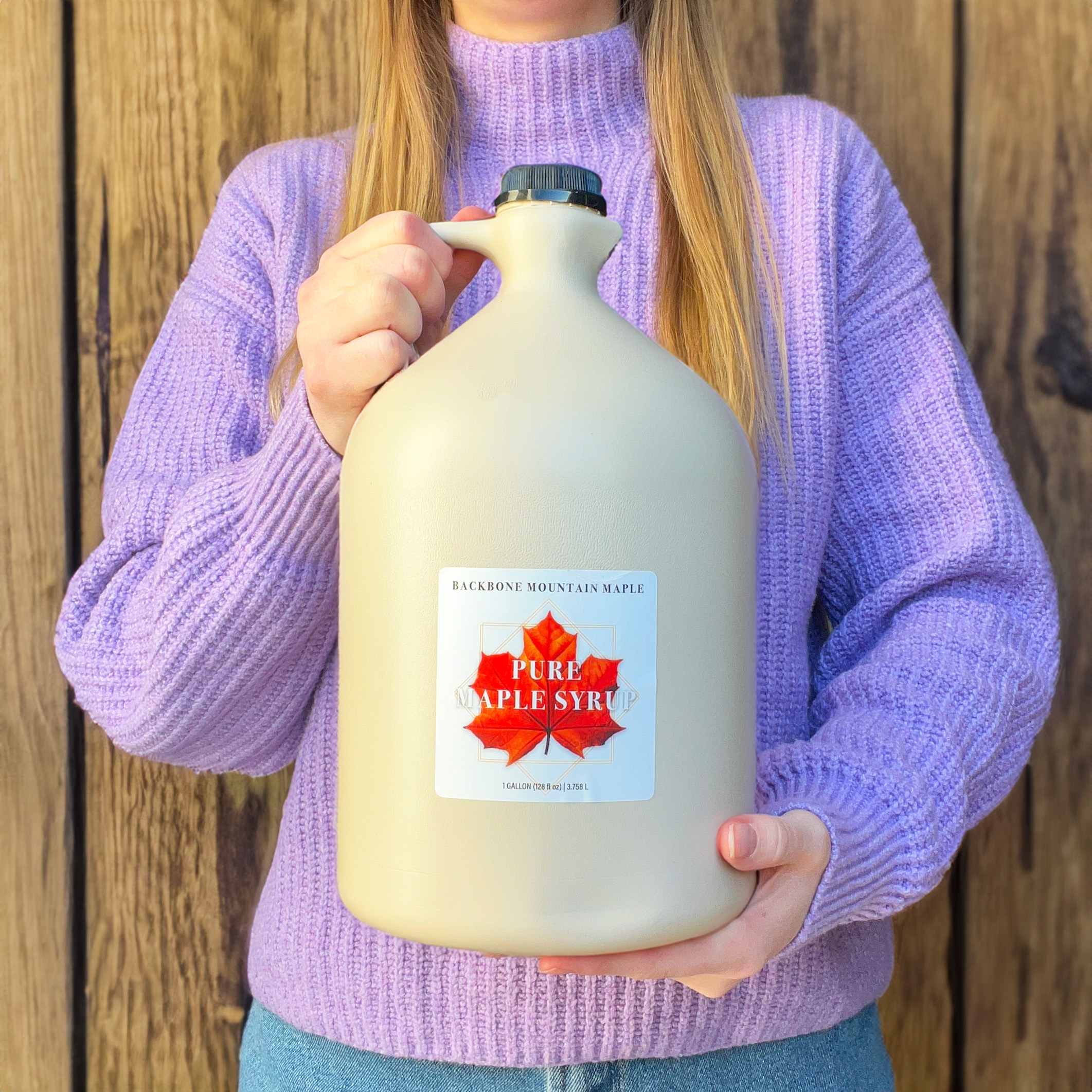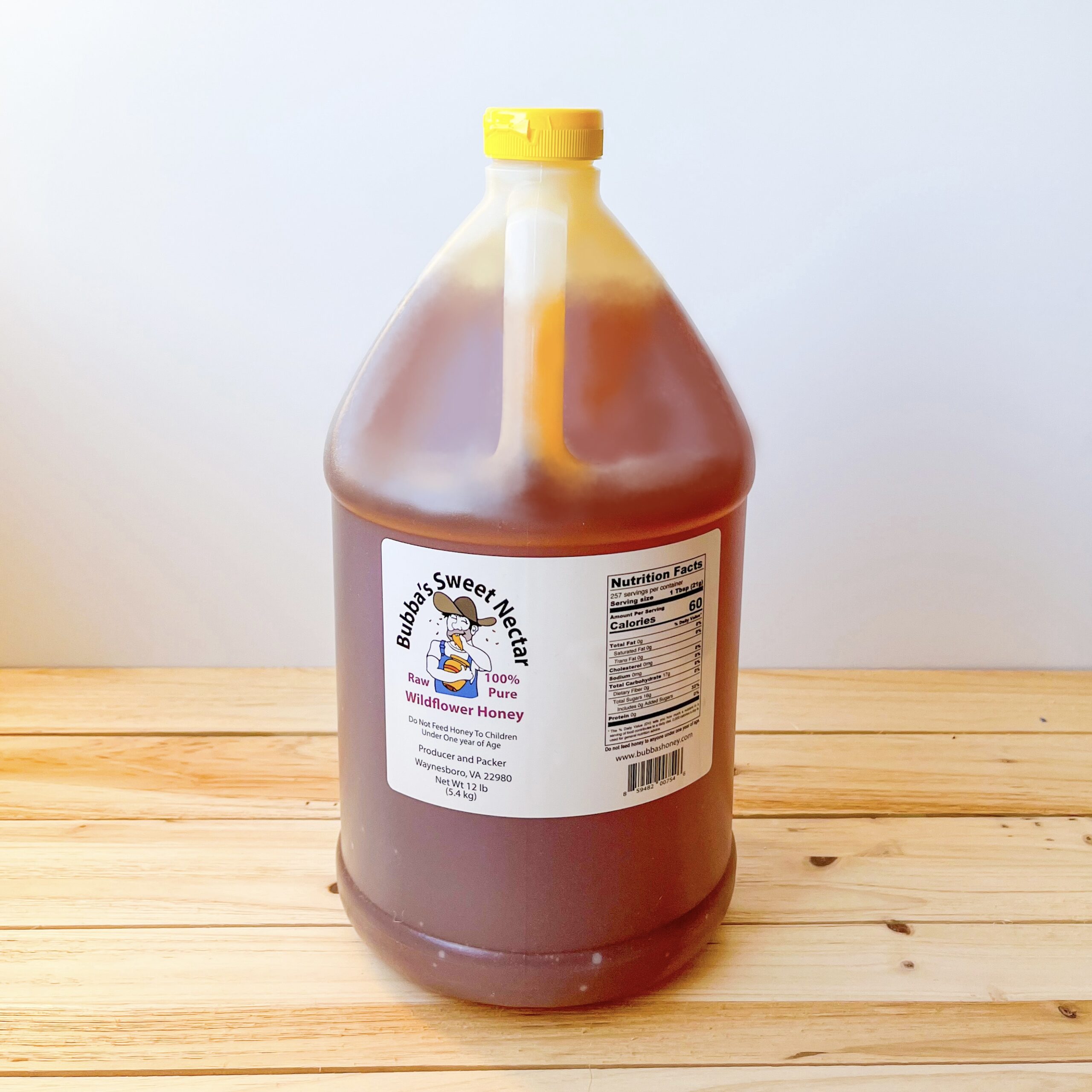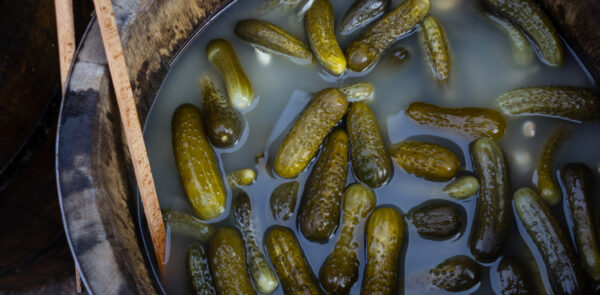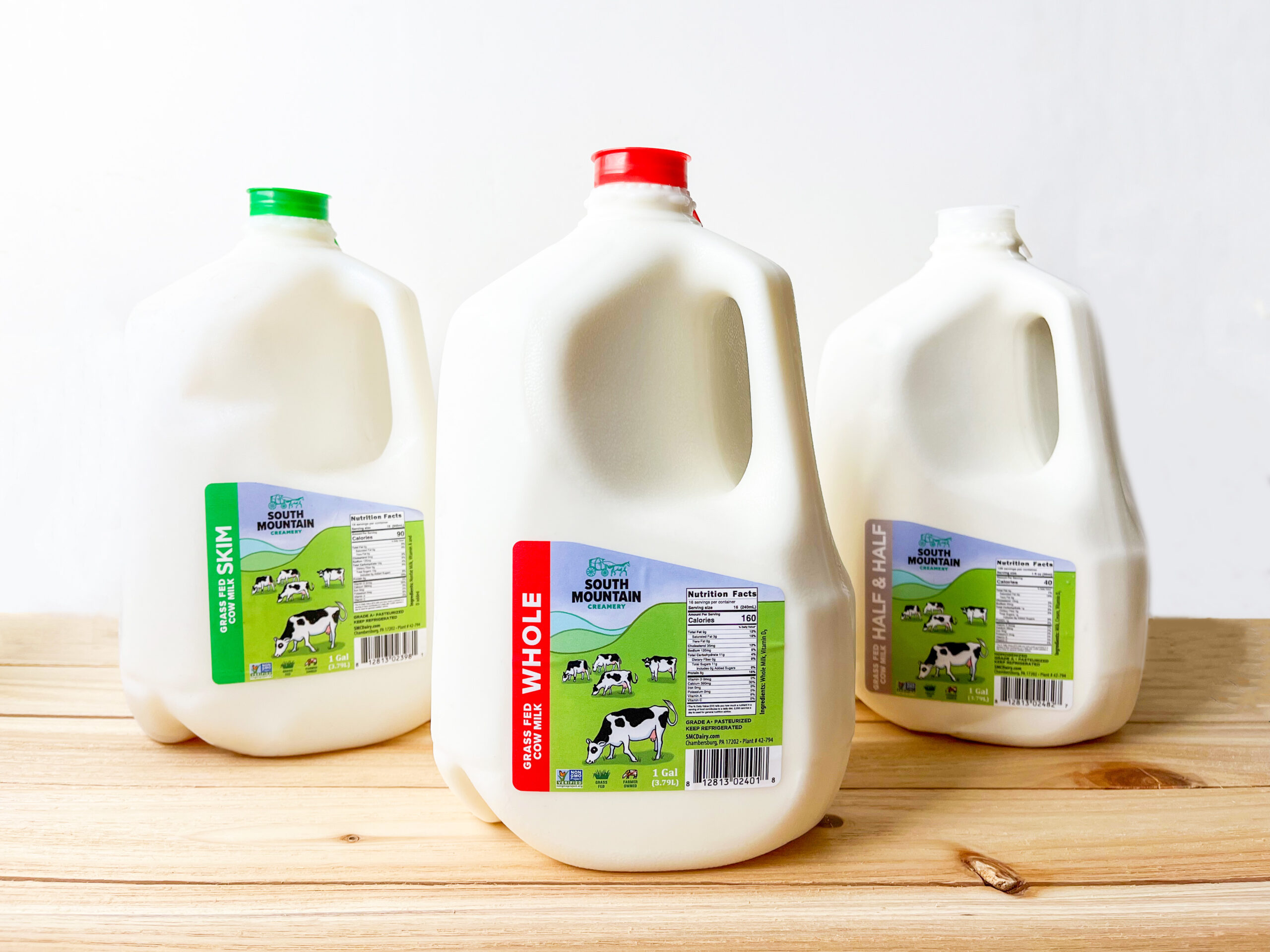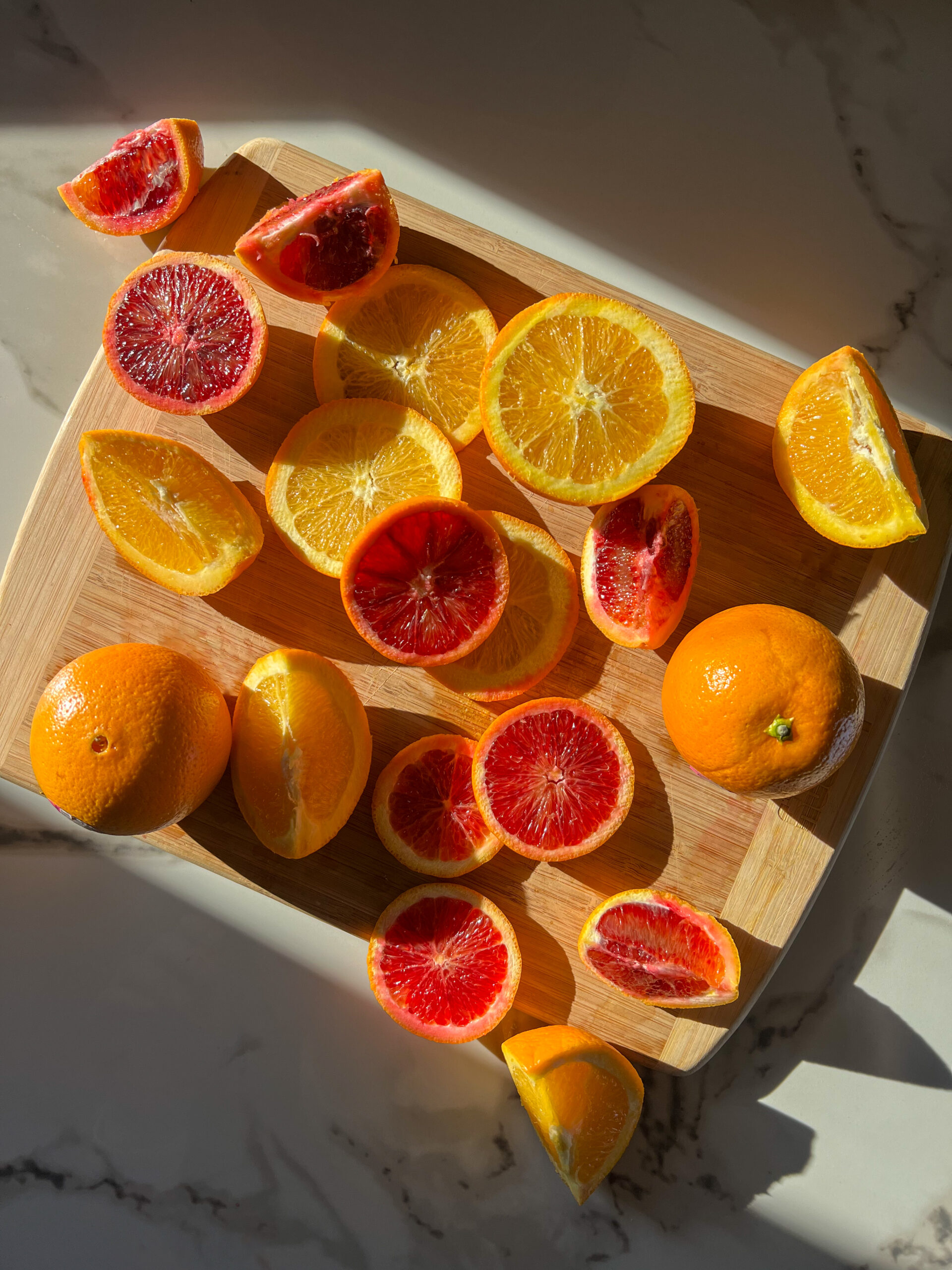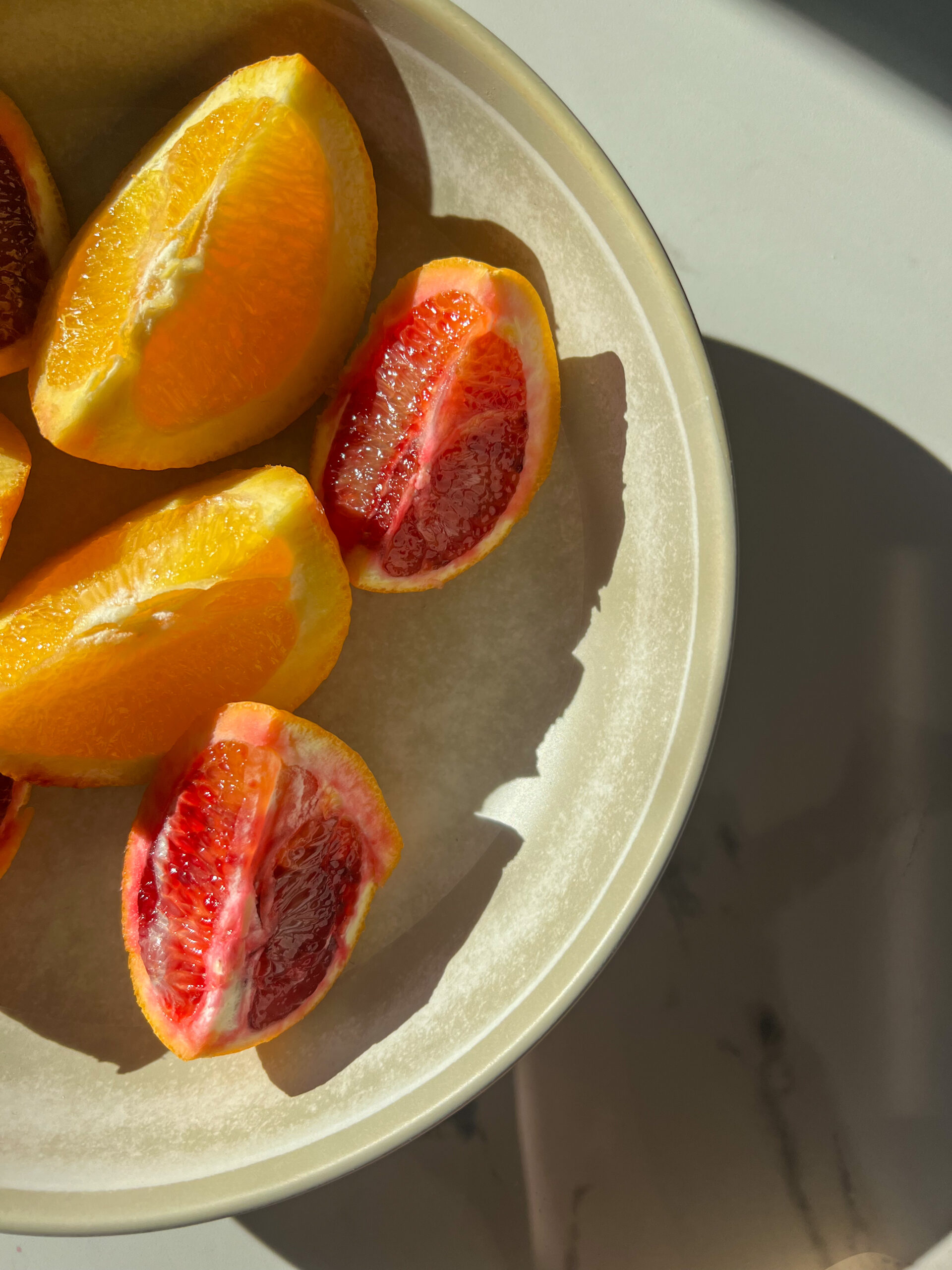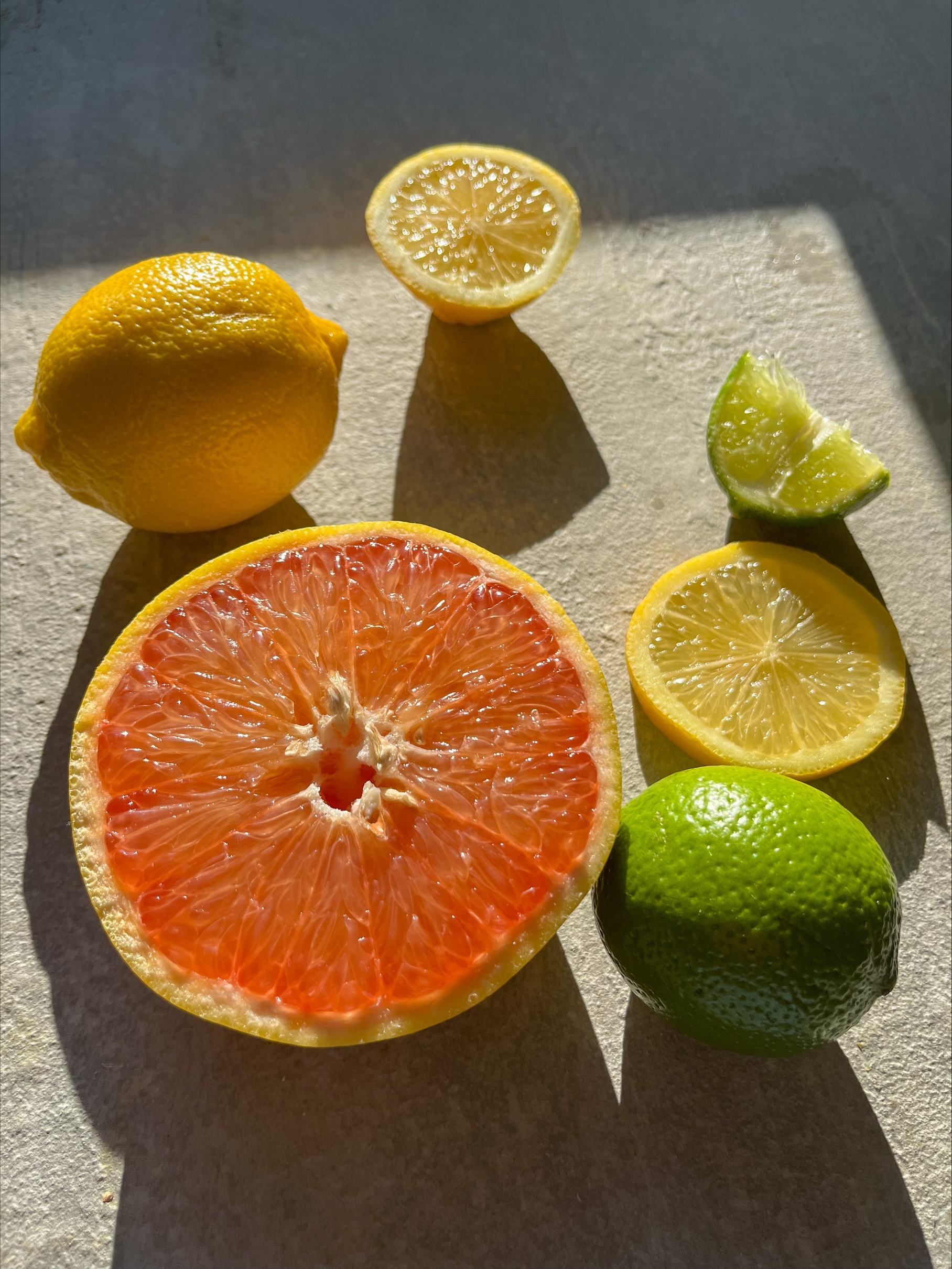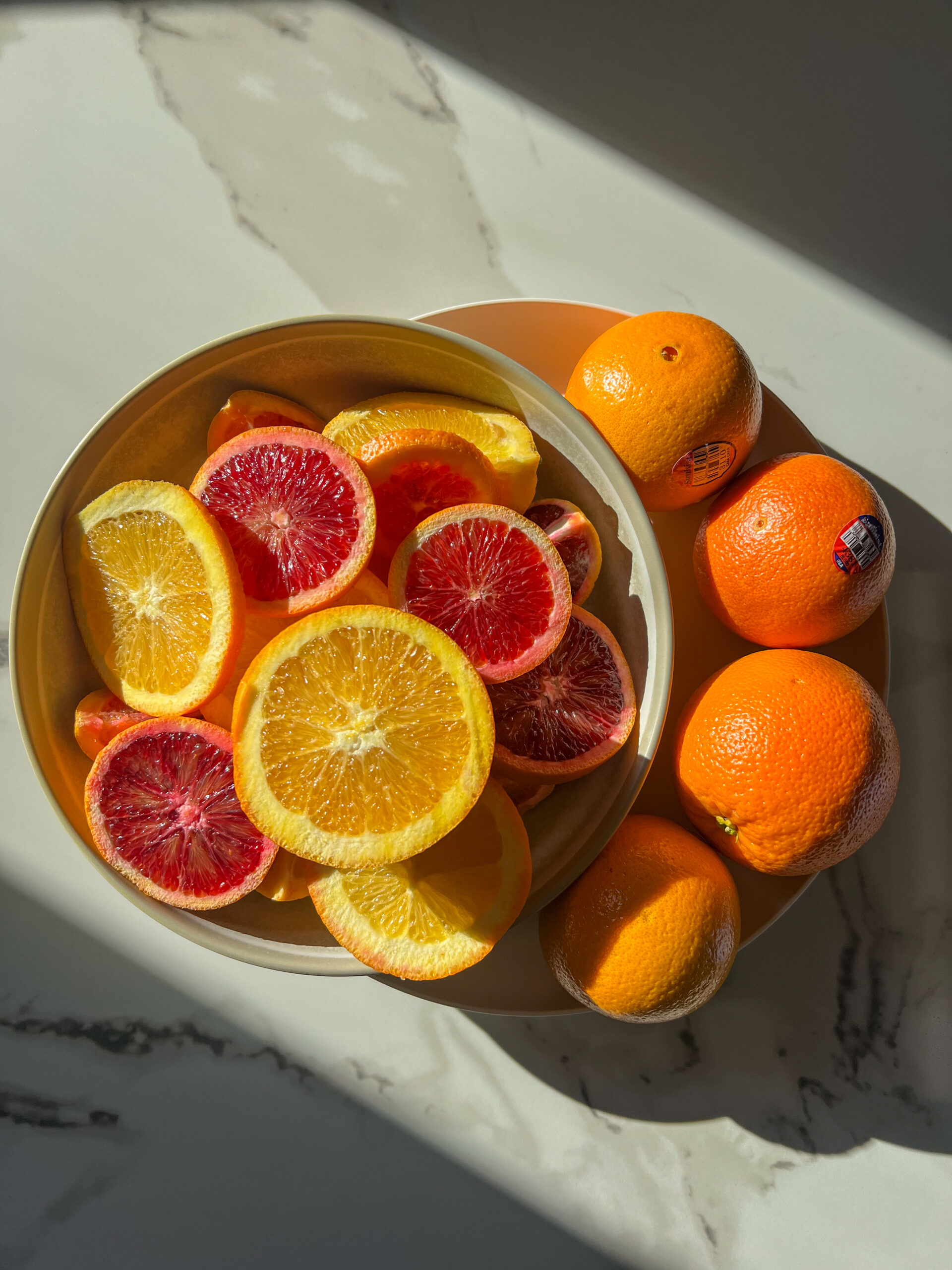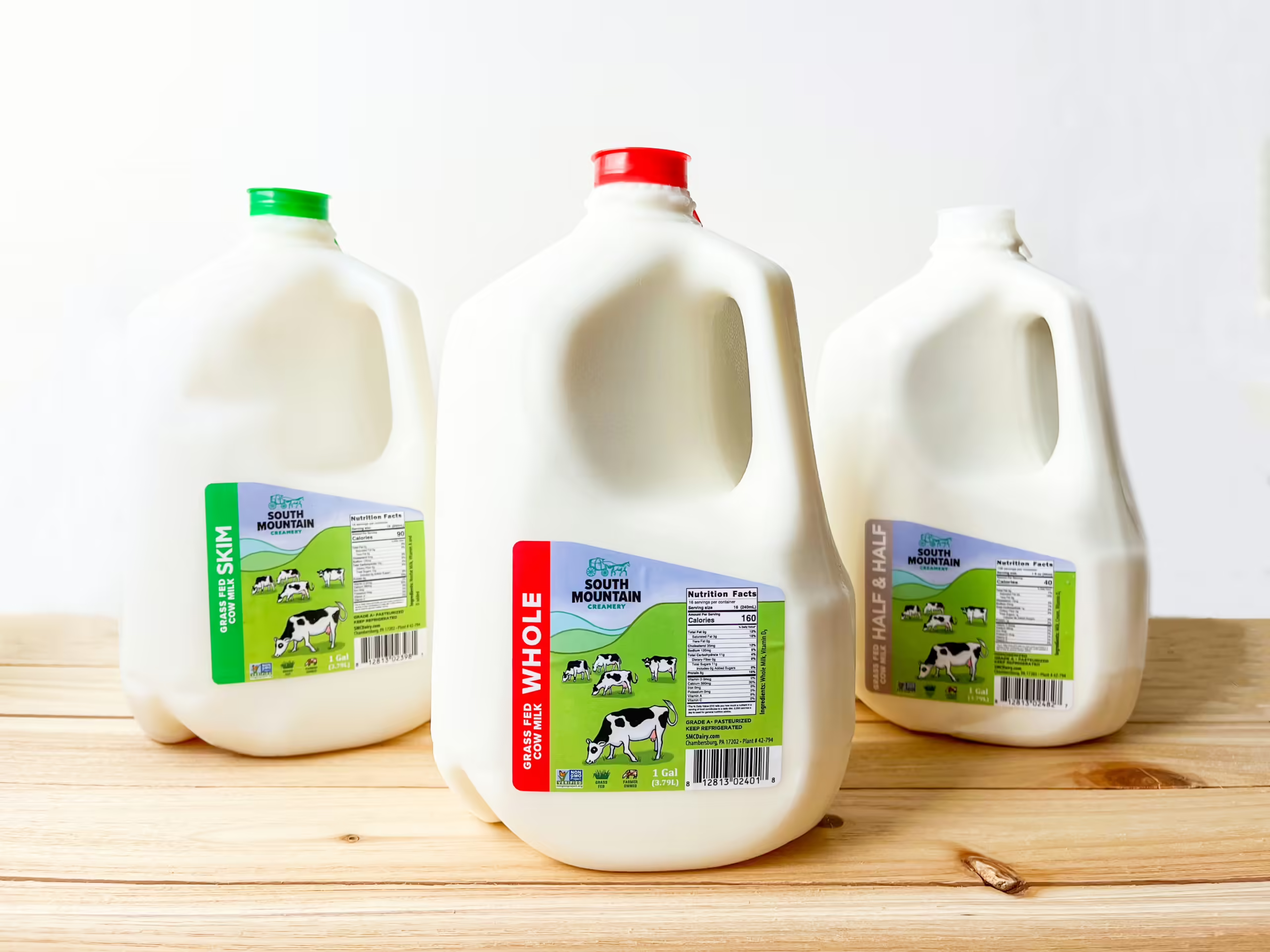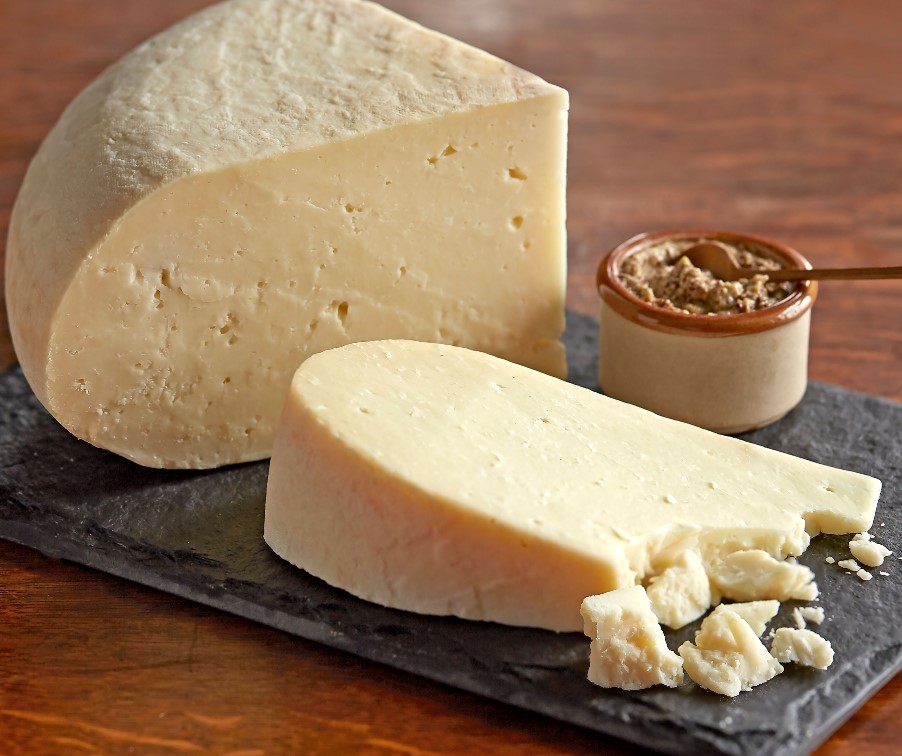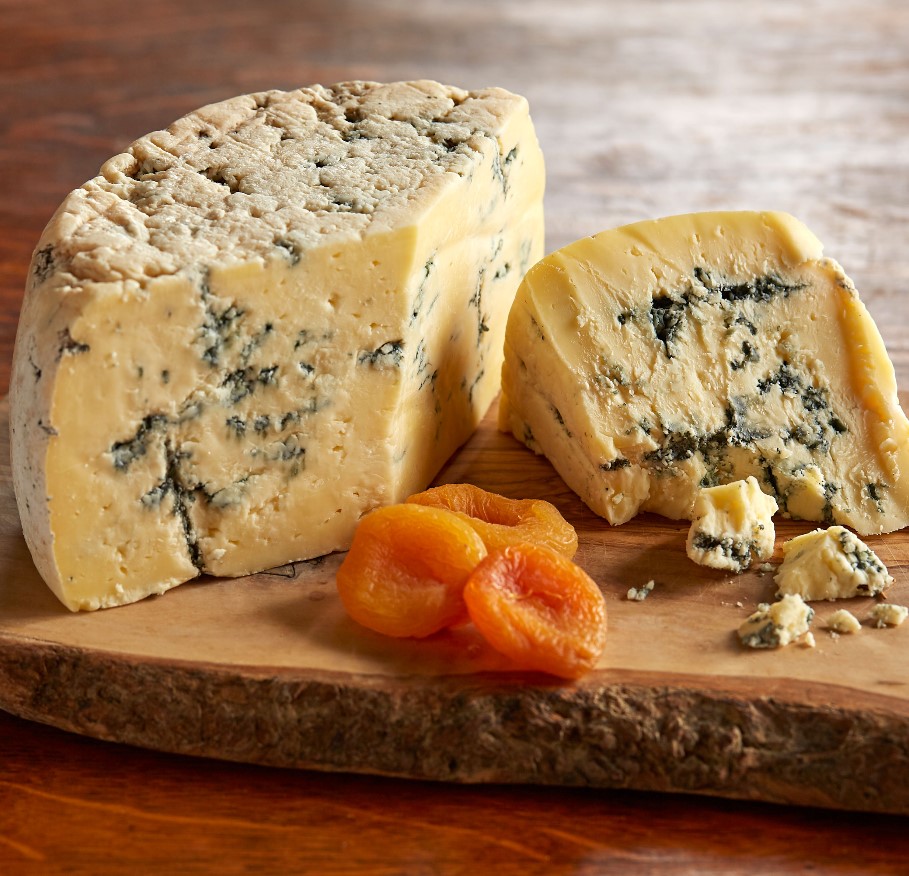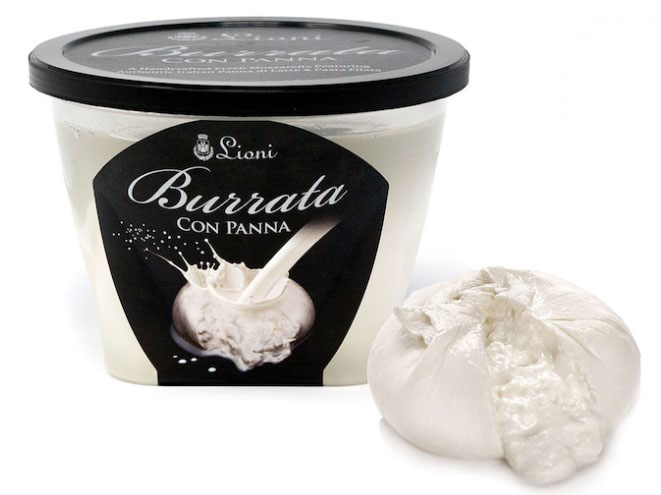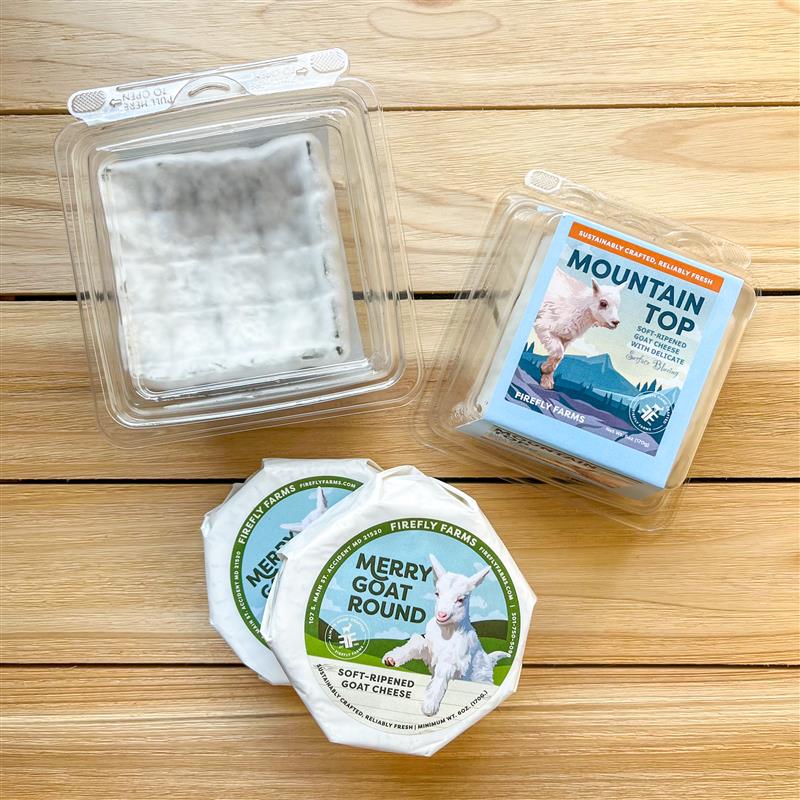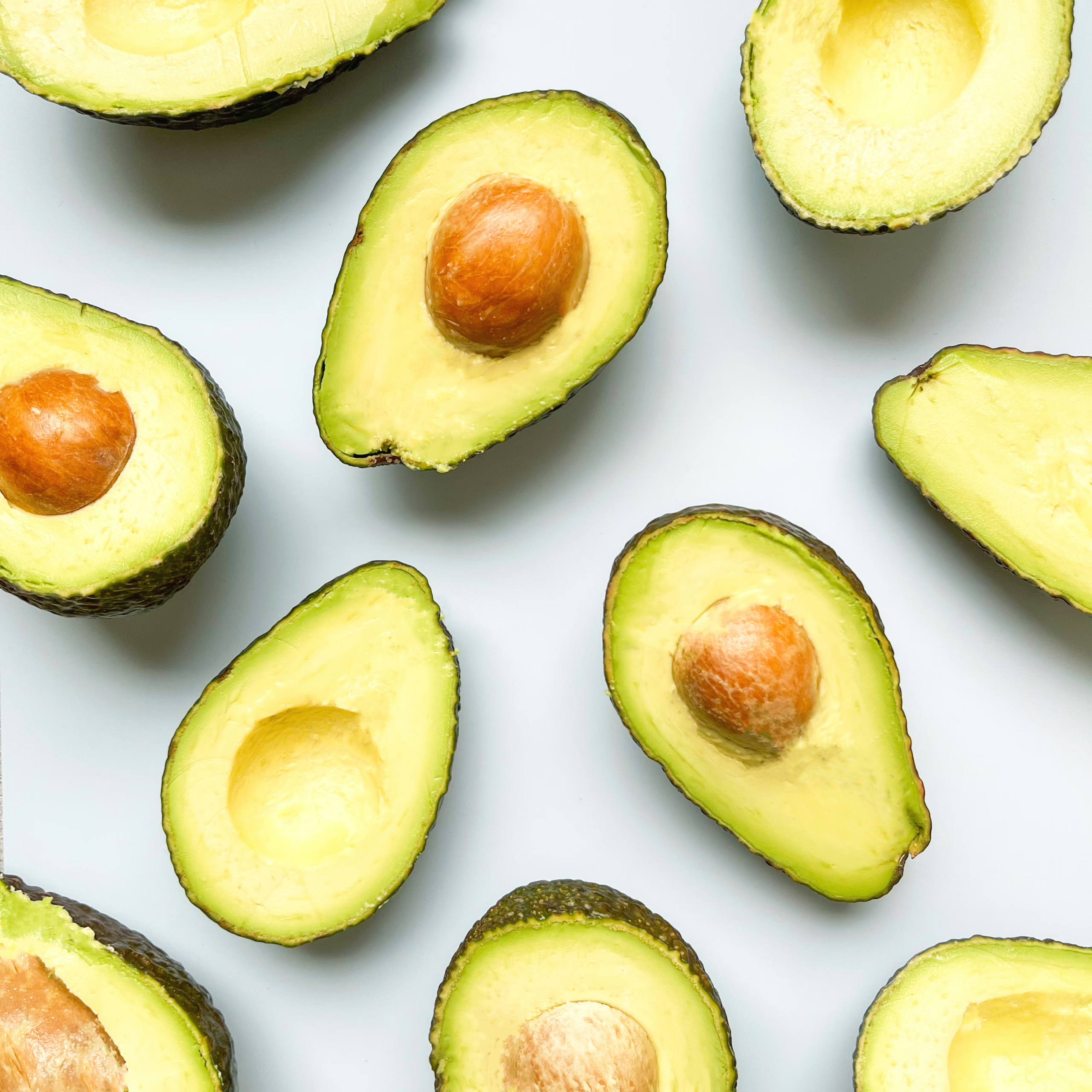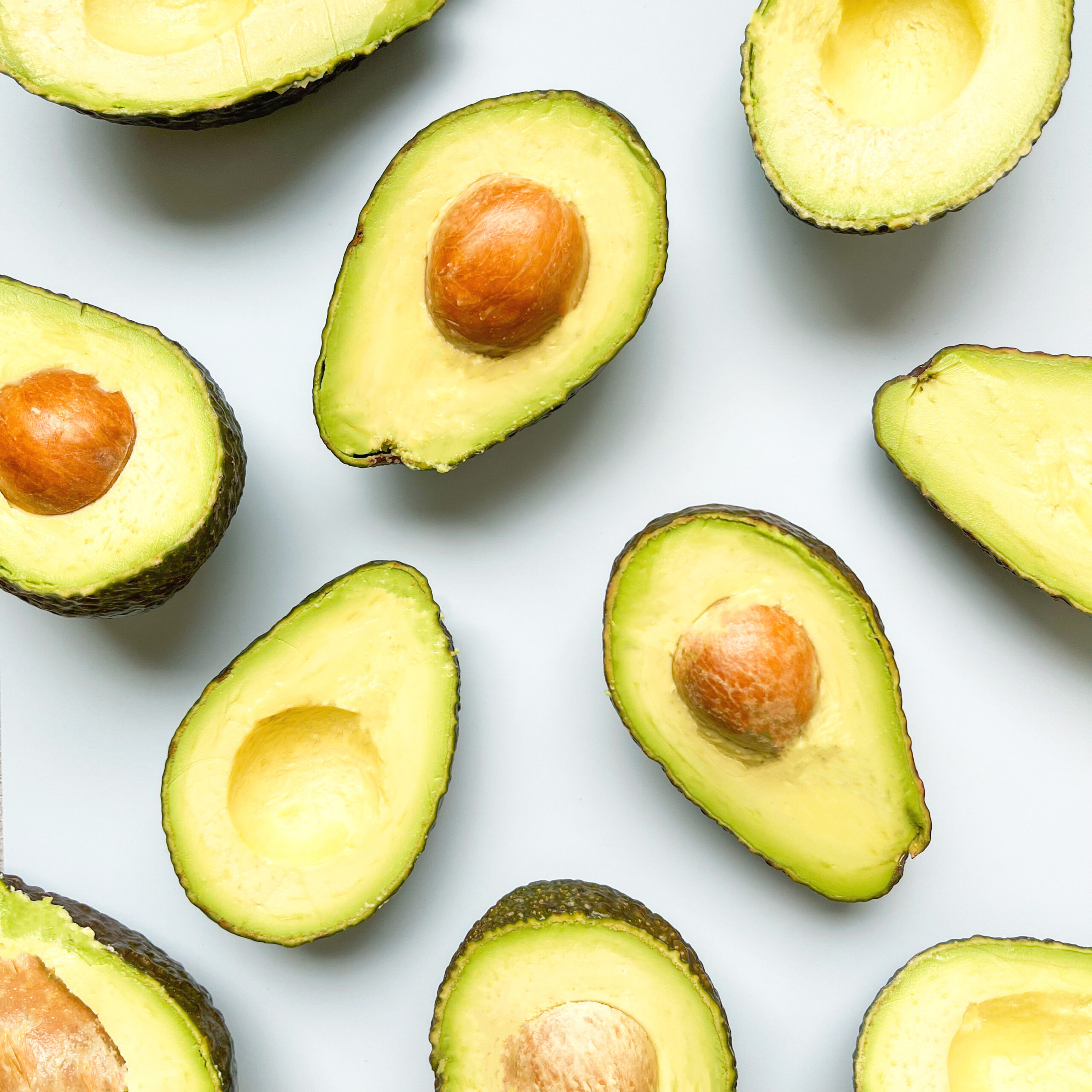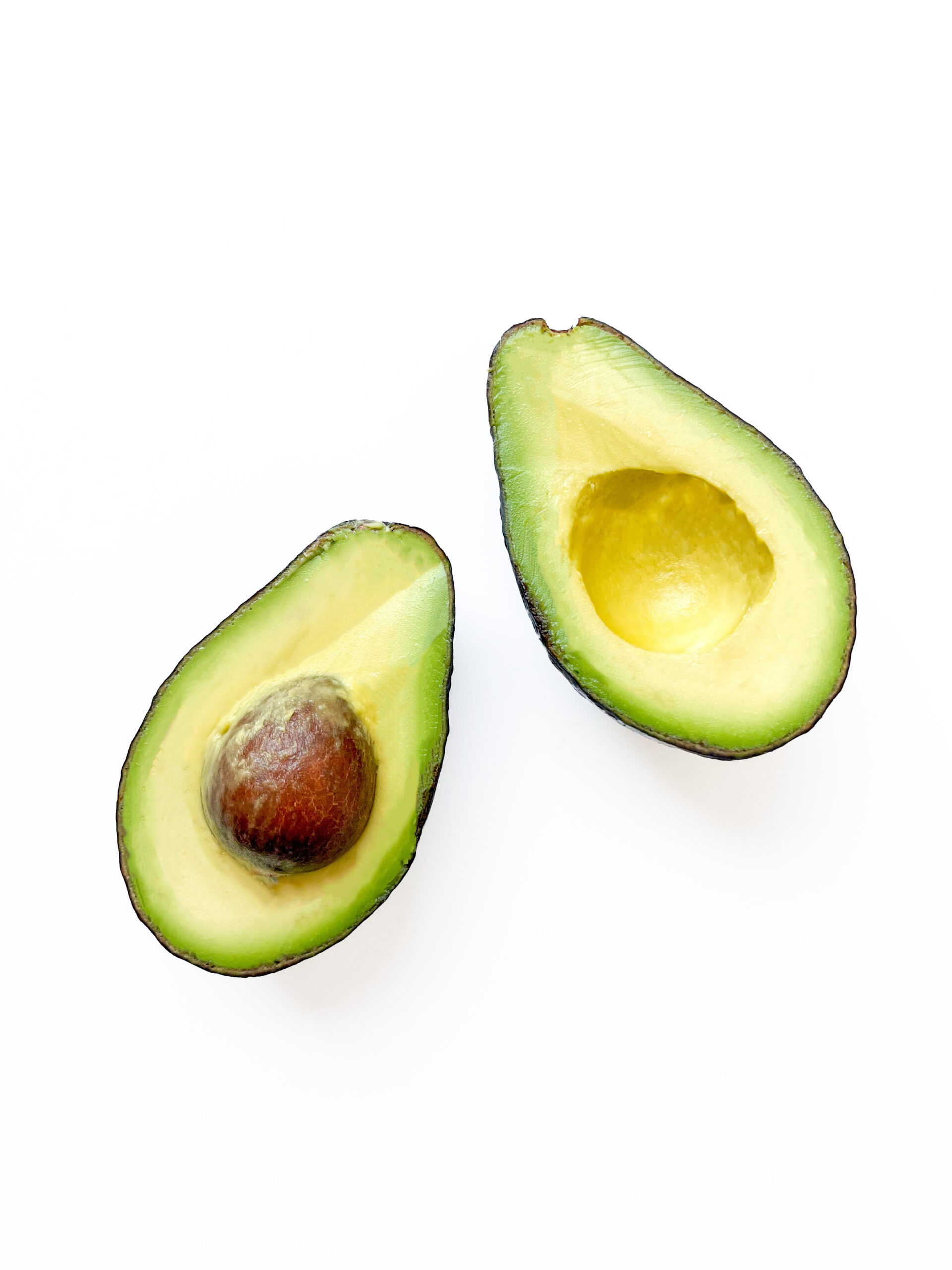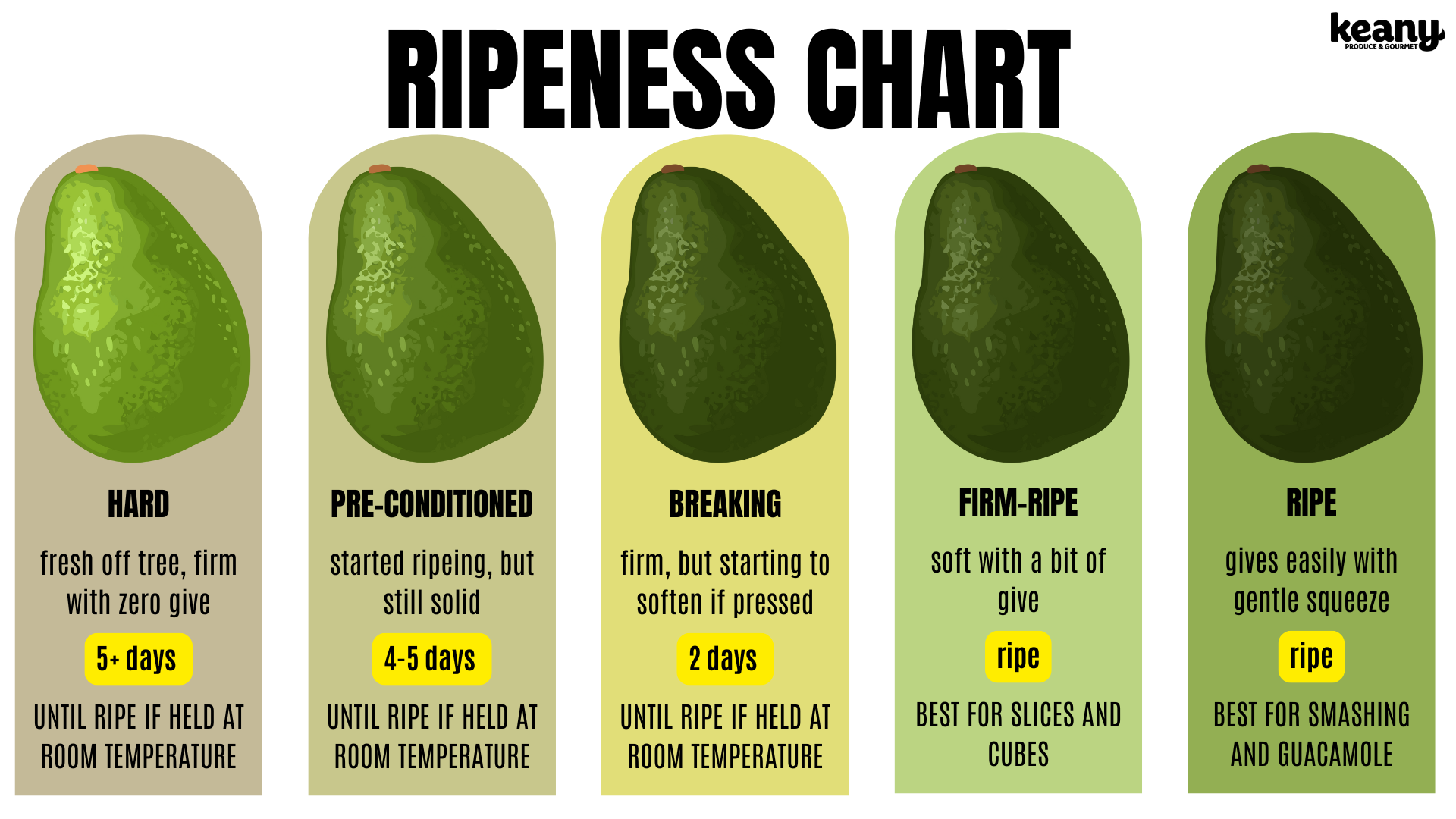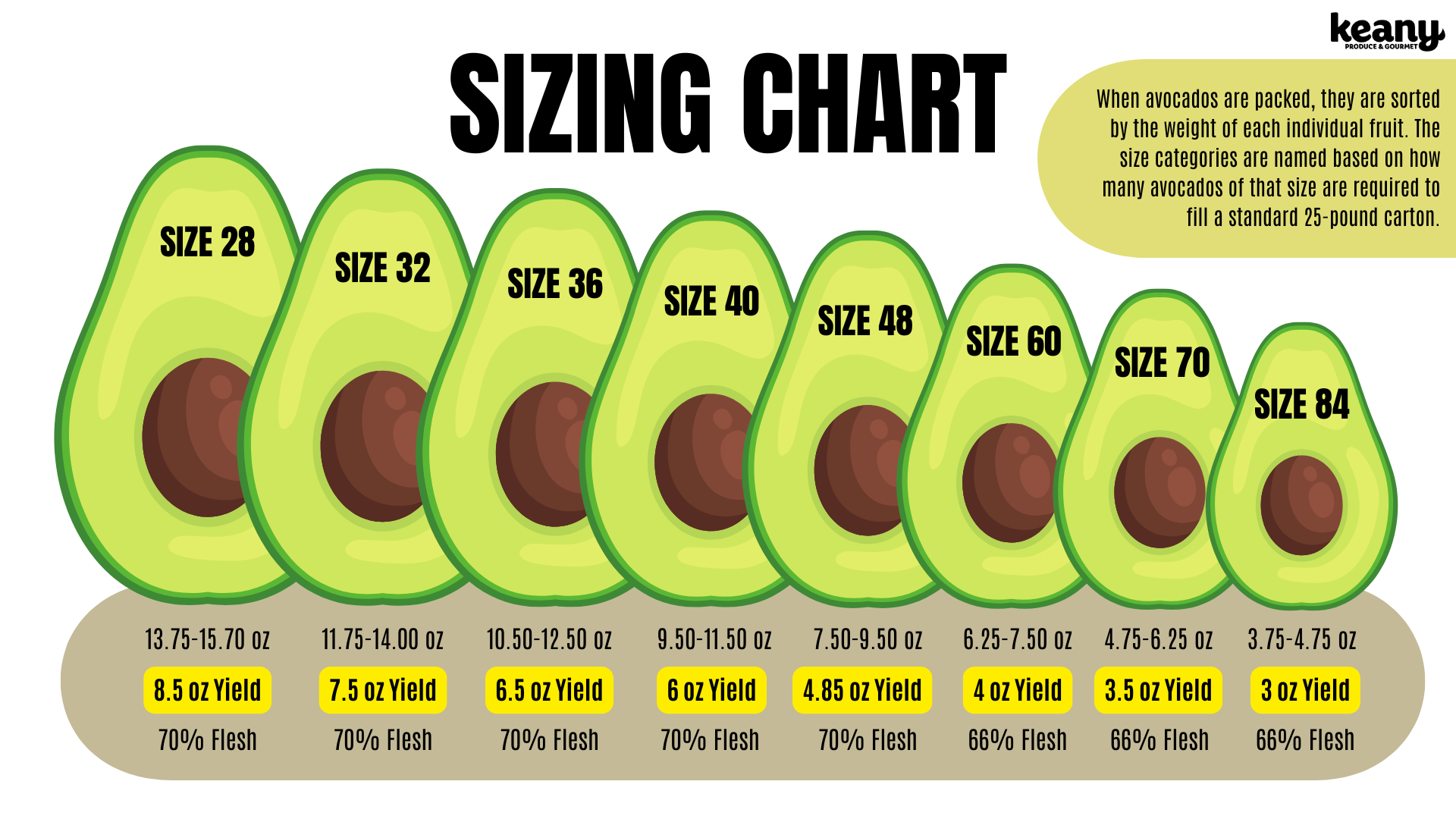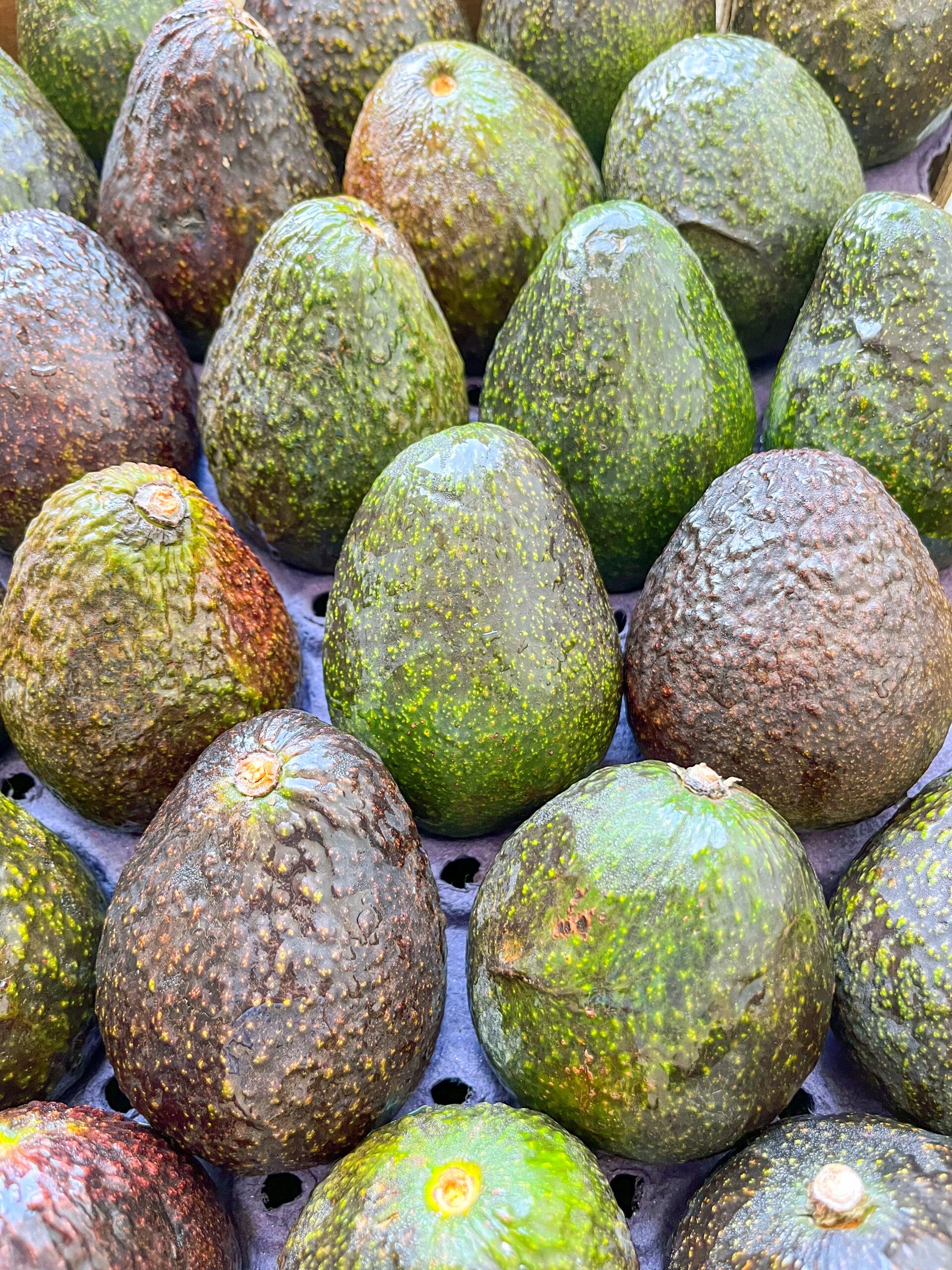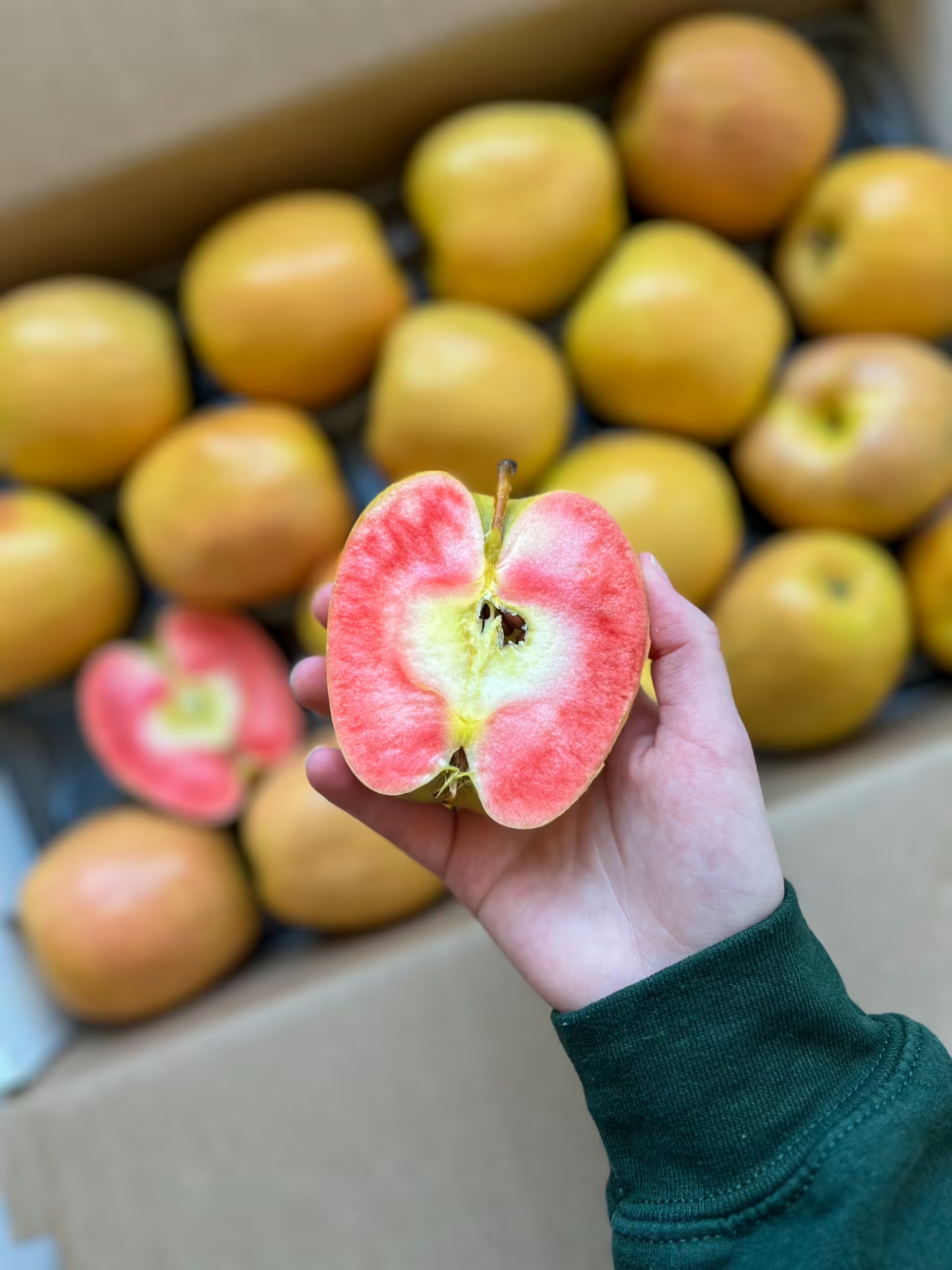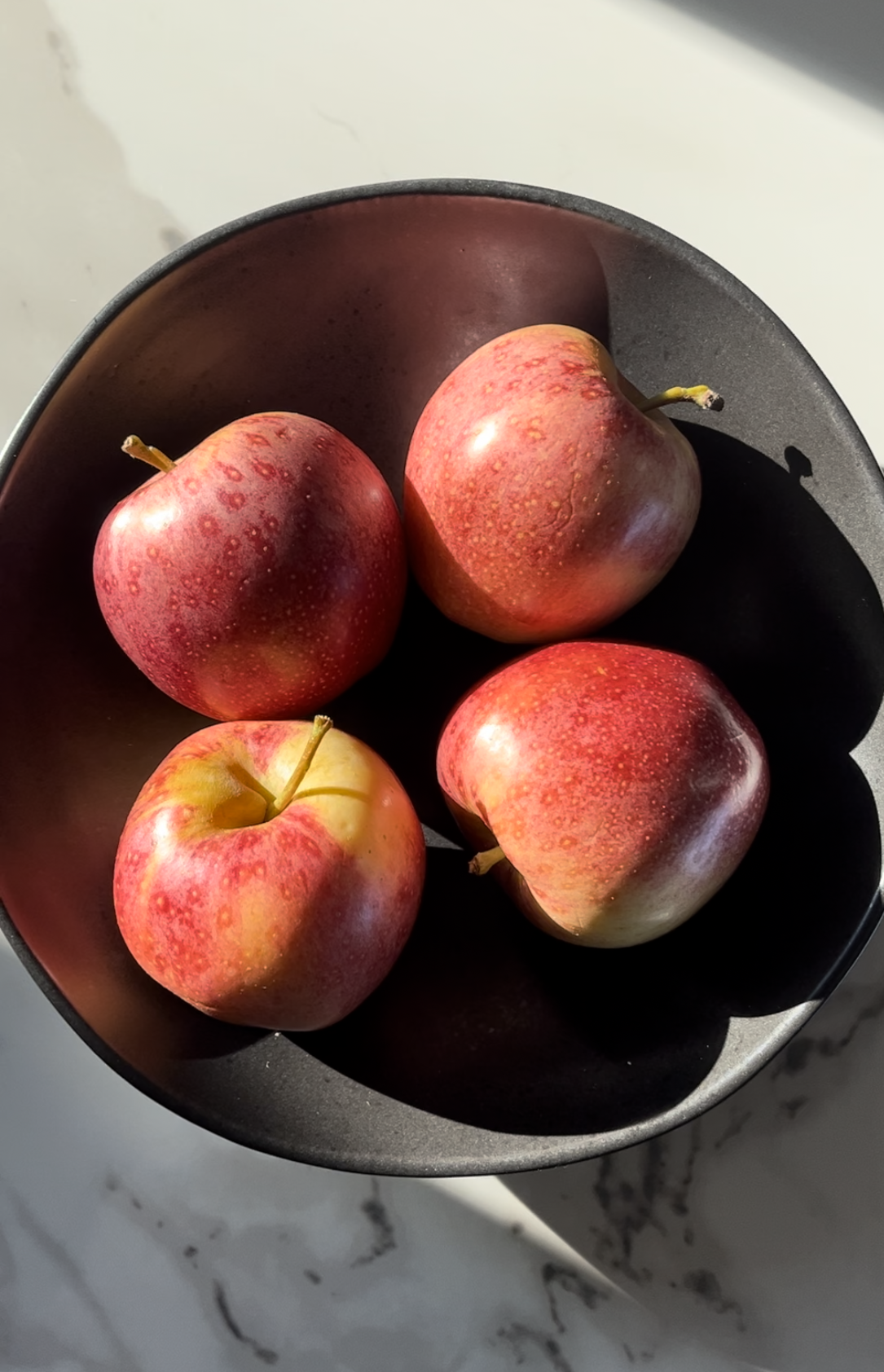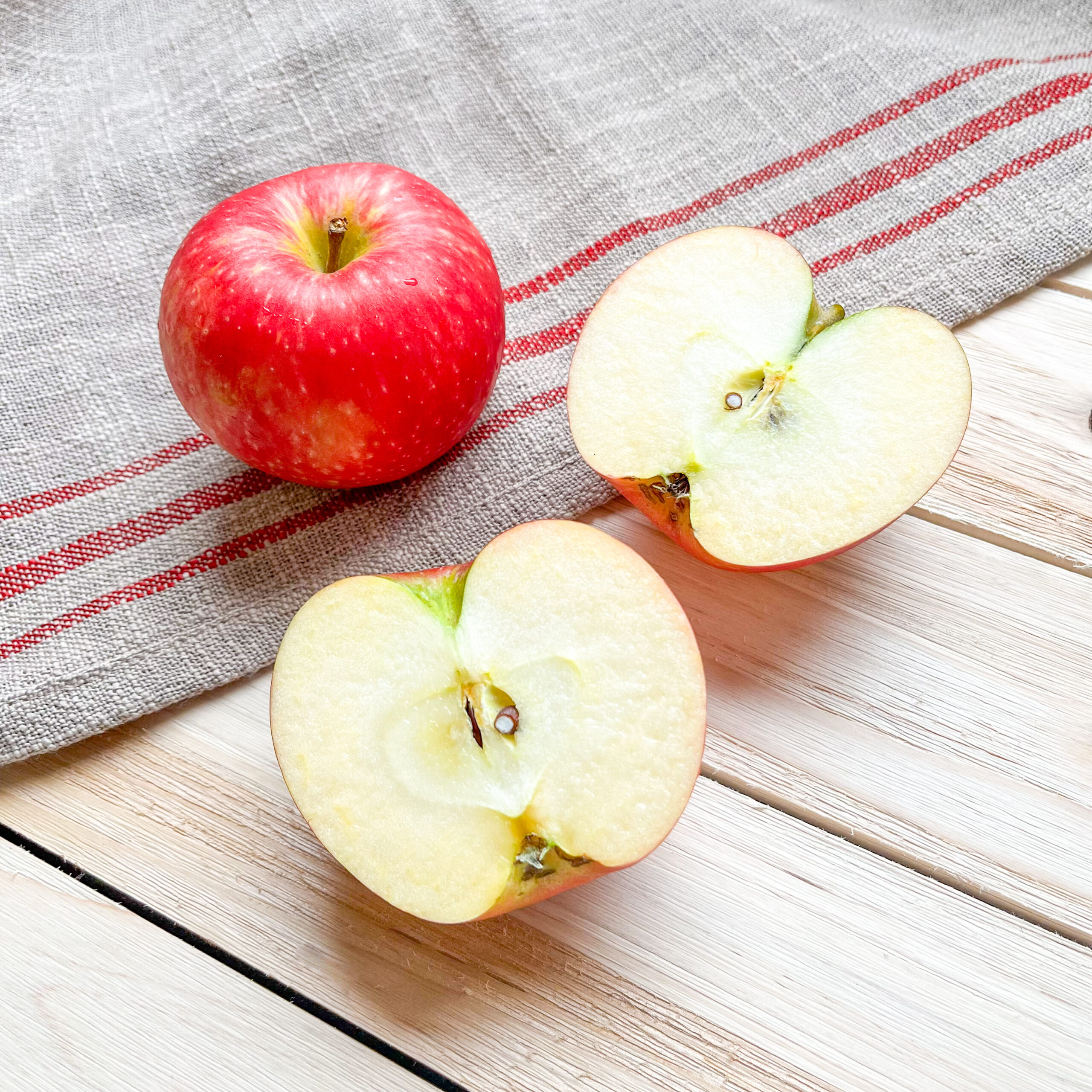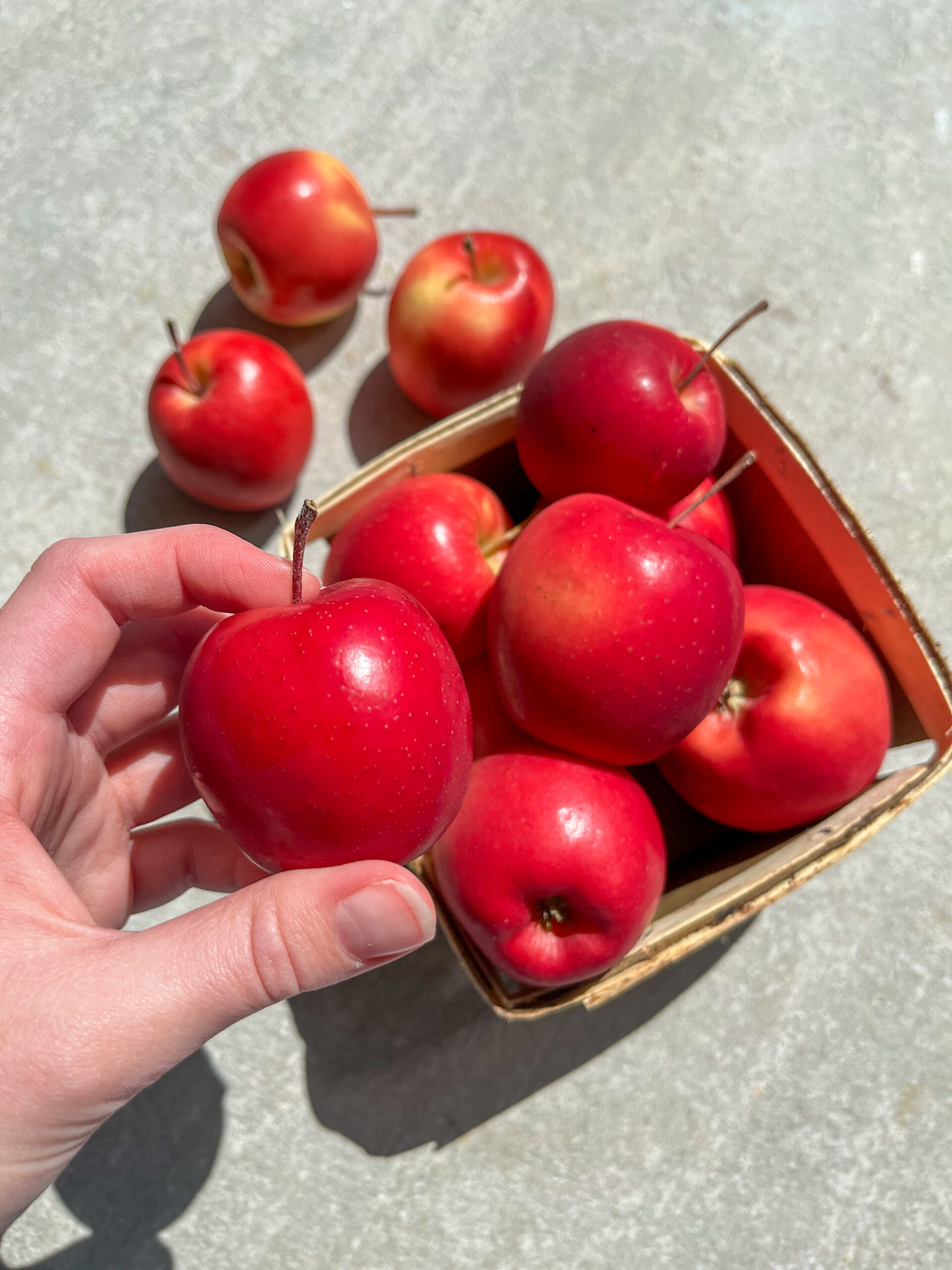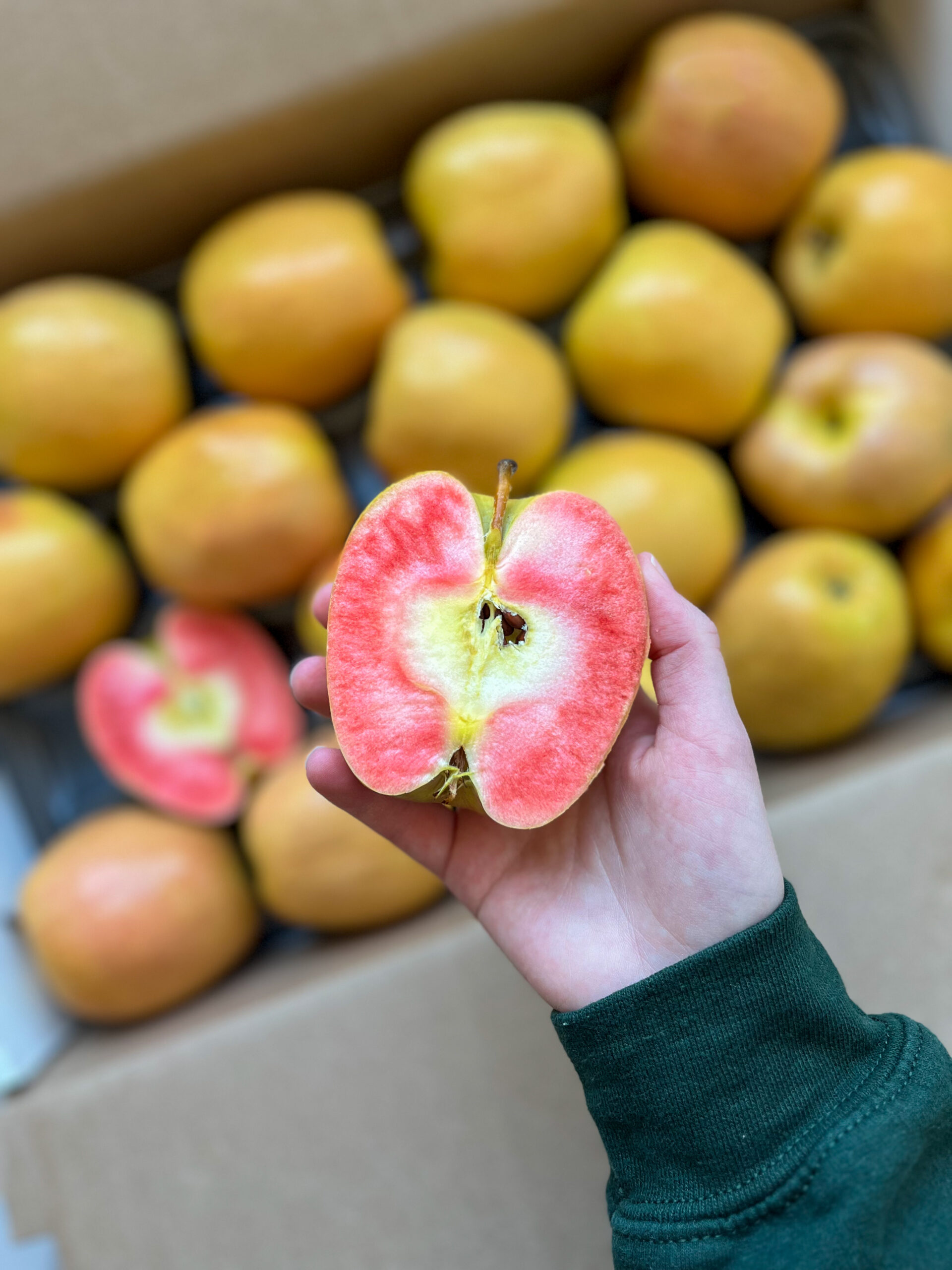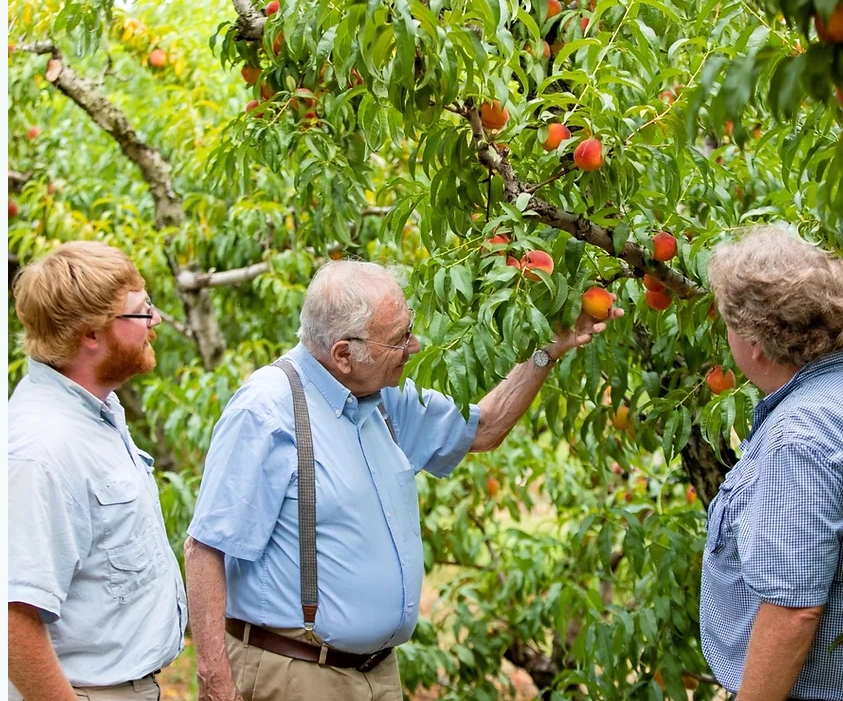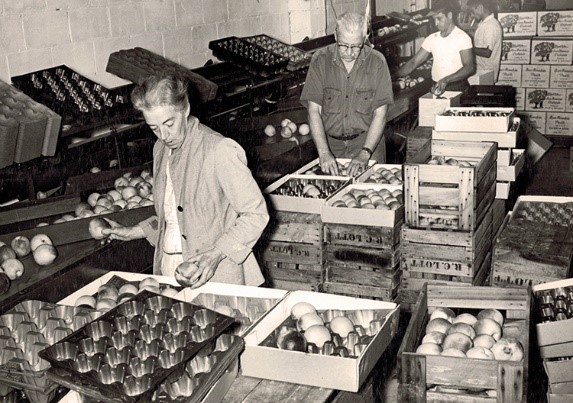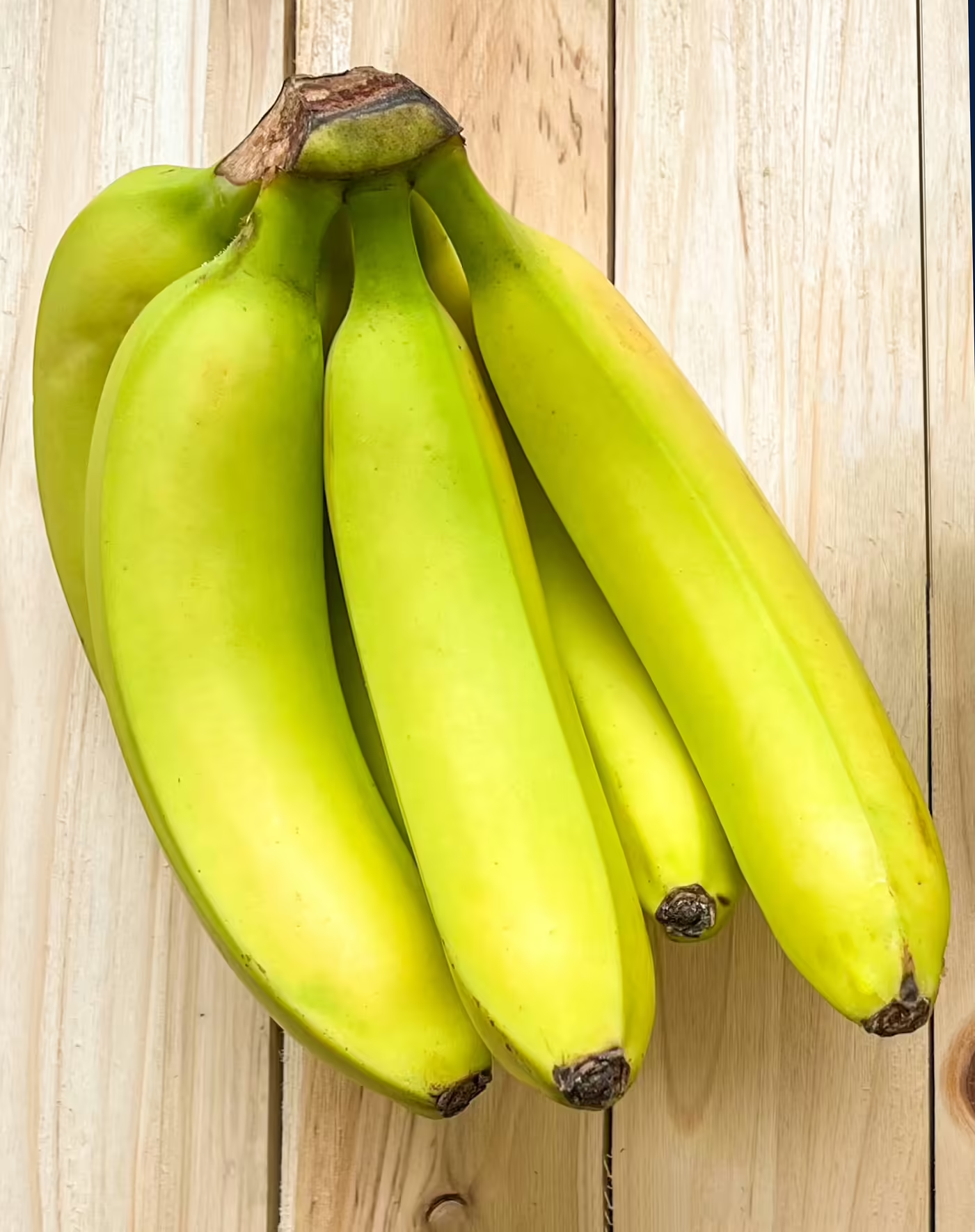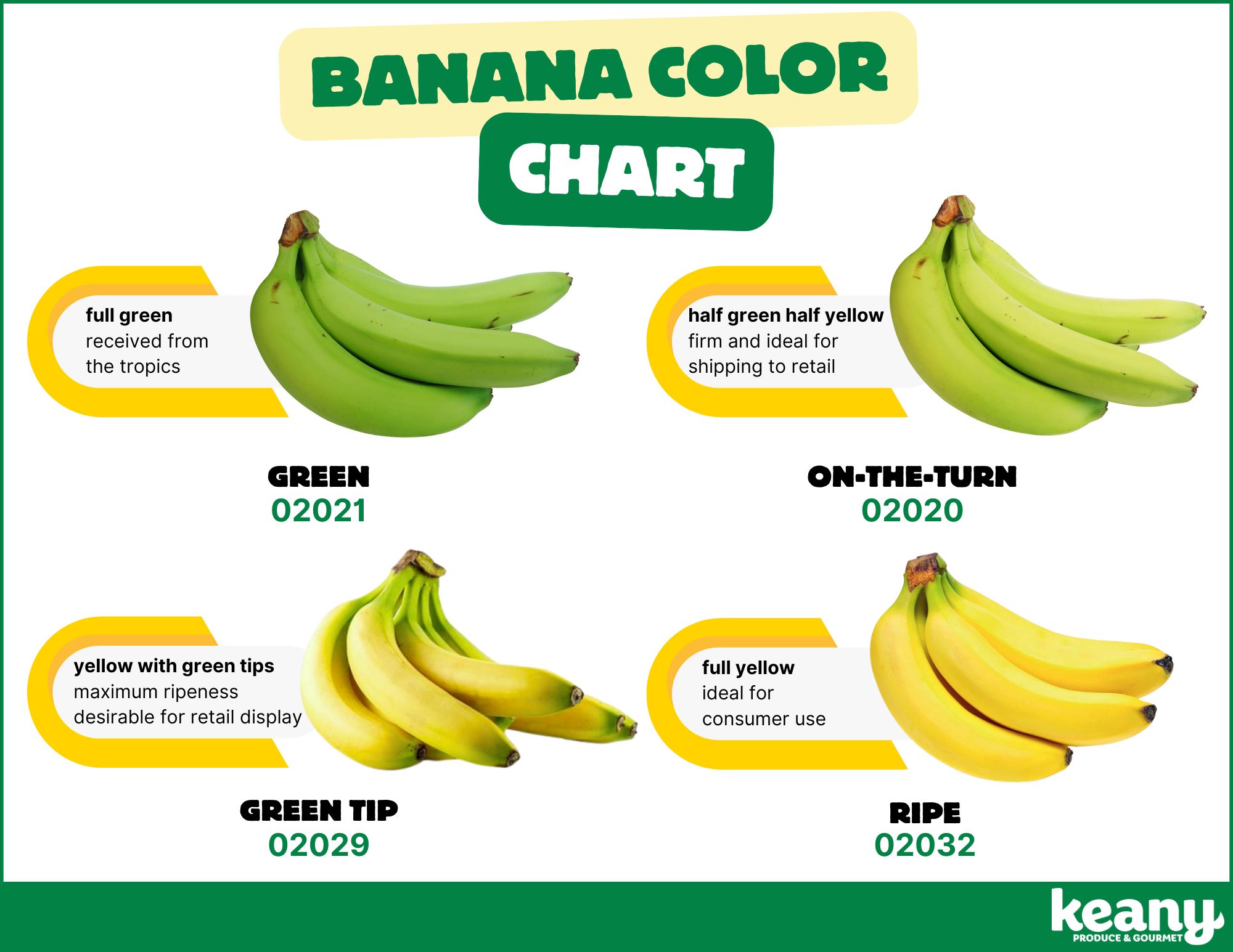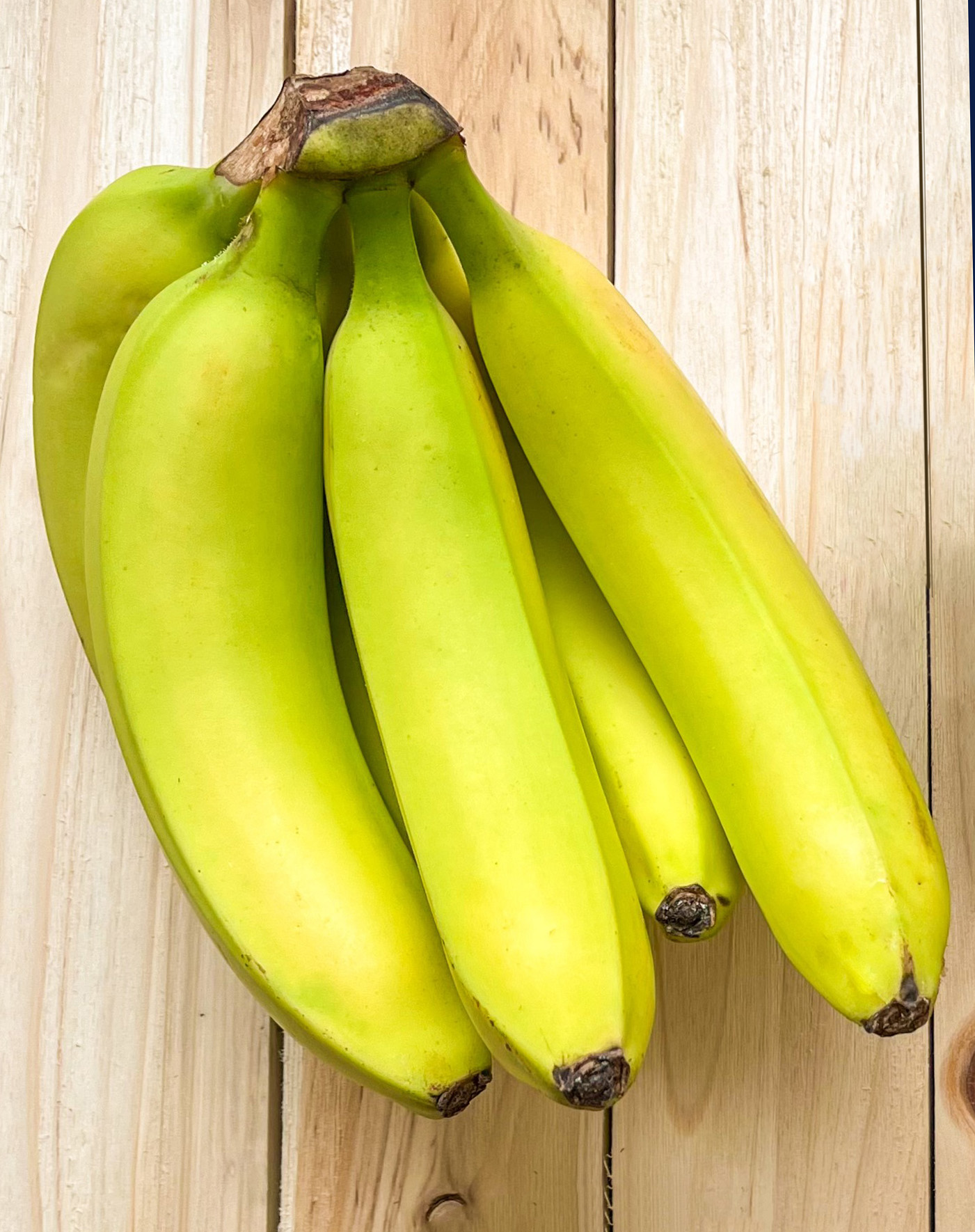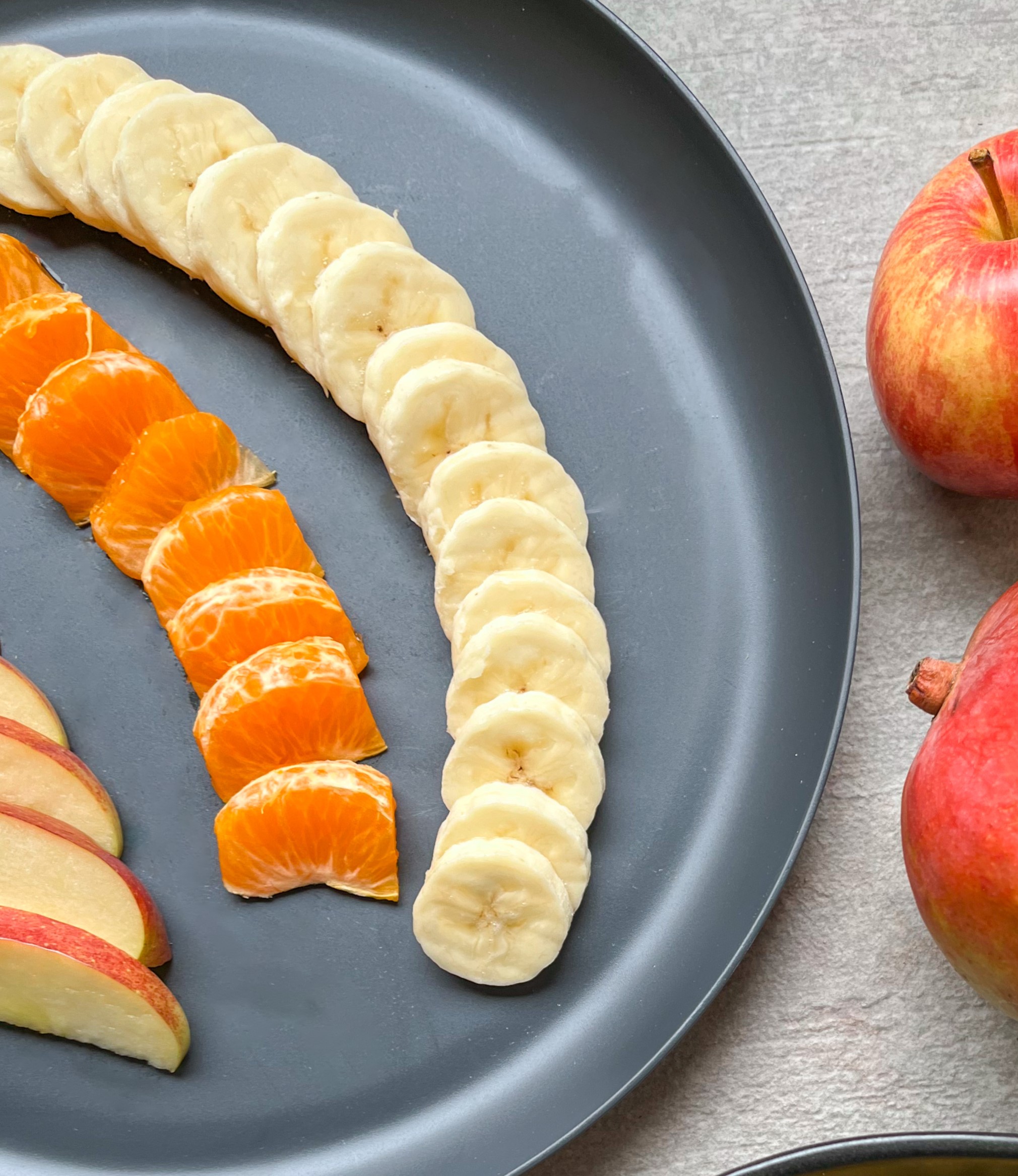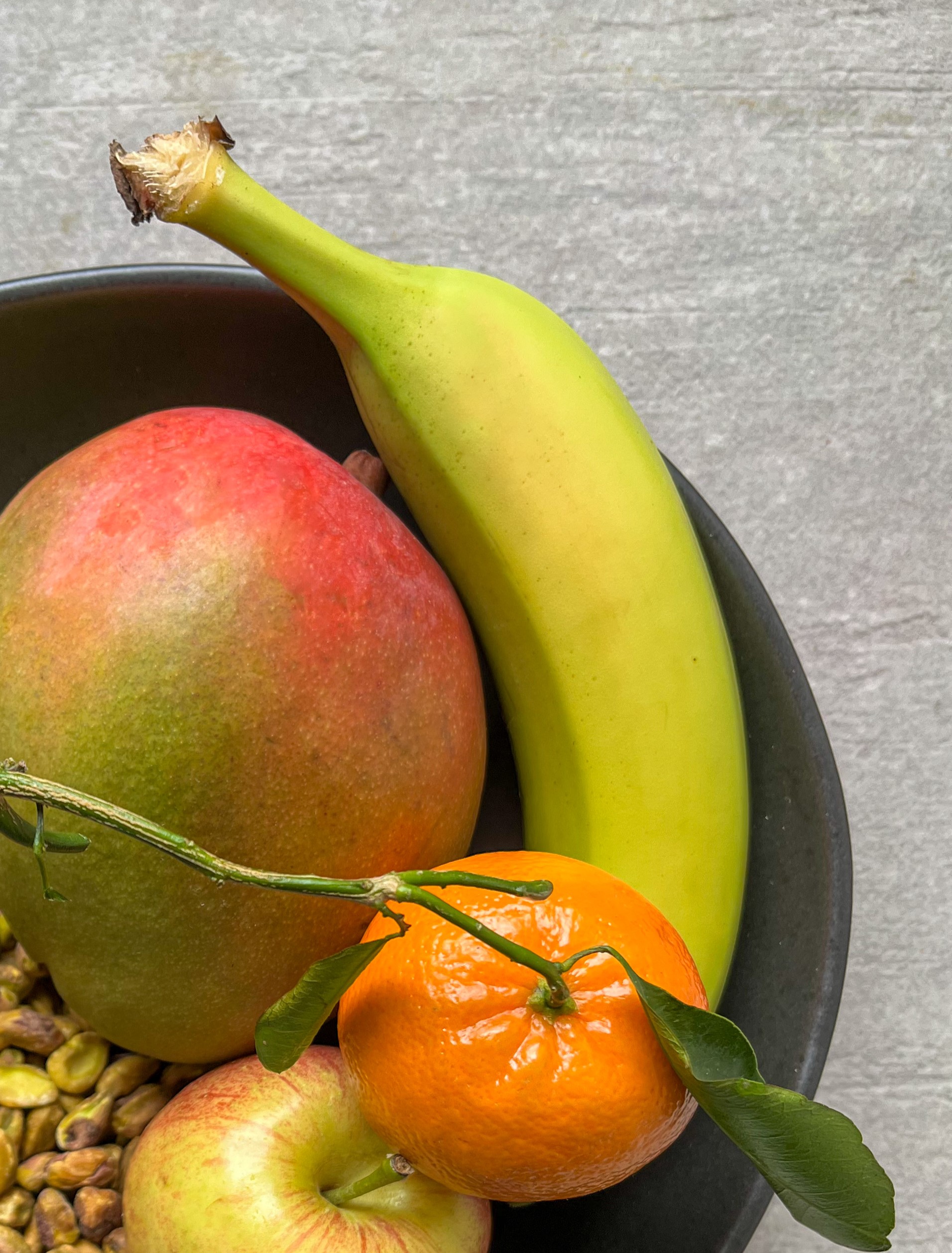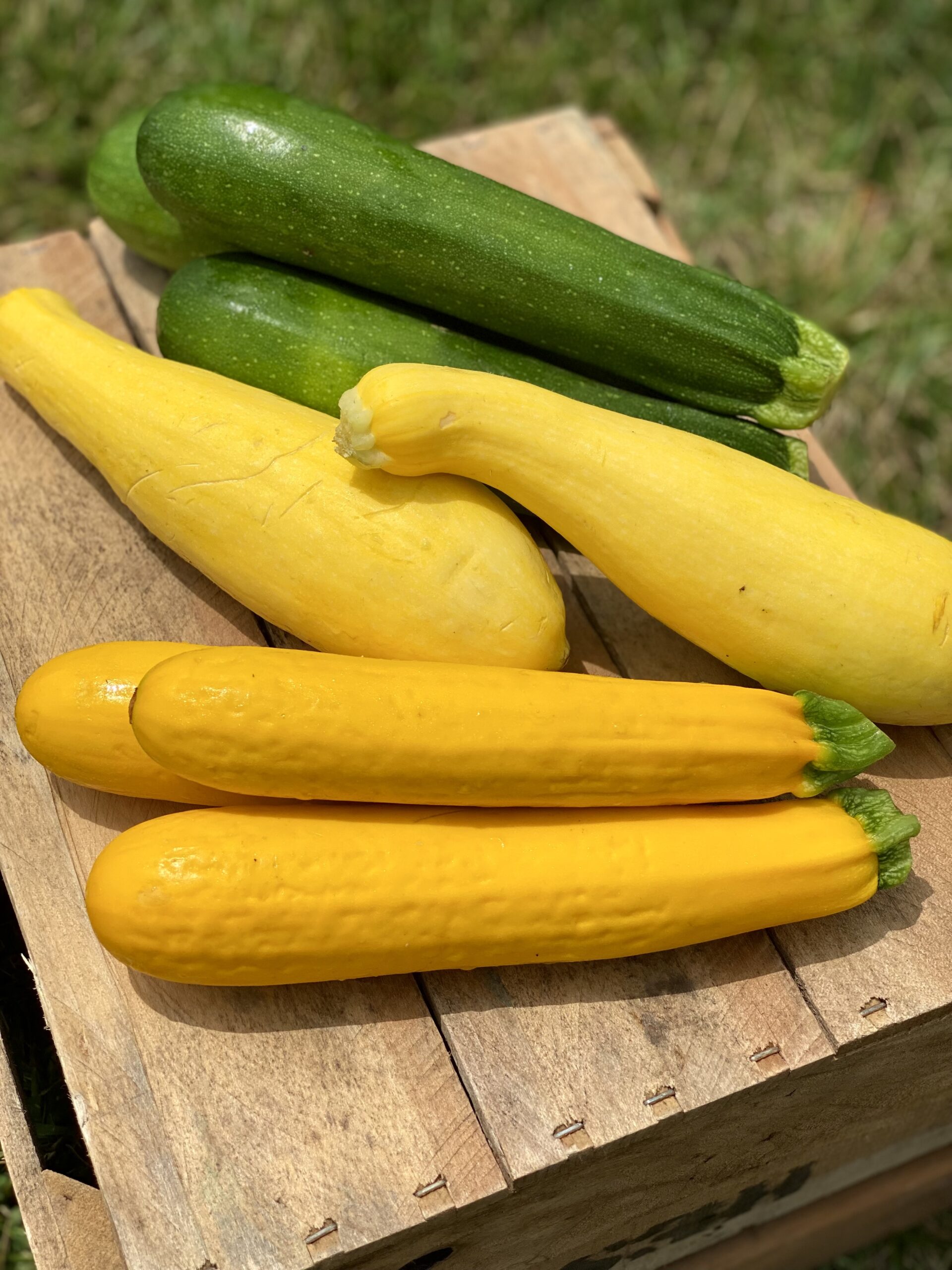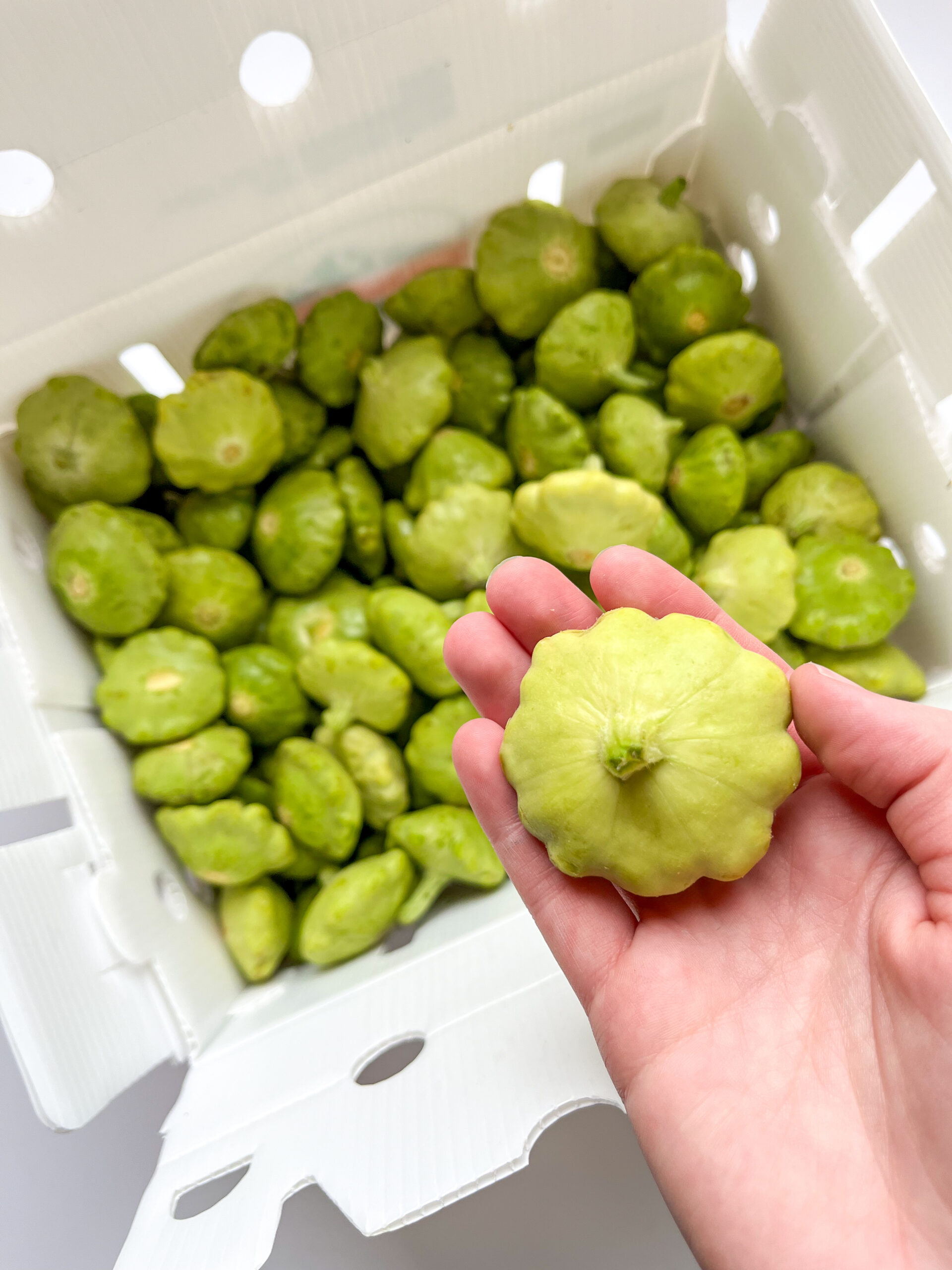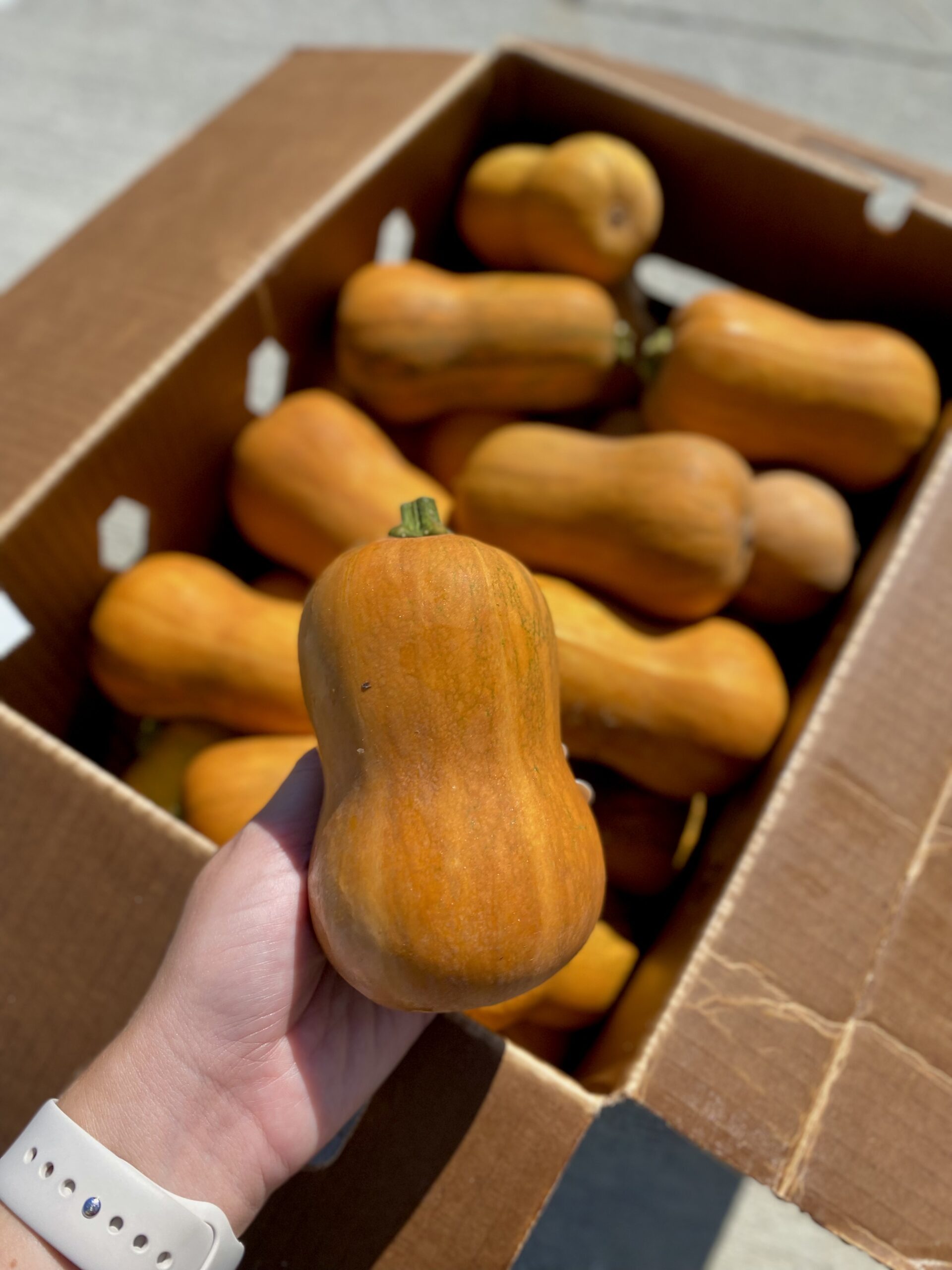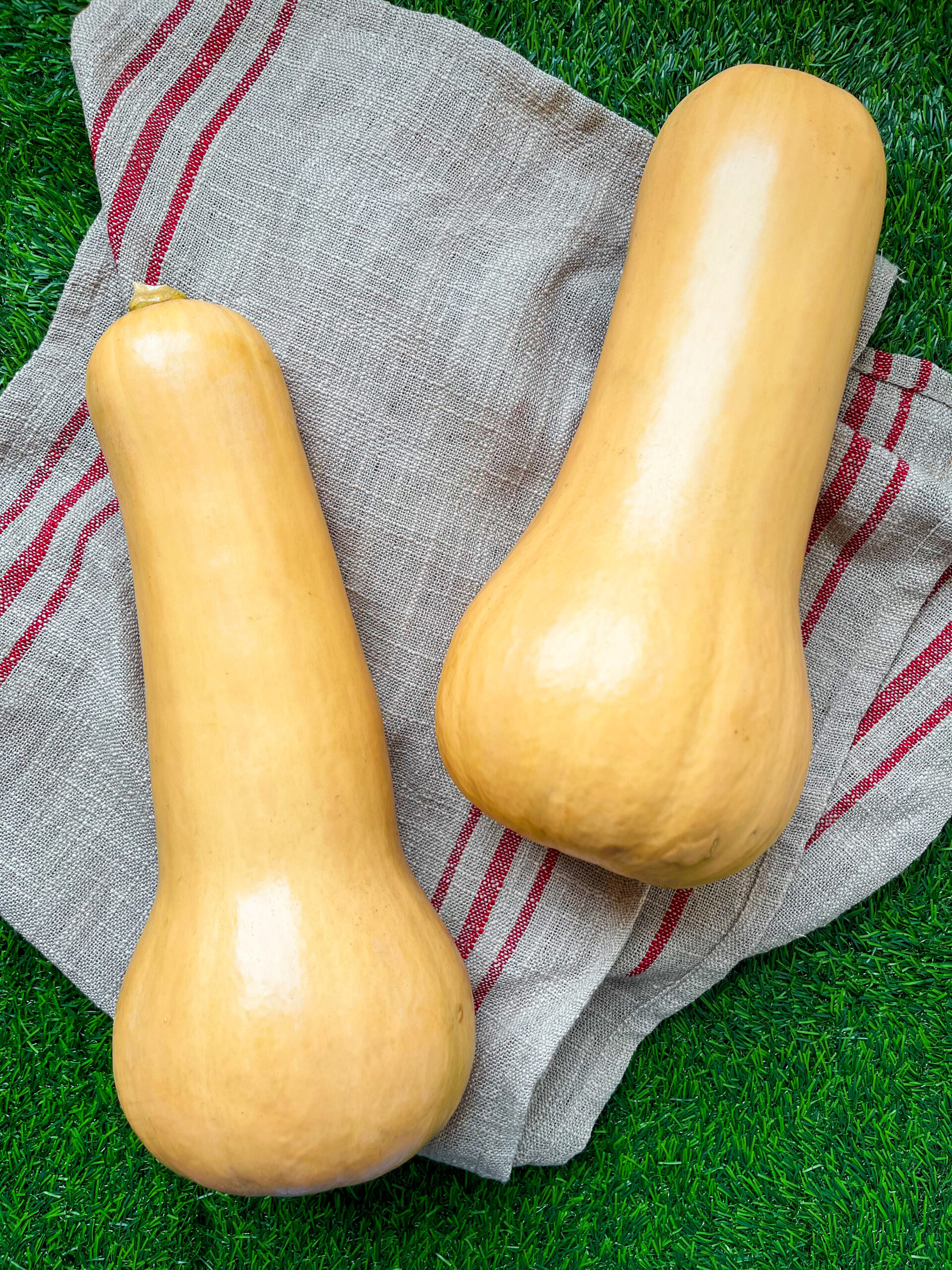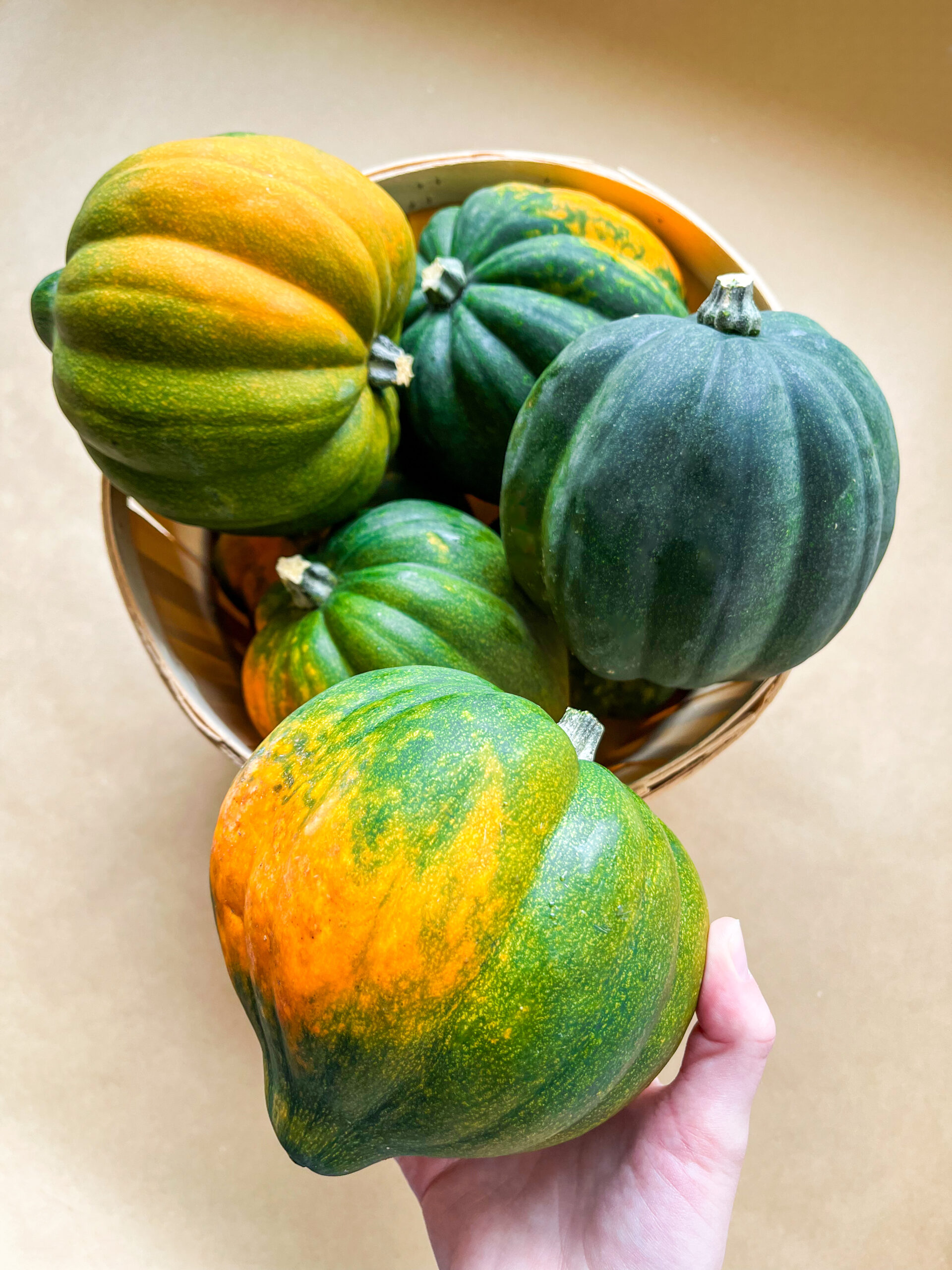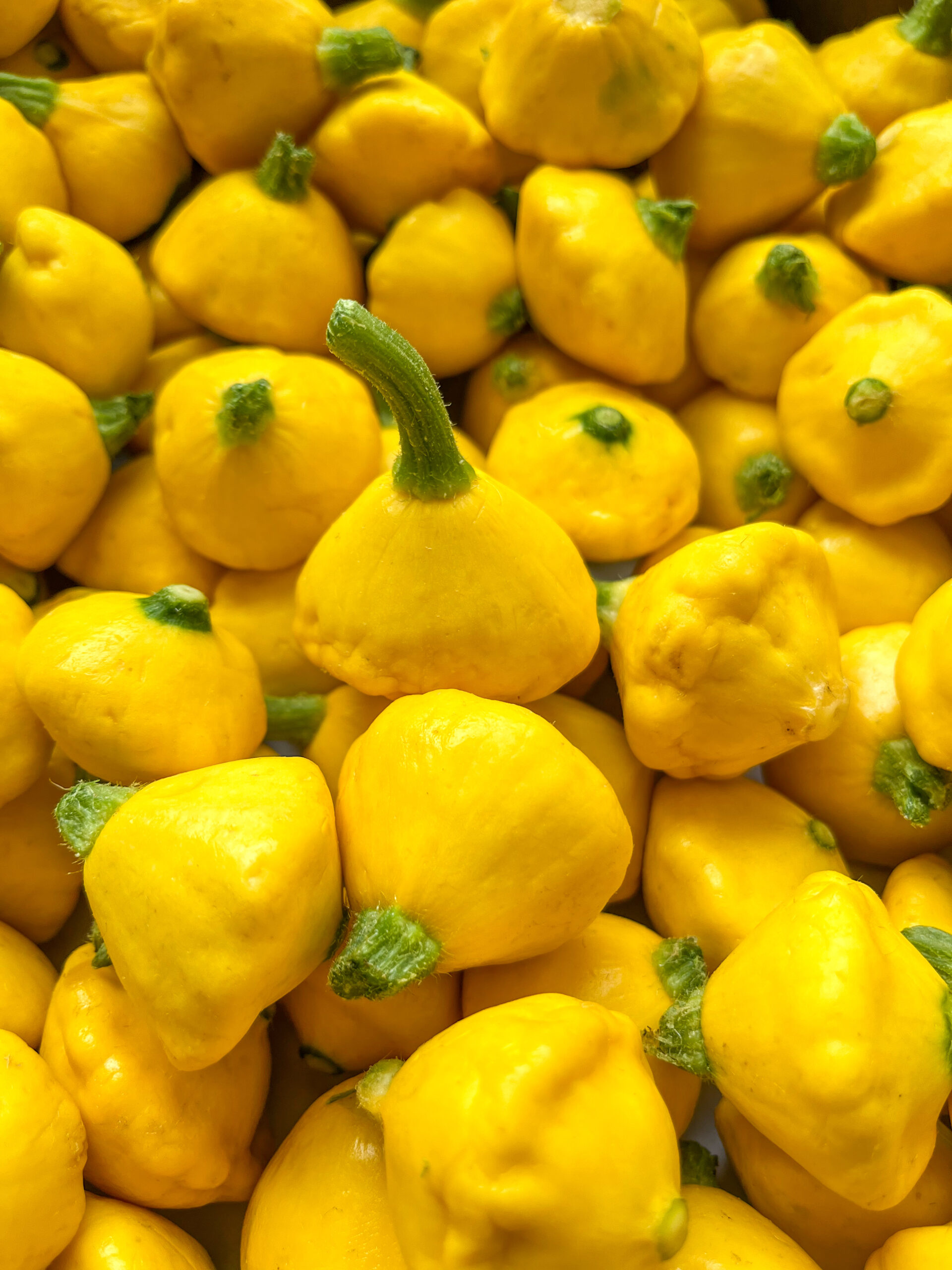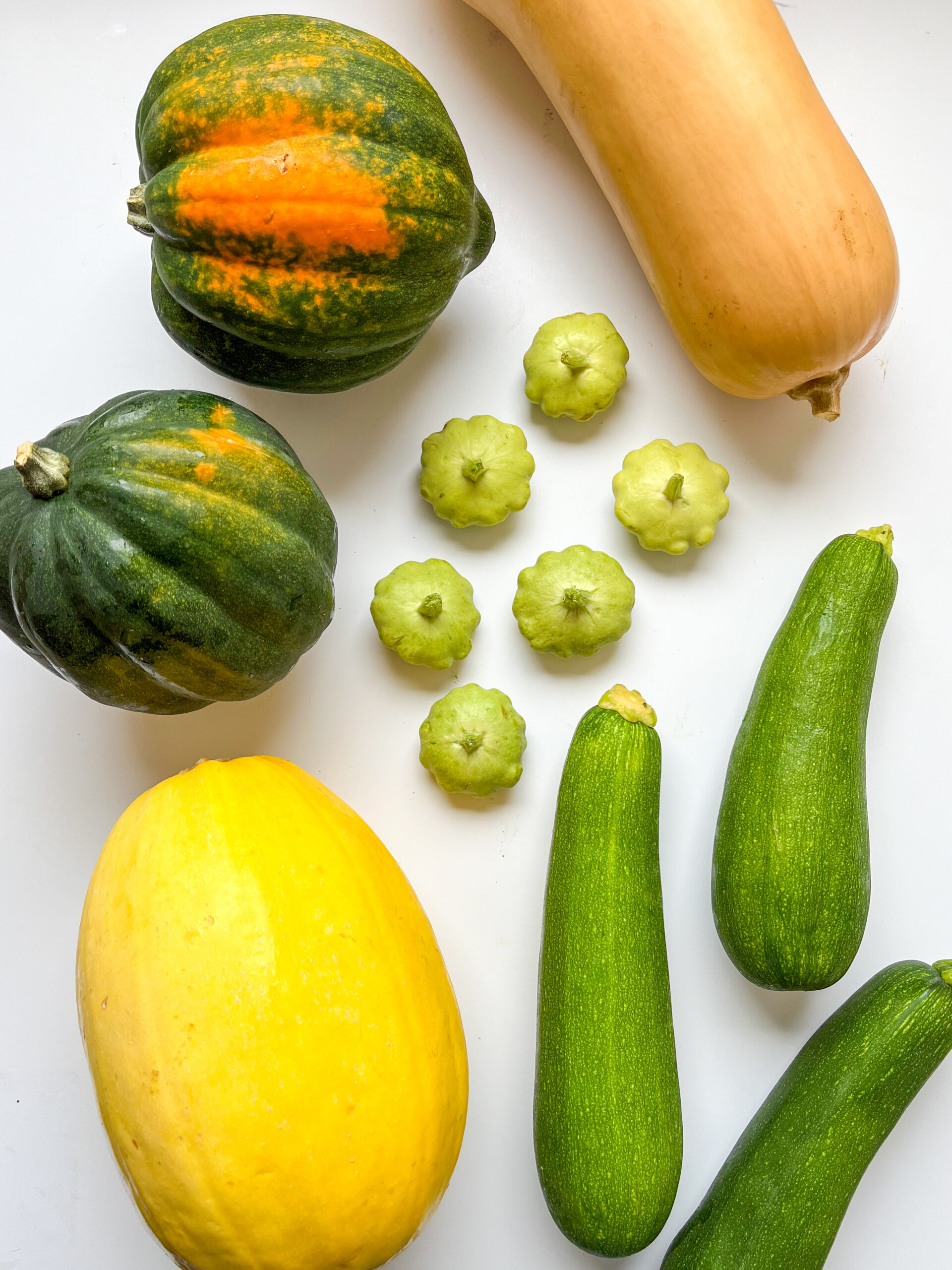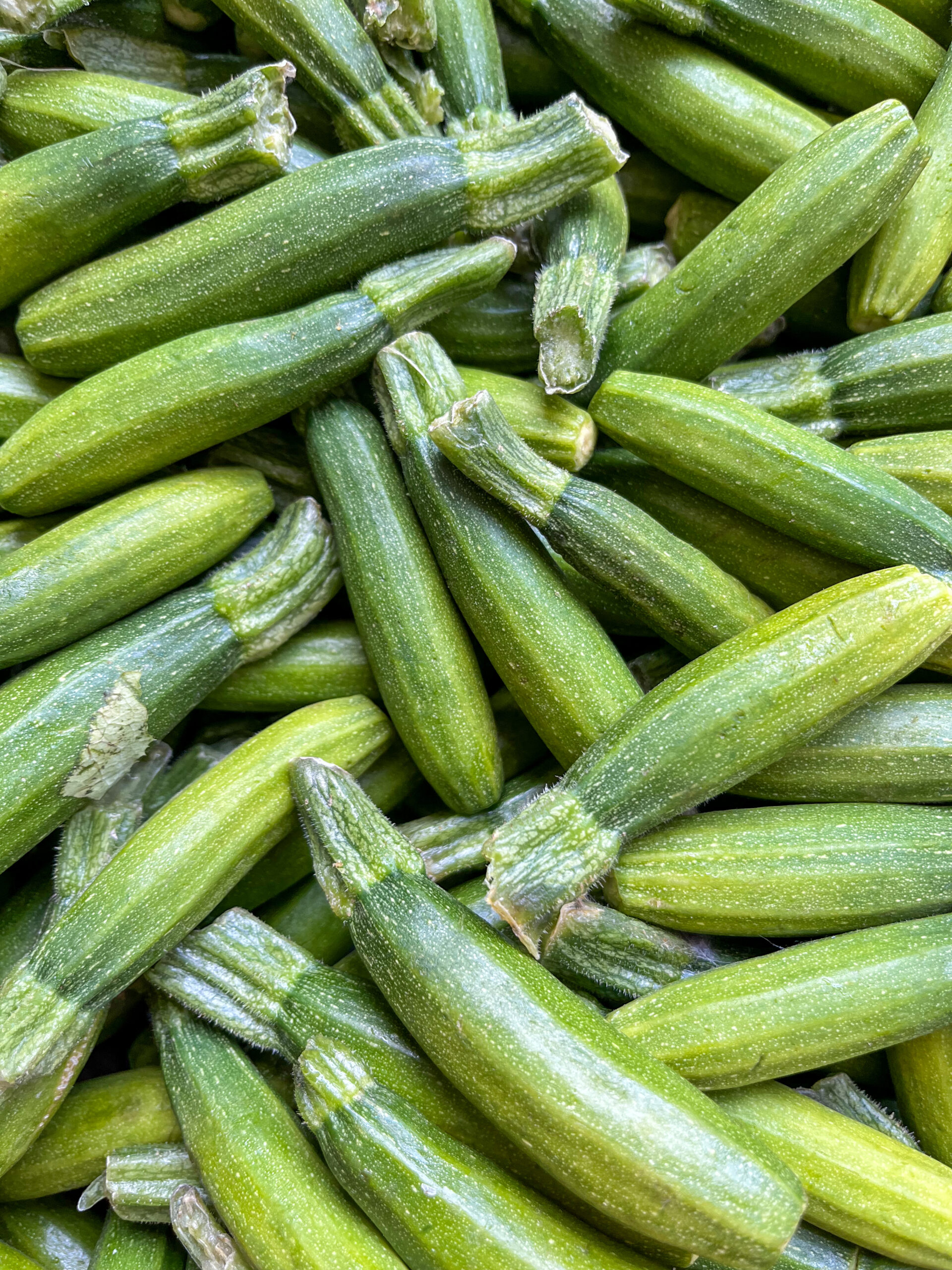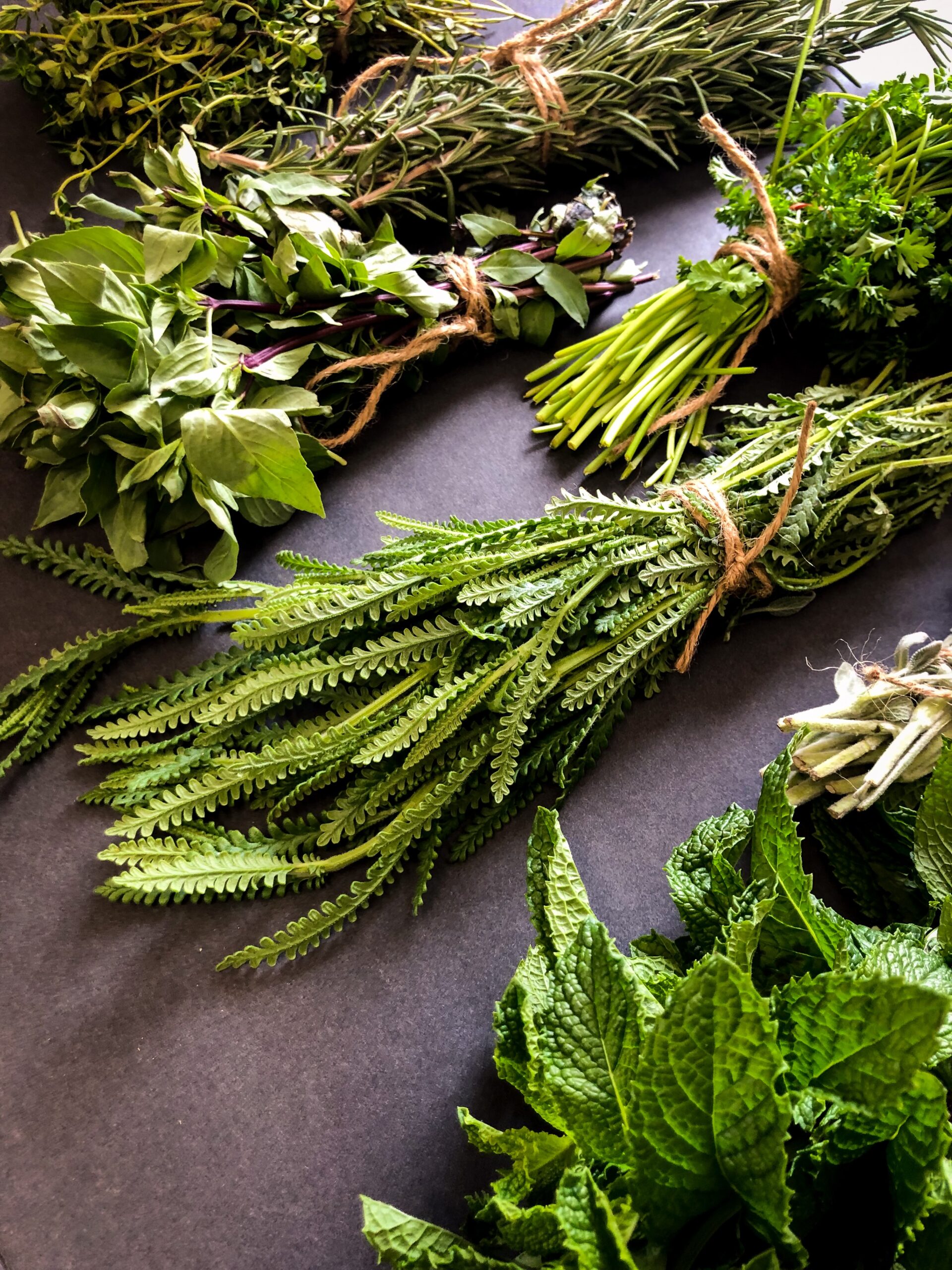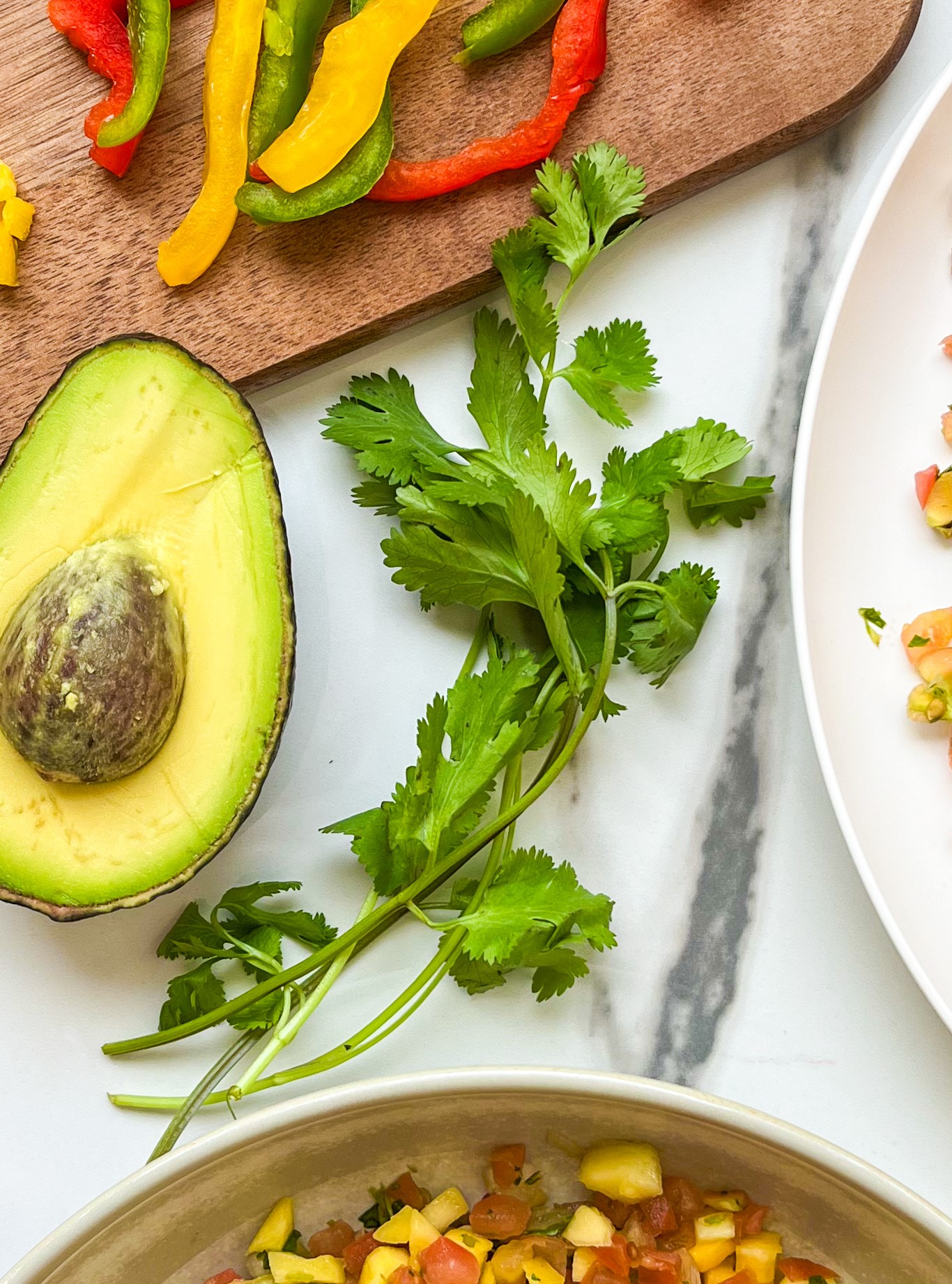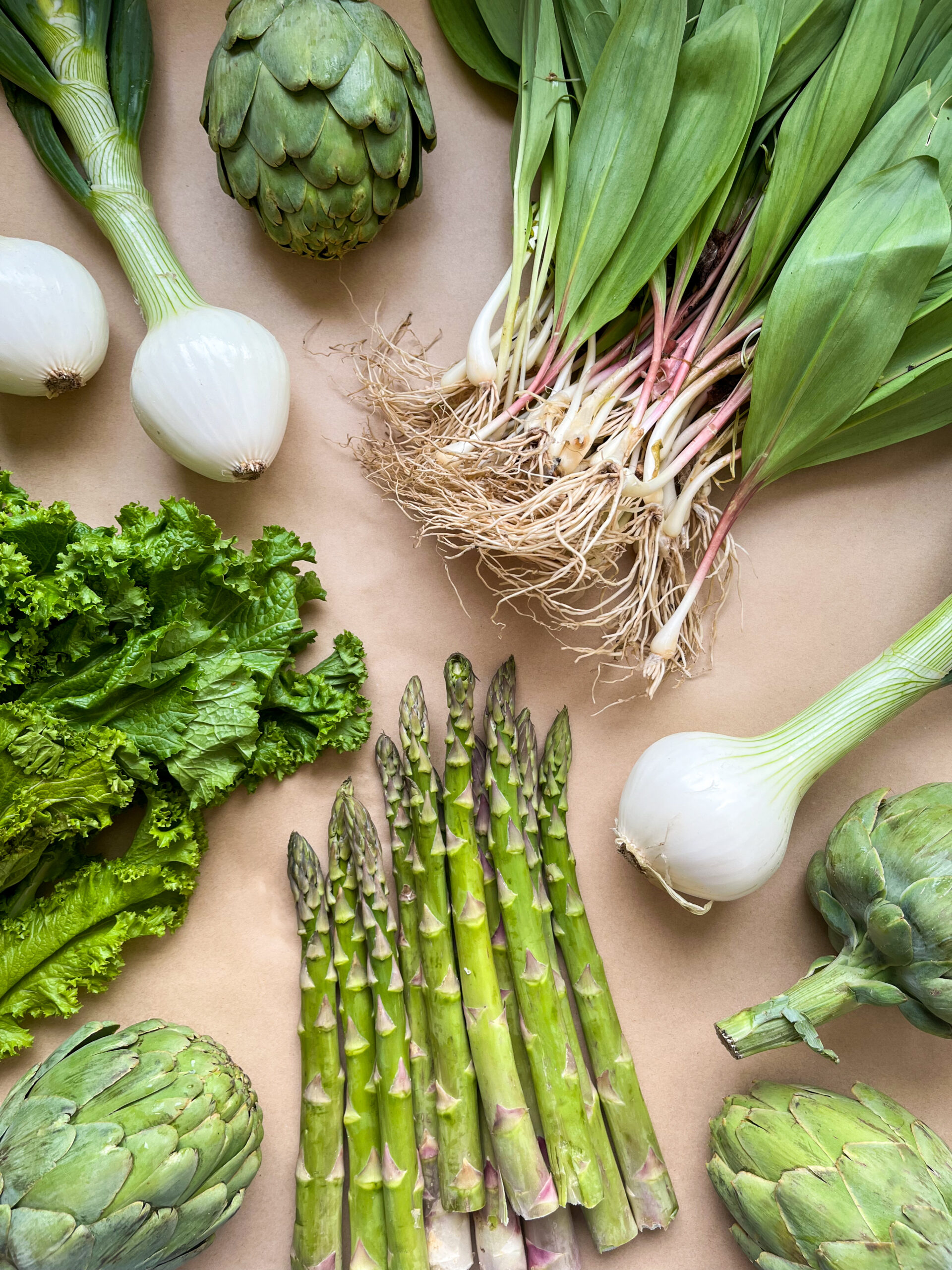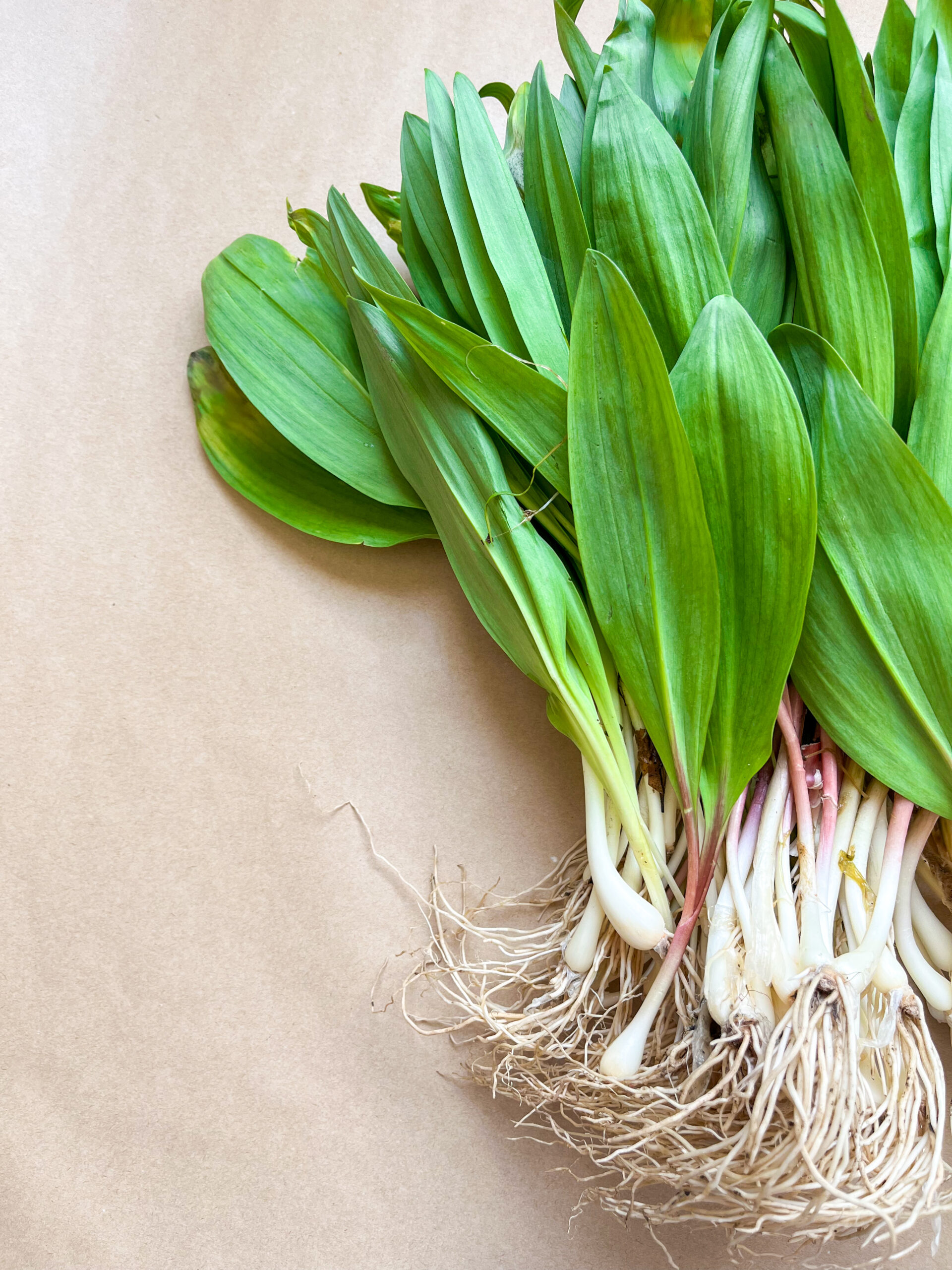Fresh-Cut Produce: Taste the Difference with Keany Kuts


Knife skills are great—but sometimes, the sharpest move a chef can make is skipping the prep altogether. At Keany Produce, we’re slicing through the chaos of the kitchen with our fresh-cut program, designed to save you time and tears (we’re looking at you, onions). From julienned, diced, and chopped to custom cuts that are a cut above, our precut fruit and precut vegetables brings precision and consistency to every plate—no peeling, no crying, just pure culinary efficiency. Ready to turnip the volume on flavor and streamline your mise en place? Lettuce show you how fresh-cut is the secret ingredient behind every smooth service.
Fresh-Cut History – Keany Kuts Legacy
In 1989 the Keany brothers begin a precut facility to fulfill customer demands and stay on the cutting edge (pun intended) of a progressive marketplace. The first few products included snipped green beans and peeled carrots. Every day since, the Keany Precut team has worked to expertly wash, peel, slice, dice, and process fresh fruits and vegetables into ready-to-use portions. Within the last two years, our Precut day shift has grown from 30 employees to over 60, and production has increased to 300,000 pounds of fresh-cut produce weekly.
Coming Soon!
Exciting changes are coming: A brand new 18,000 sq. ft. precut facility at our Richmond warehouse – that’s triple the size of our current facility! Not only does this bring you more available fresh-cut product, but new equipment and faster production.
With this exciting expansion comes cutting-edge equipment: a brand-new snack pack sealer featuring a volume-fill vertical packet system, where products drop directly into bags and are sealed for peak freshness. This upgrade allows us to expand our Snack Pack line—making it easier than ever to enjoy perfectly portioned, on-the-go snacks delivered faster than before. We’re also introducing new packaging with convenient small cups, ideal for portion control and quick grabs. And to top it off, a brand-new tray sealer is joining the lineup, boosting efficiency and locking in freshness with every pack.
Explore Our Array of Fresh-Cut Produce
We offer a wide variety of cuts: machine capacity, hand cut capacity, unique machines (noodle, mandolin, bias, balls), and more!
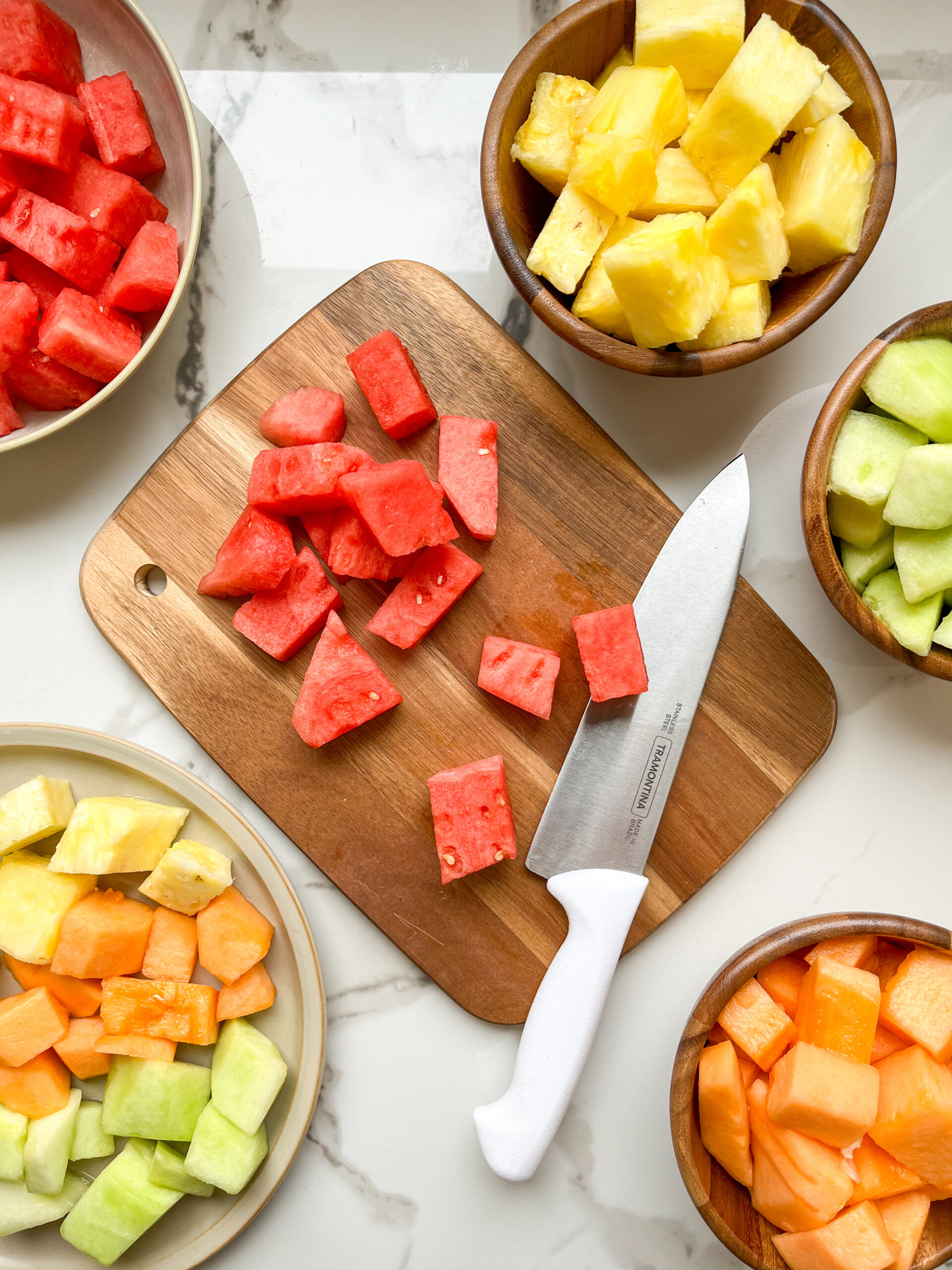
Our fresh-cut fruits offer a burst of flavor with vibrant, juicy goodness! From perfectly sliced pineapples and crisp apple wedges to tropical mango chunks and zesty lemon wheels, Keany brings the freshest, hand-cut fruit straight to your plate. Ideal for upscale plating, smoothie stations, brunch buffets, or signature desserts, Keany’s precut fruit selection delivers peak ripeness and eye-catching color every time. Let us handle the prep so you can focus on creativity—because great dishes start with great ingredients.
Keany Kut’s fresh-cut vegetables are a game-changer for chefs who value efficiency without sacrificing excellence. From julienned carrots and diced peppers to sliced zucchini and shaved Brussels sprouts, our precision-cut veggies are kitchen-ready and consistently top-tier. Designed to streamline prep and maximize flavor, they’re perfect for sauté stations, salad bars, stir-fries, and gourmet garnishes. With Keany precut vegetables, you get vibrant color, crisp texture, and the ultimate time-saver—freeing you up to focus on bold flavors, beautiful plating, and culinary innovation.
- Anise Fennel
- Asparagus
- French Beans
- Green Beans
- Beets
- Bok Choy
- Broccoli
- Brussels Sprouts
- Cabbage
- Carrots
- Cauliflower
- Celery
- Greens (Collard Greens, Kale, Mustard Greens, Turnip Greens)
- Corn
- Cucumber
- Daikon
- Eggplant
- Horseradish
- Jicama
- Leeks
- Lotus Root
- Onions
- Green Onion
- Parsley
- Parsnip
- Peppers (Bell Peppers, Jalapeno, Poblano)
- Potatoes (Sweet Potatoes, Idaho, Fingerlings, Reds, Yukon)
- Pumpkin
- Radicchio
- Radish
- Rutabaga
- Snow Peas
- Squash (Acorn, Butternut, Calabaza, Chayote, Kabocha, Spaghetti, Yellow, Zucchini)
- Snap Peas
- Swiss Chard
- Taro Root
- Turnips
- Yucca Root
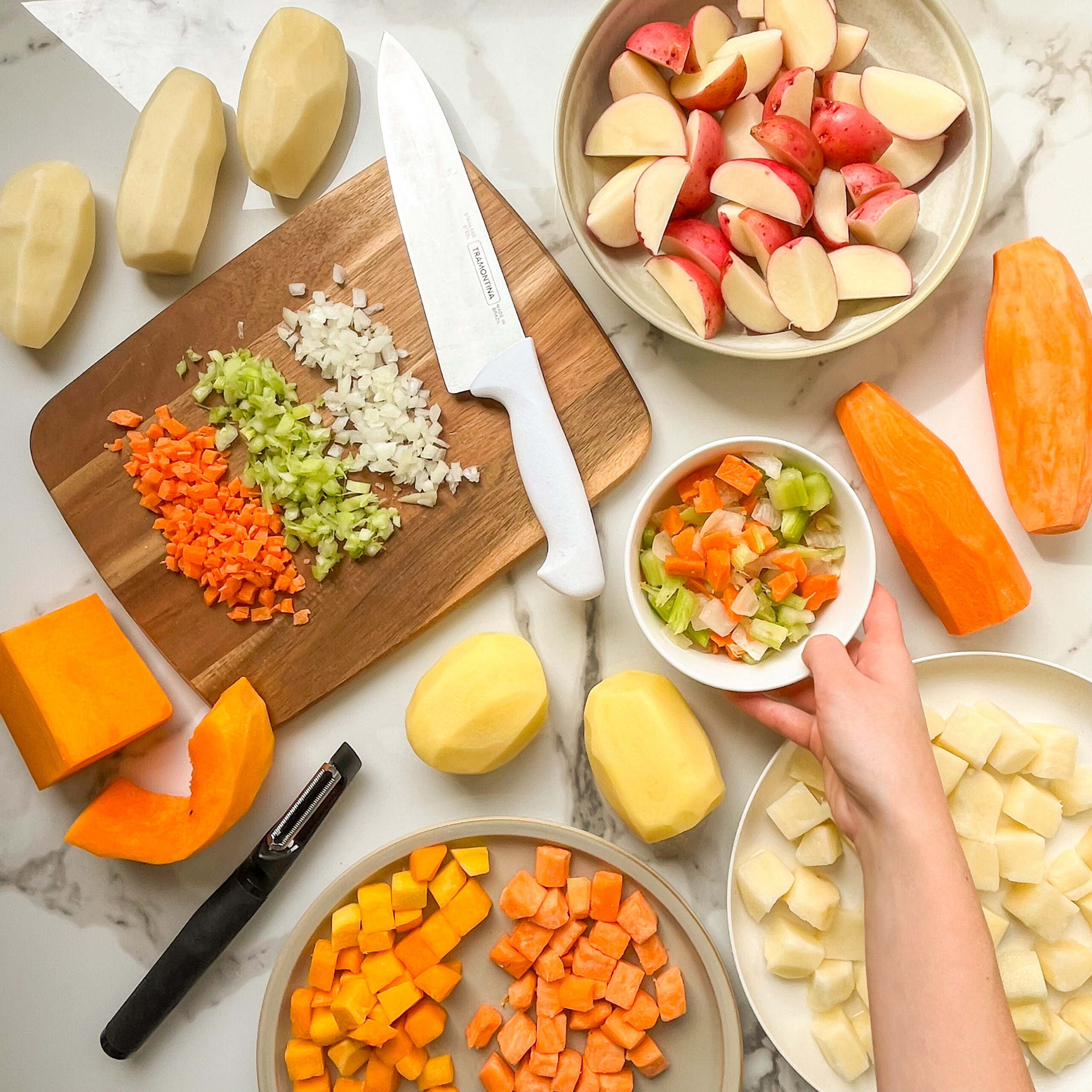
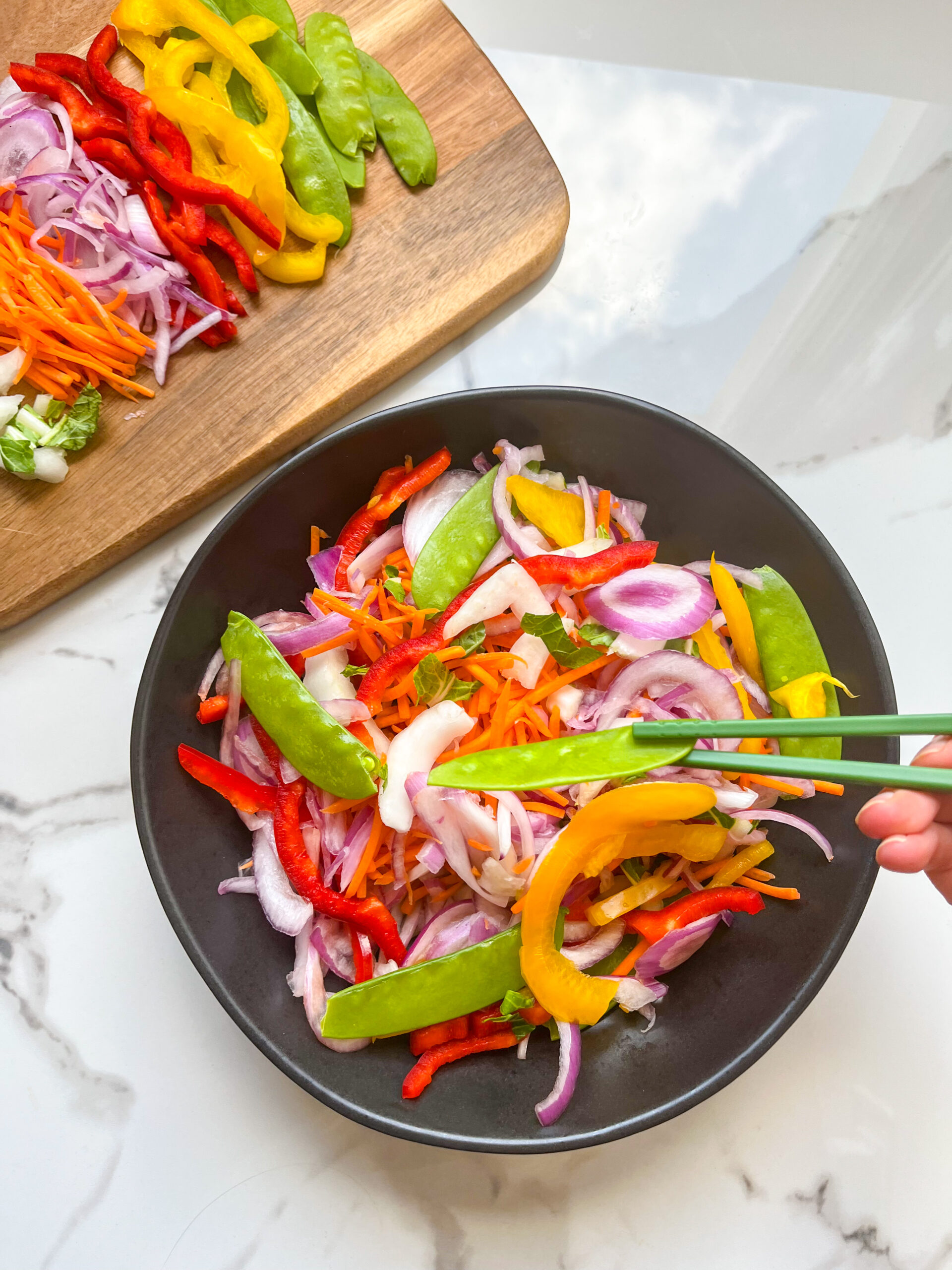

Keany’s fresh-cut blends, medleys, and mixes are crafted with chefs in mind—ready to inspire creativity while keeping your kitchen running smoothly. Whether you need a colorful stir-fry mix, a vibrant fajita blend, or a veggie medley, our expertly prepared combinations deliver bold flavor, consistent quality, and serious time savings. Keany Kuts processes kitchen staples like classic mirepoix (a blend of onions, carrots, and celery) and the bold trinity mix (onions, bell peppers, and celery)—expertly prepped and ready to go. Each mix is thoughtfully curated for balanced texture, eye-catching color, and peak freshness, making them perfect for high-volume prep, seasonal menus, or signature dishes. With Keany, your mise en place just got a whole lot easier—and a lot more exciting.
Executive Chef Troy Clayton
From day one, Troy Clayton was built to hustle. As a self-described “military brat,” he zigzagged across the globe—Florida, California, Italy, the UK, and everywhere in between—picking up not just life lessons, but the grit, adaptability, and drive that would become the backbone of his culinary career. Today, that same ambition has landed him at Keany Produce as Executive Chef and the force behind our cutting-edge precut department, Keany Kuts.
Troy’s journey to Keany is anything but ordinary. By 17, he had already set off on his own path, working his way up from dishwasher to line cook in San Ramon, California, all while finishing high school. His talent and determination quickly caught the eye of mentors like Chef Mark Stanley, and from there, things moved fast. From California to Italy, Troy sharpened his skills in European kitchens—earning a spot in a prestigious Paris culinary program (despite not speaking a word of French!) and eventually cooking for the culinary elite in the UK, including legends like Marco Pierre White and Gordon Ramsay.
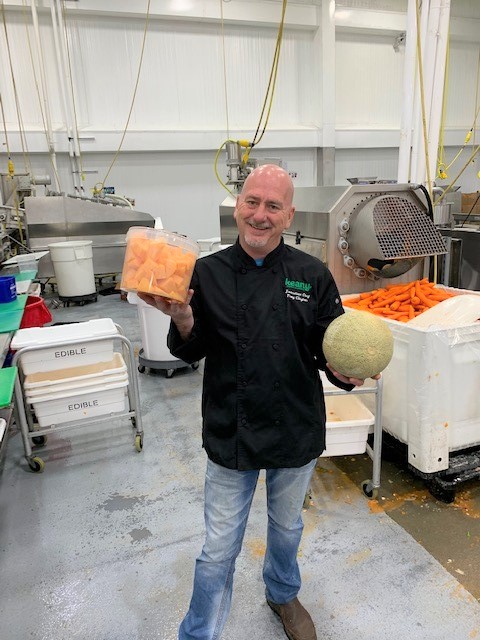

His resume reads like a chef’s bucket list: running renowned restaurants across Europe, working under the legendary Jean Louis Palladin, and earning accolades at the Hyatt Regency Reston with his own kitchen. In the mid-90s, he helped launch a revolutionary home-meal replacement concept, Steak Around, before returning to his passion—owning and operating the beloved Geranio Restaurant in Old Town Alexandria for two decades.
But Troy isn’t just a chef—he’s a visionary. With Restaurant Consultants, Inc., he’s helped bring countless concepts to life, guiding restaurant teams from idea to execution with a unique mix of creativity and know-how. From developing The Landing restaurants to helping solve complex operational challenges, Troy’s impact on the foodservice industry runs deep.
Now, at Keany Produce, Troy leads Keany Kuts—a nearly 24/7, chef-powered operation producing the region’s most expansive line of fresh-cut fruits and vegetables. With over 100 skilled artisans on his team (some with decades of experience), Troy is elevating the way foodservice operators approach prep. “If you can do it in your kitchen, I can do it in my kitchen with the stress, worry, and waste off of you. Just order by 6 PM and my kitchen cuts it, and delivers it at your backdoor the next morning.”
Troy’s respect for his team is clear. “I need to be a coach” he says, “there’s no way in my lifetime that I will be as skilled at peeling a melon as my team with 20-30 years of experience at Keany. They’re phenomenally skilled at what they do.”
As someone who’s been a Keany customer for 30 years, Troy knows firsthand the value of quality and consistency. Now he’s helping shape the future of it. With labor costs rising and kitchen staffing becoming more unpredictable, Keany Kuts is the solution operators can count on. By utilizing Keany’s precut, operators can save on labor and still achieve the same quality, if not better. “Workers aren’t always guaranteed to turn up on time every day, but Keany will always be here,” says Chef. Troy envisions expansion—a second facility in Richmond—and a future where creativity meets convenience like never before.
The kitchen may be hectic, but with Chef Troy Clayton at the helm, Keany Kuts is just getting started.

Commitment to Food Safety and Quality

At Keany Produce, food safety and quality aren’t just priorities—they’re part of our DNA! Our fresh-cut produce is backed by a rock-solid Food Safety and Quality Plan that’s packed with smart systems, sharp science, and serious standards. From top-tier leadership commitment to hands-on team involvement, we’ve built a strong food safety culture that keeps things fresh, safe, and ahead of the curve.
Our Quality Assurance pros stay on top of the latest food industry trends and regulations, using tools like HACCP, GMP, environmental monitoring, and microbiological testing to ensure we exceed expectations every time. With a powerhouse team of experienced, trained experts and a data-driven approach to constant improvement, we’re always leveling up to deliver the freshest, safest produce—faster and better than ever!

